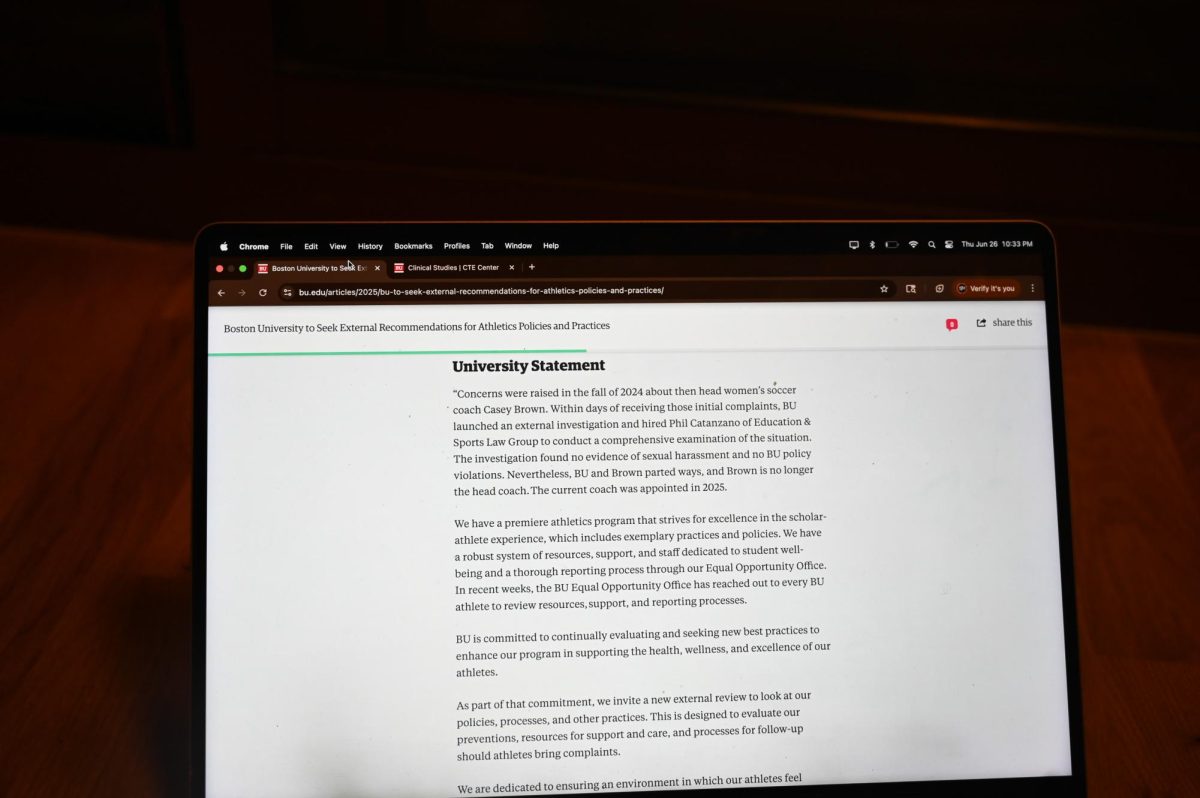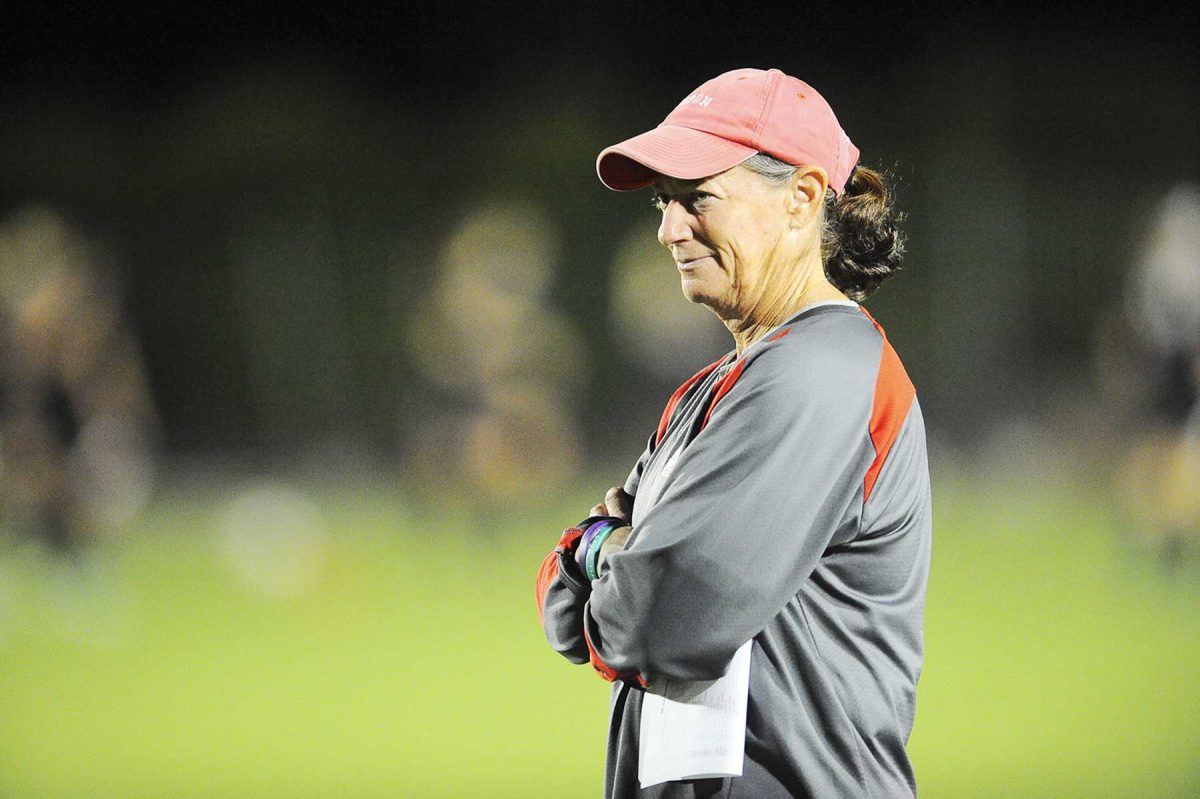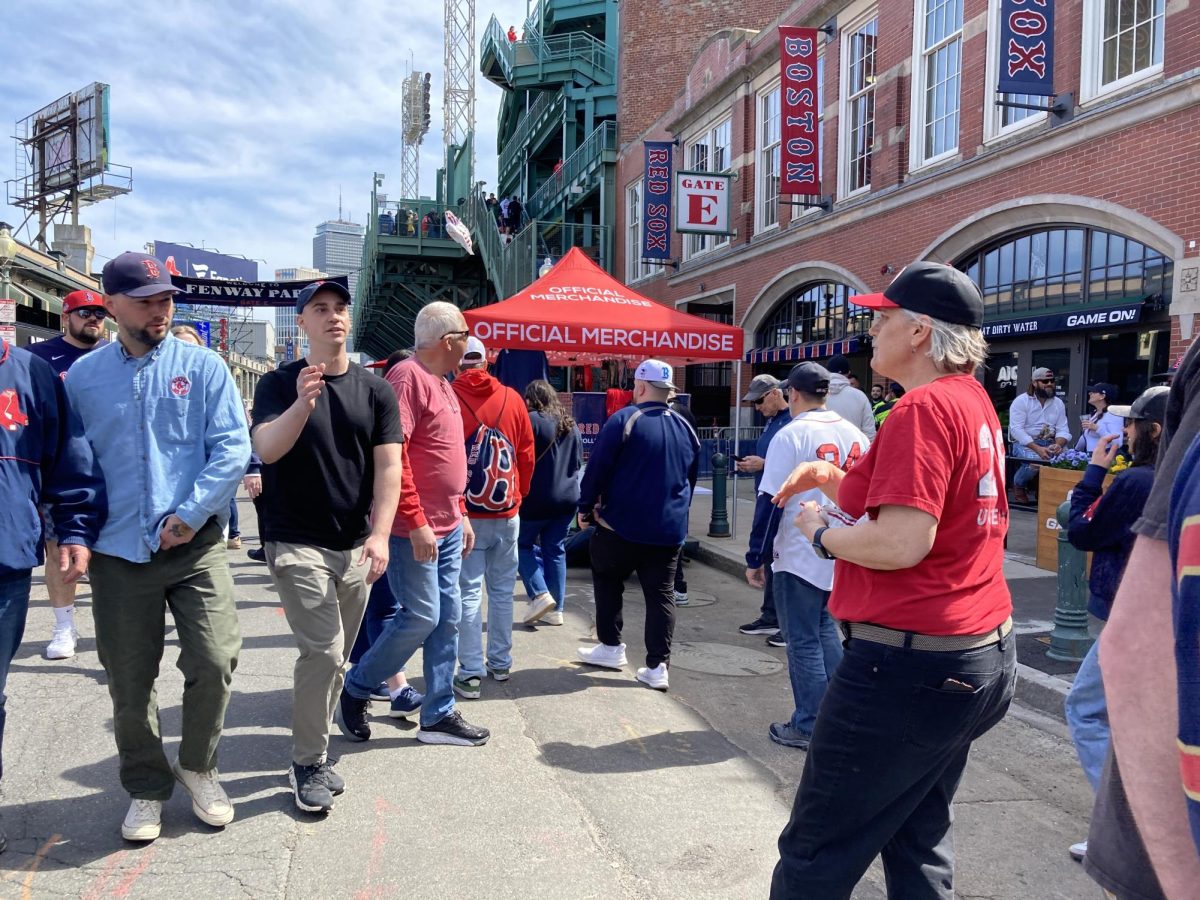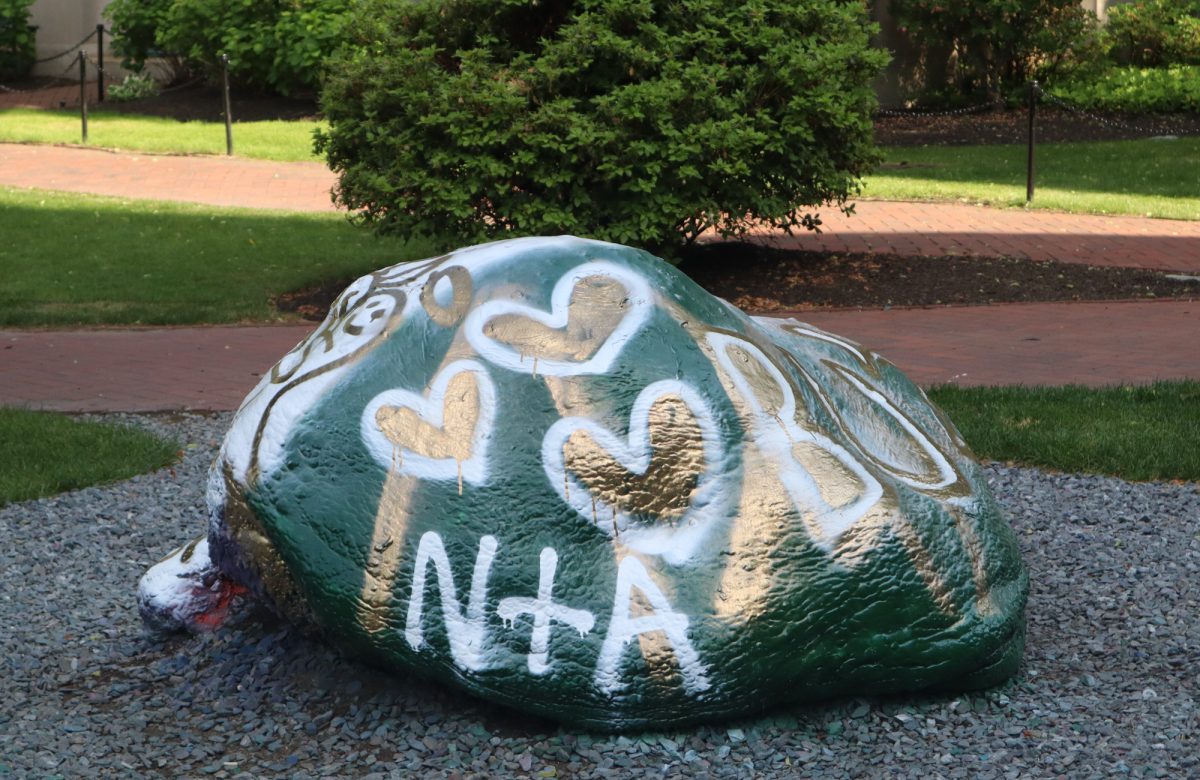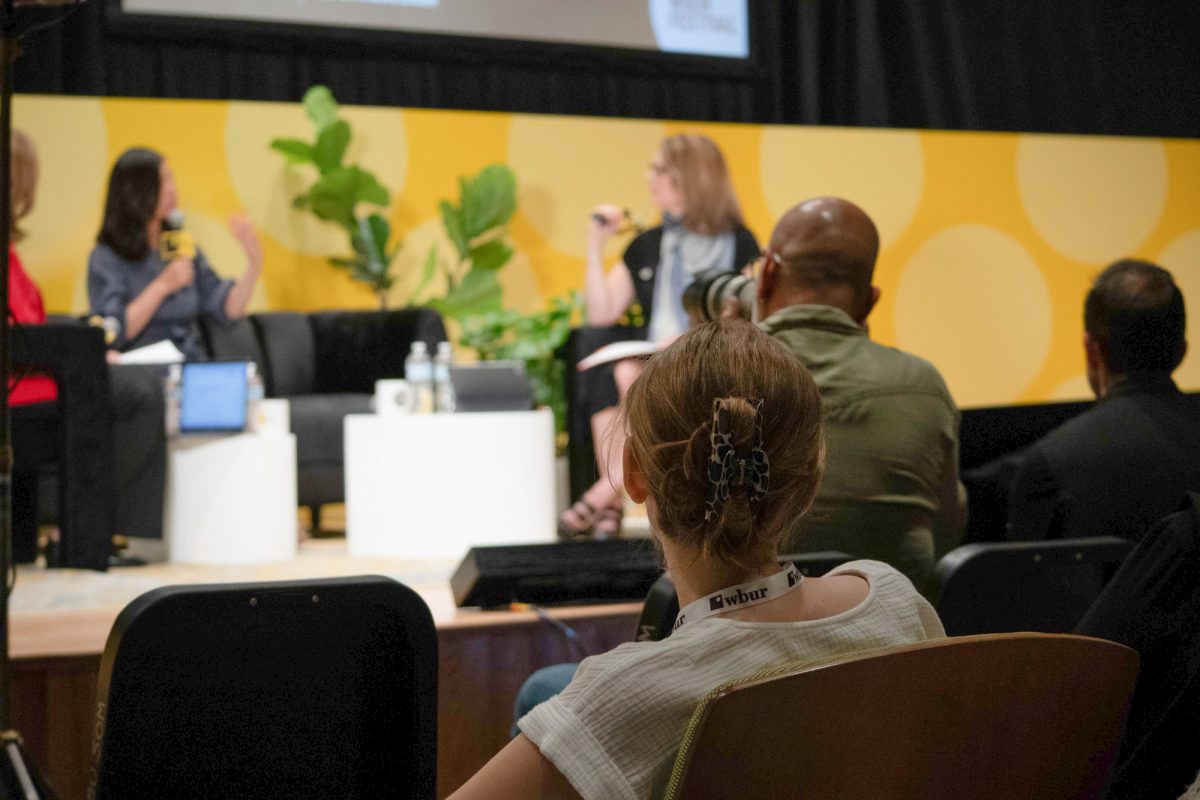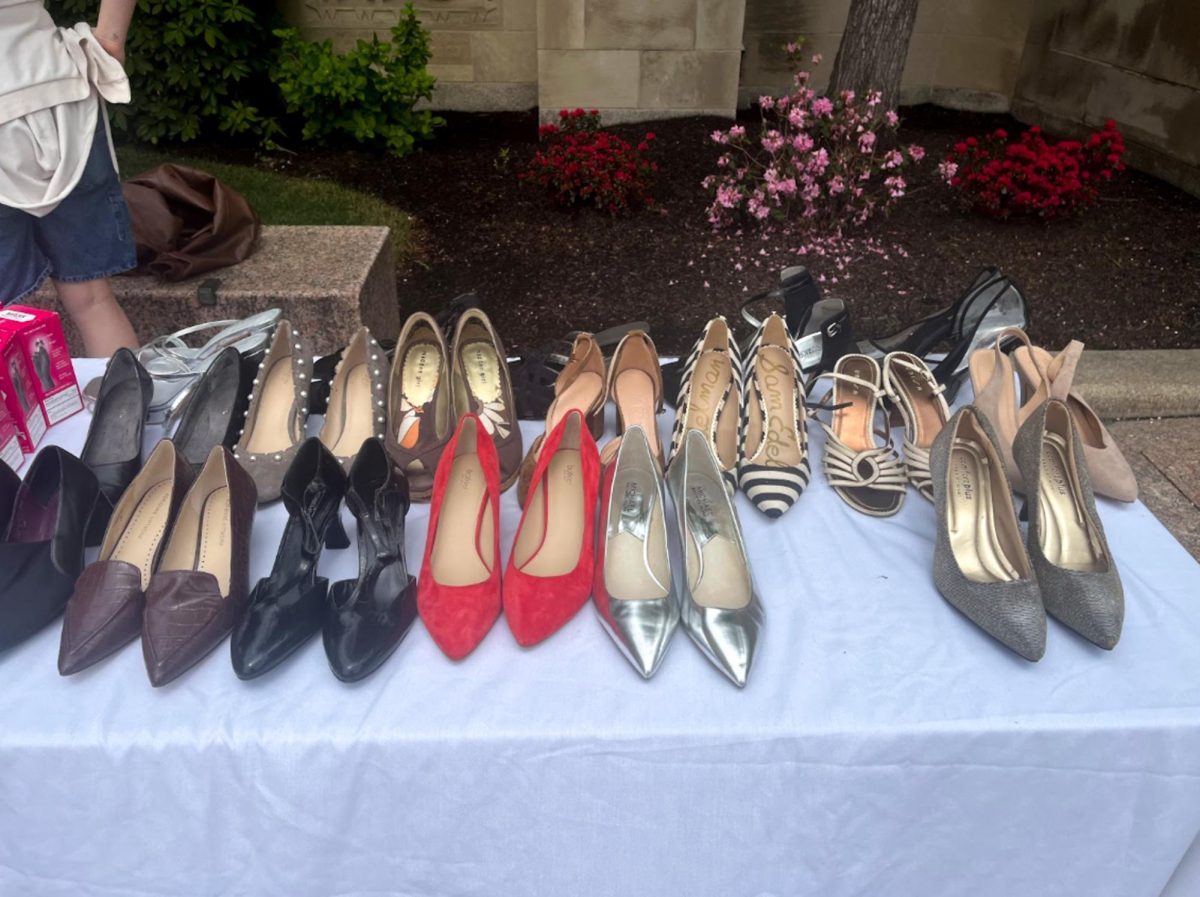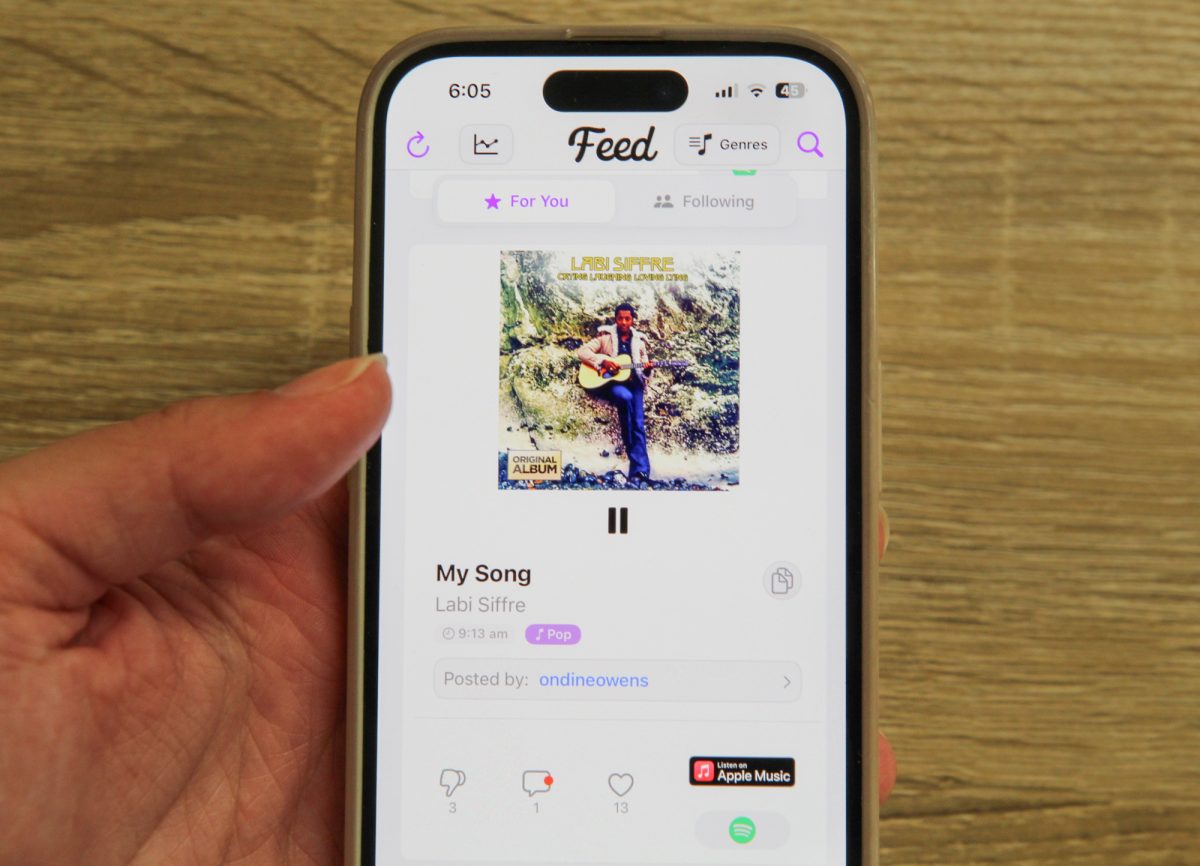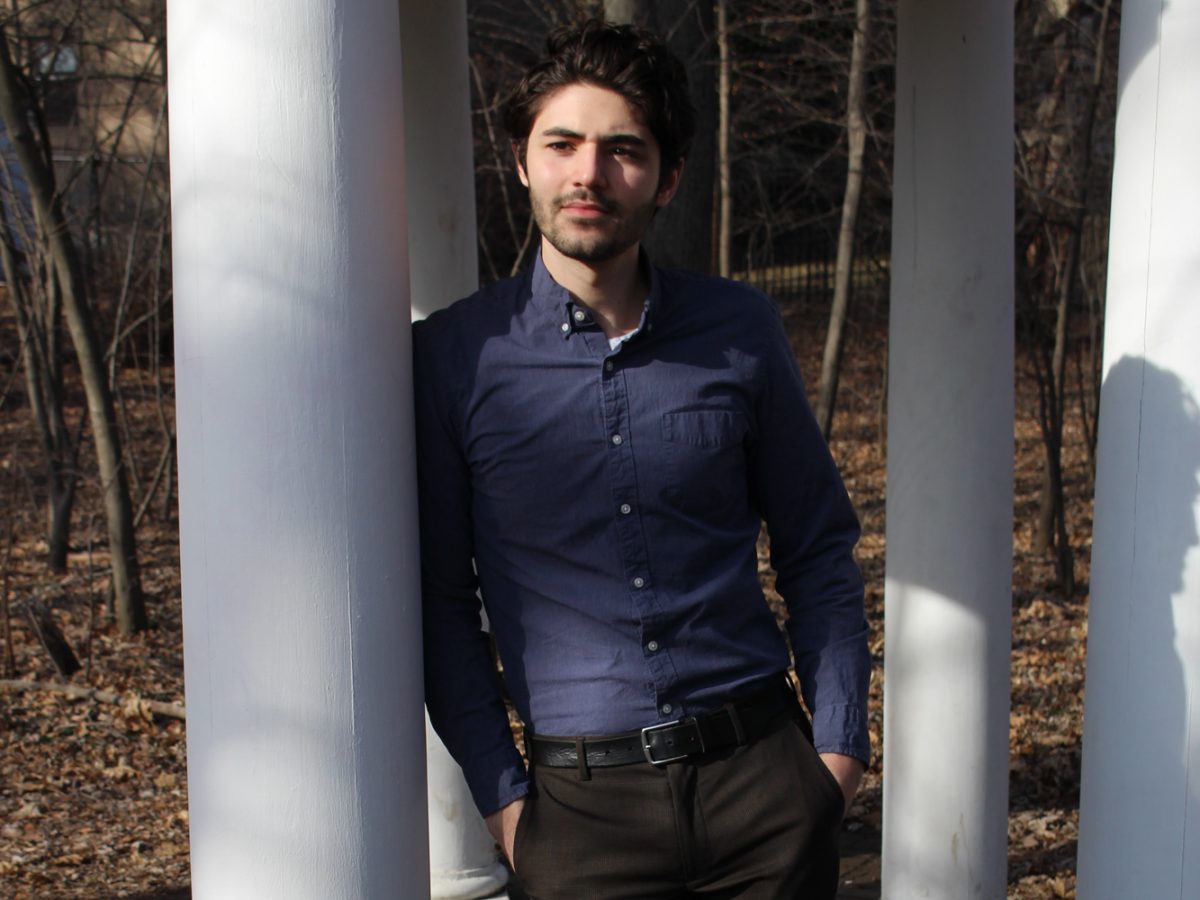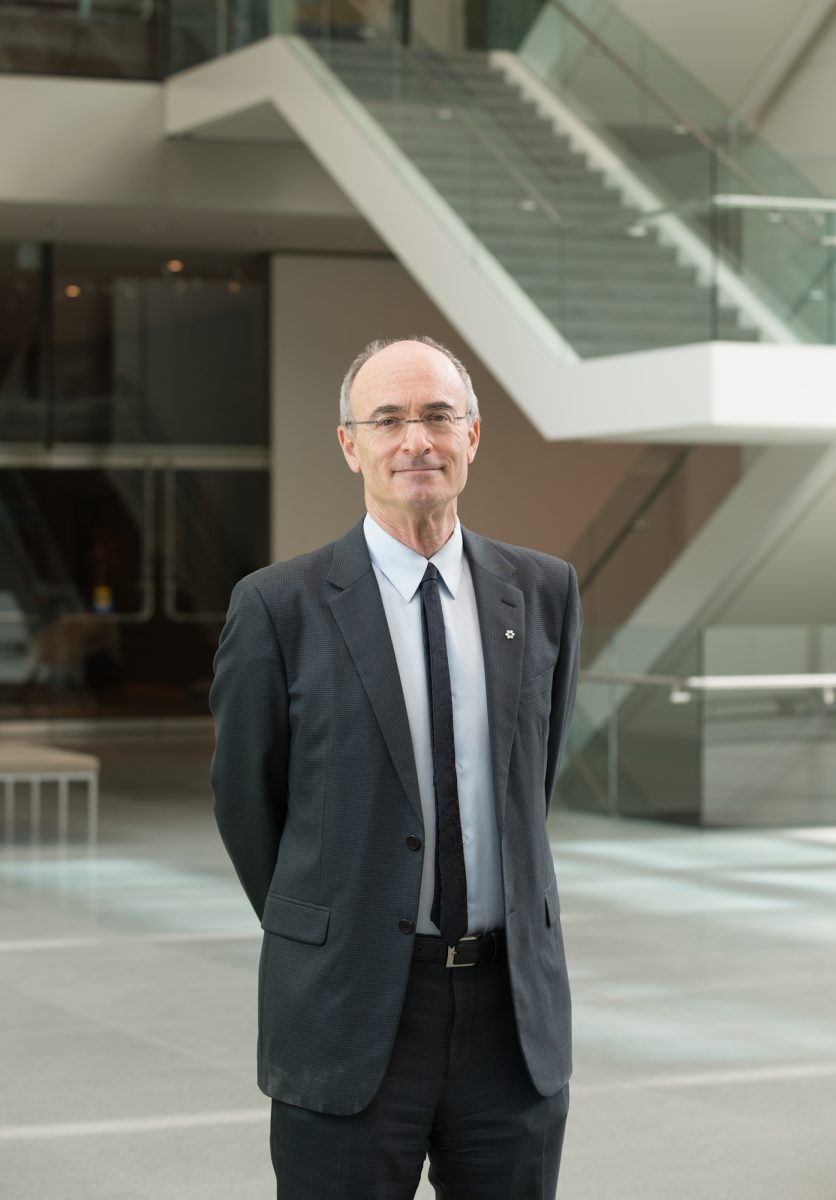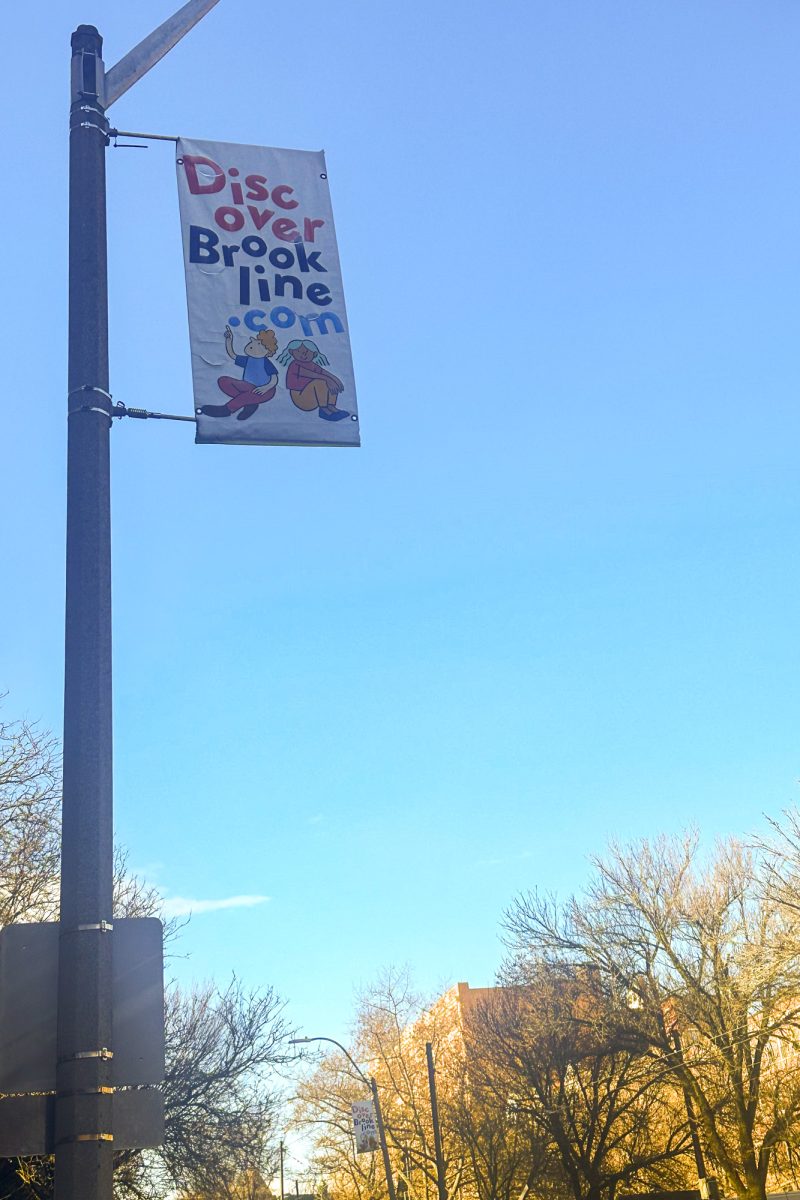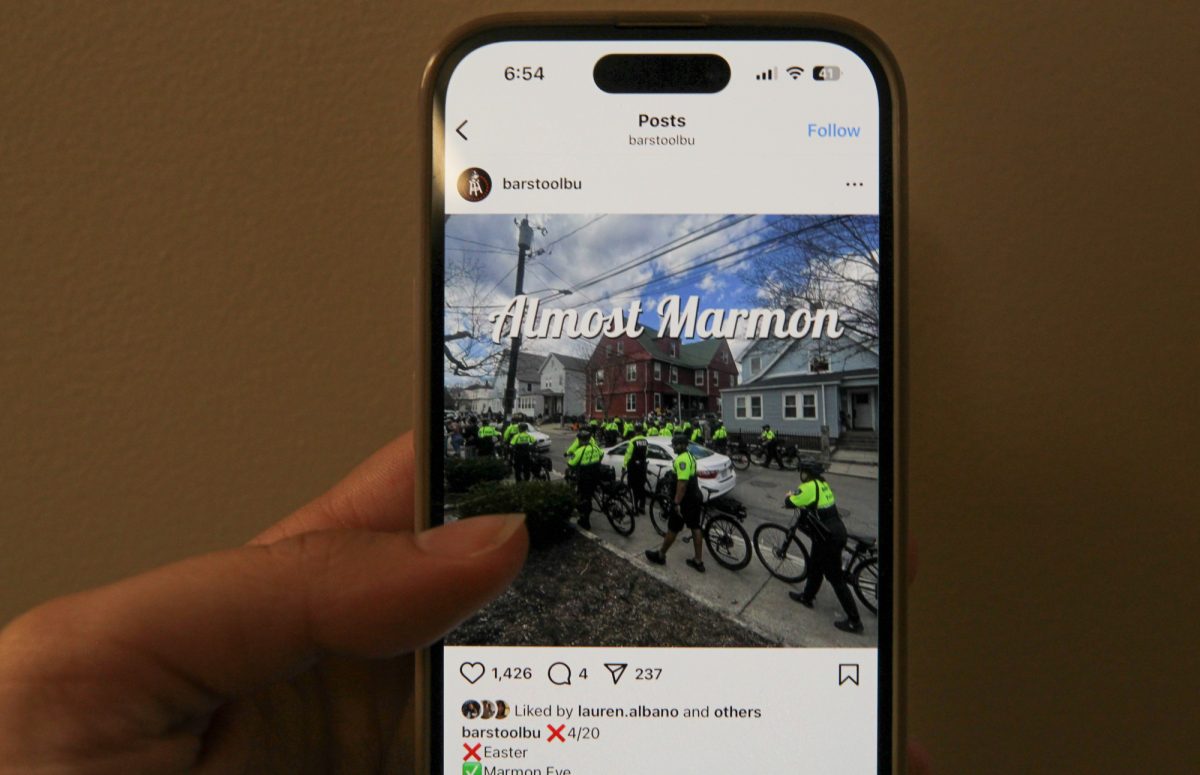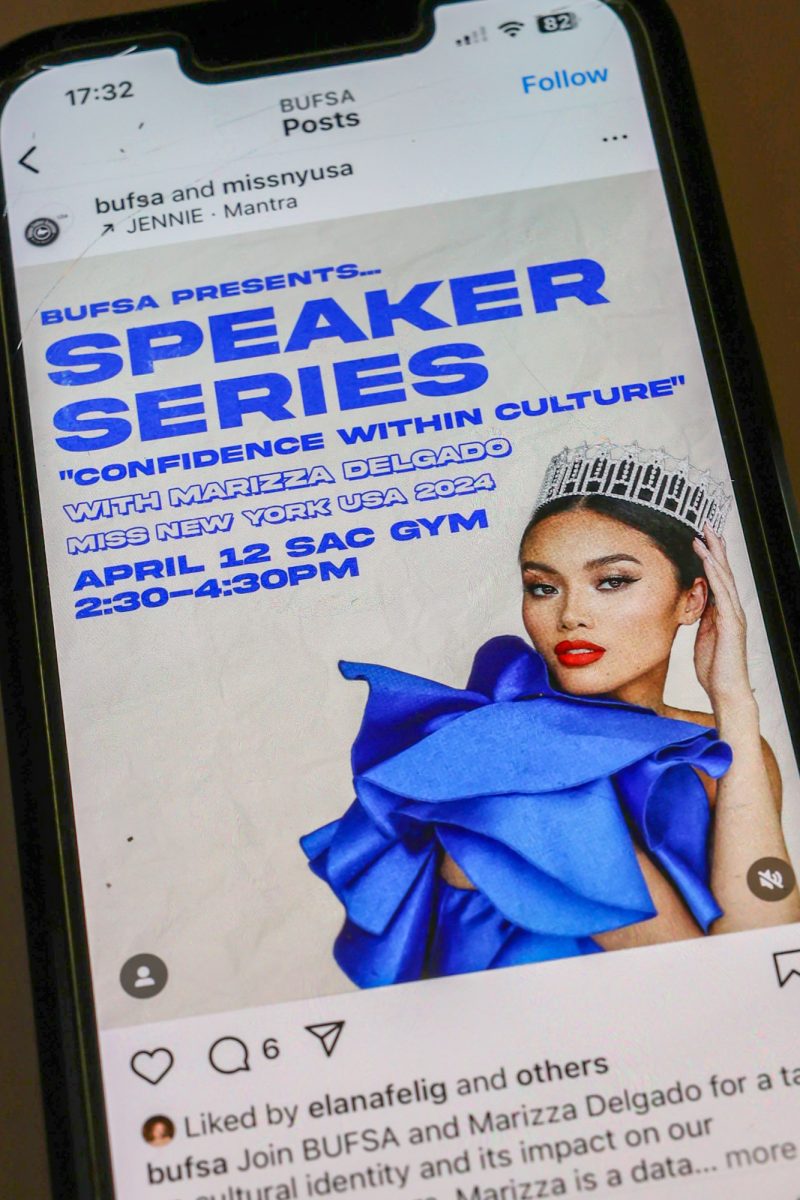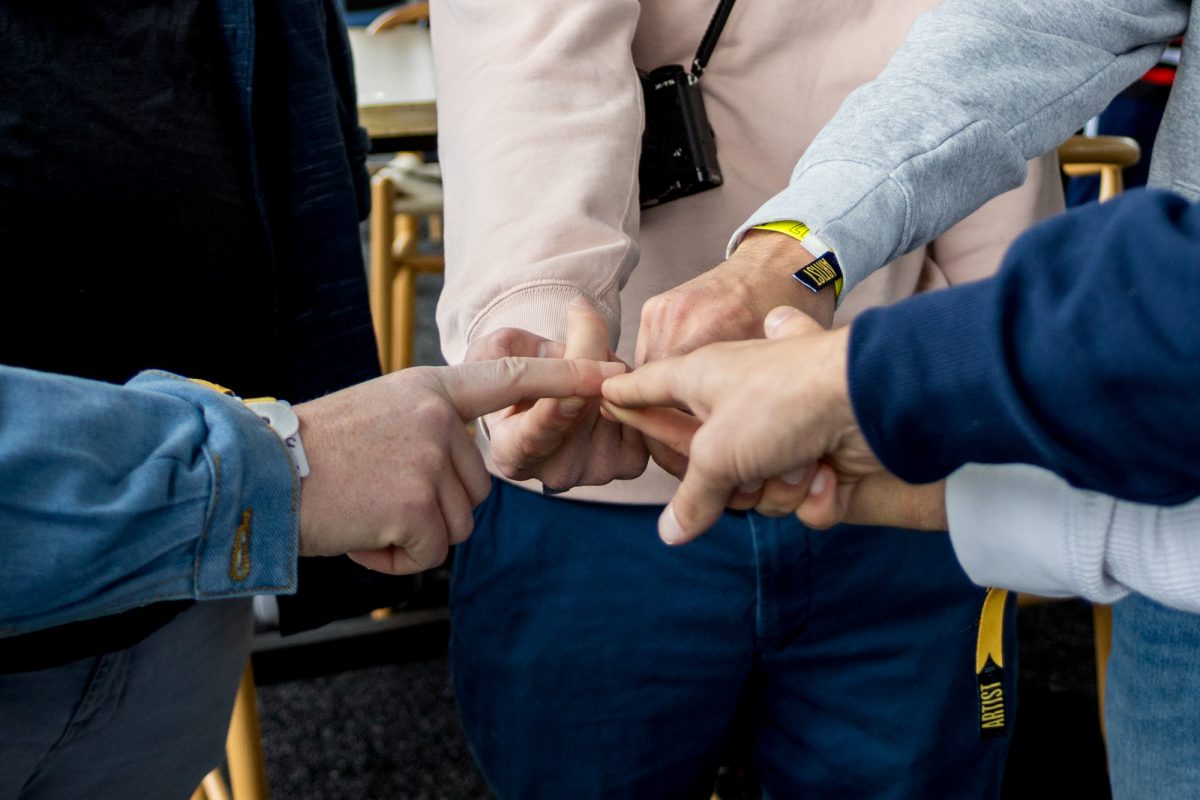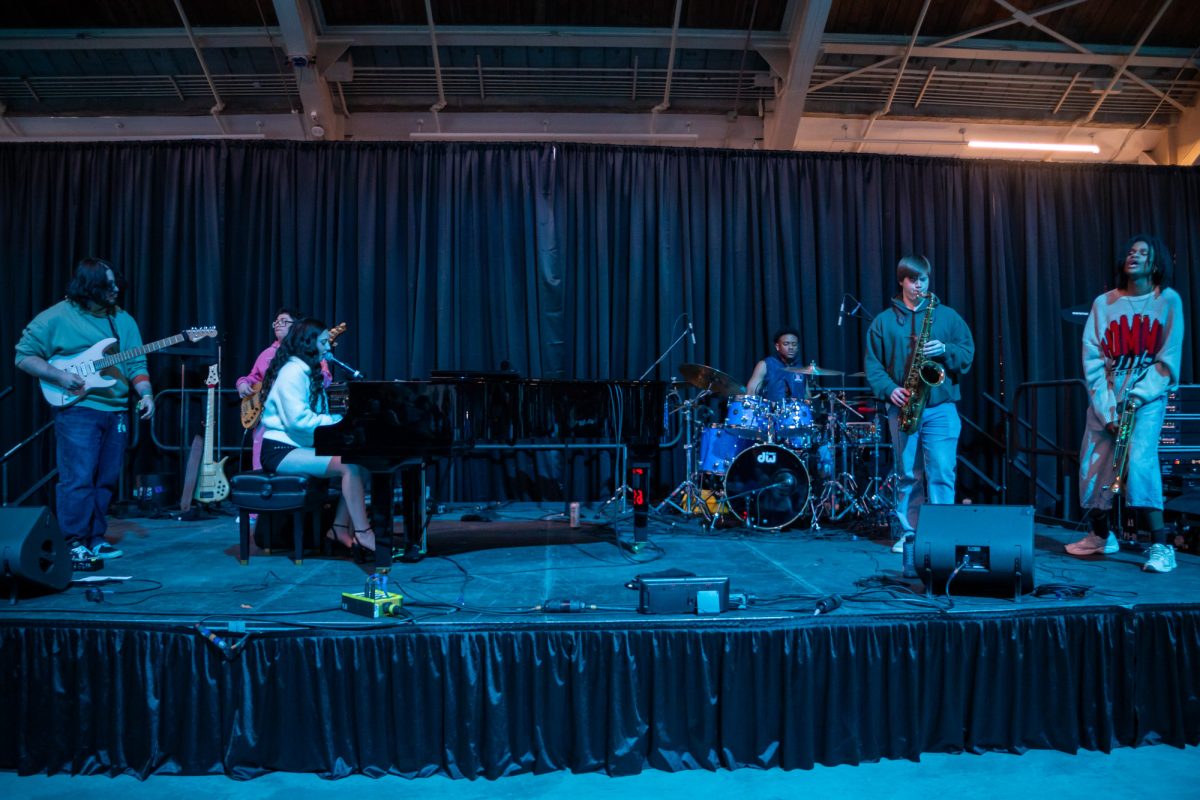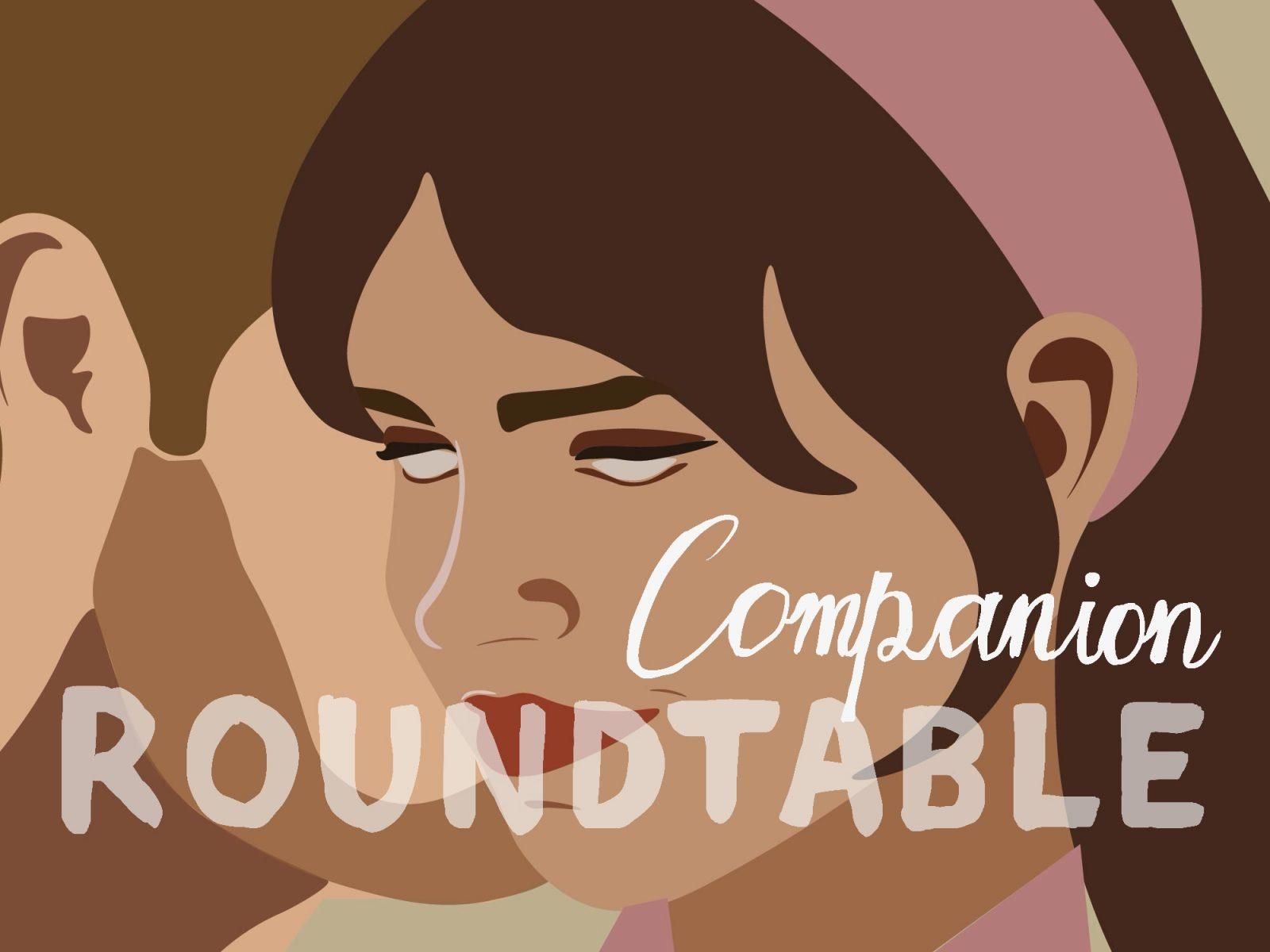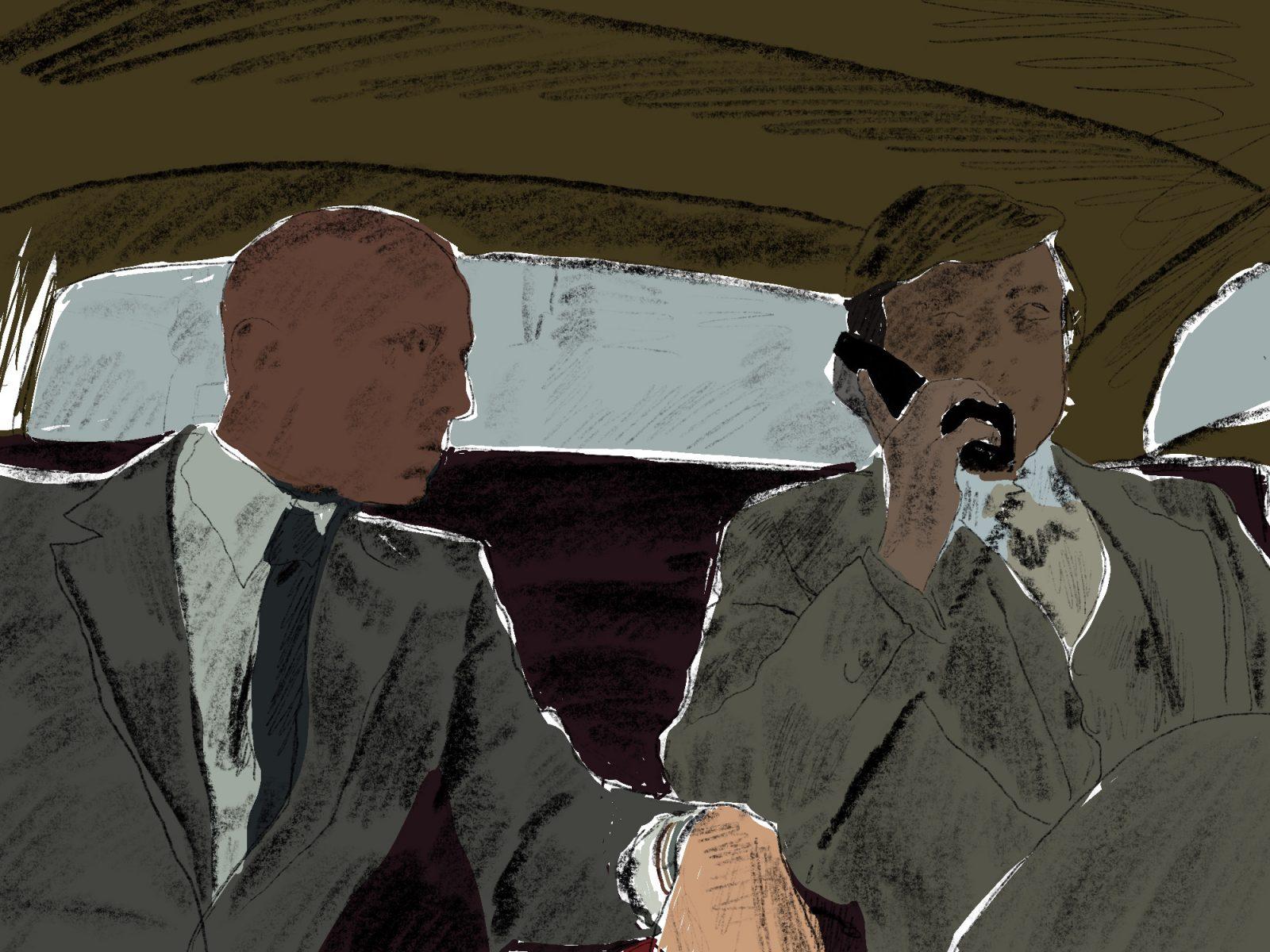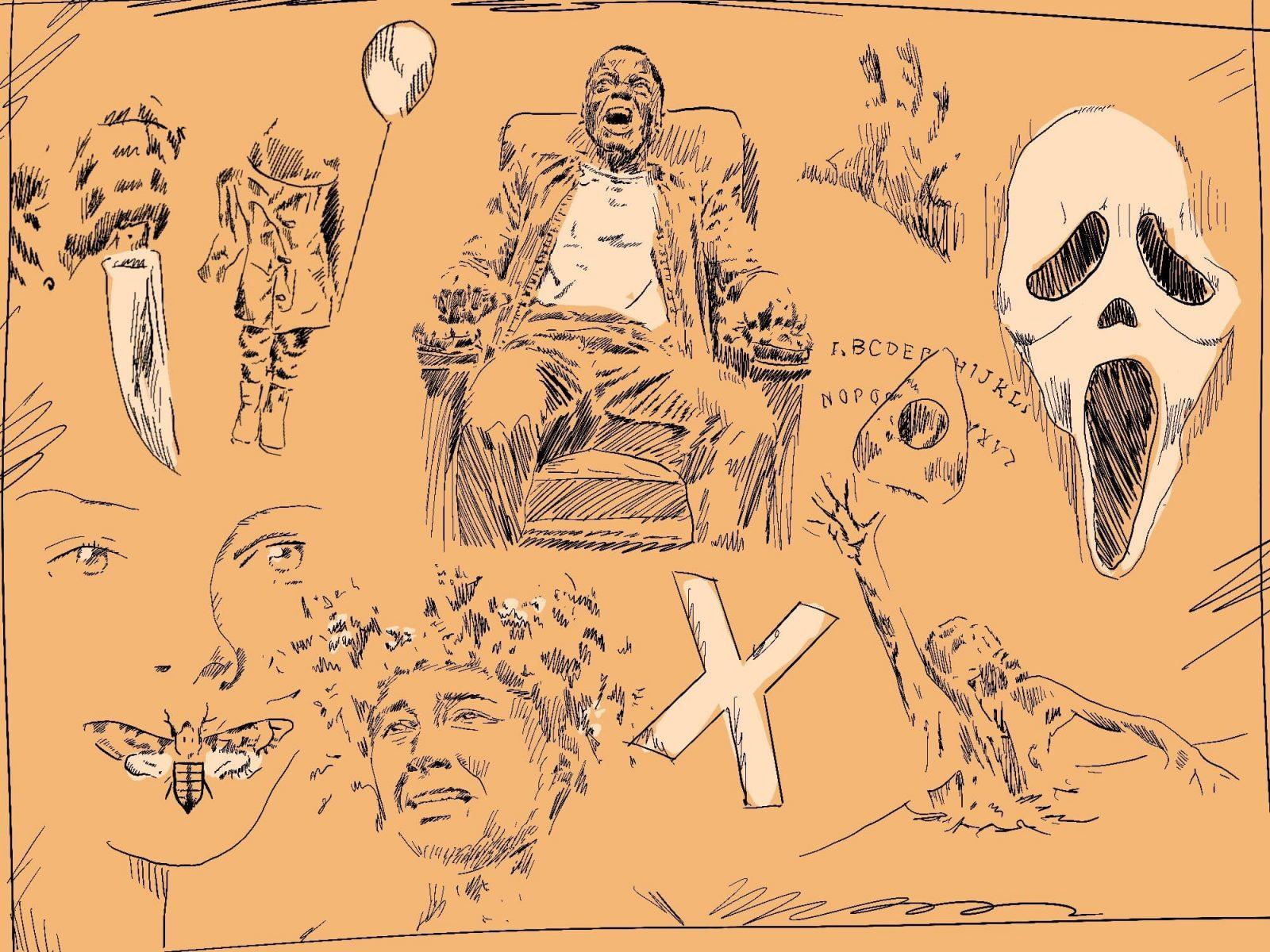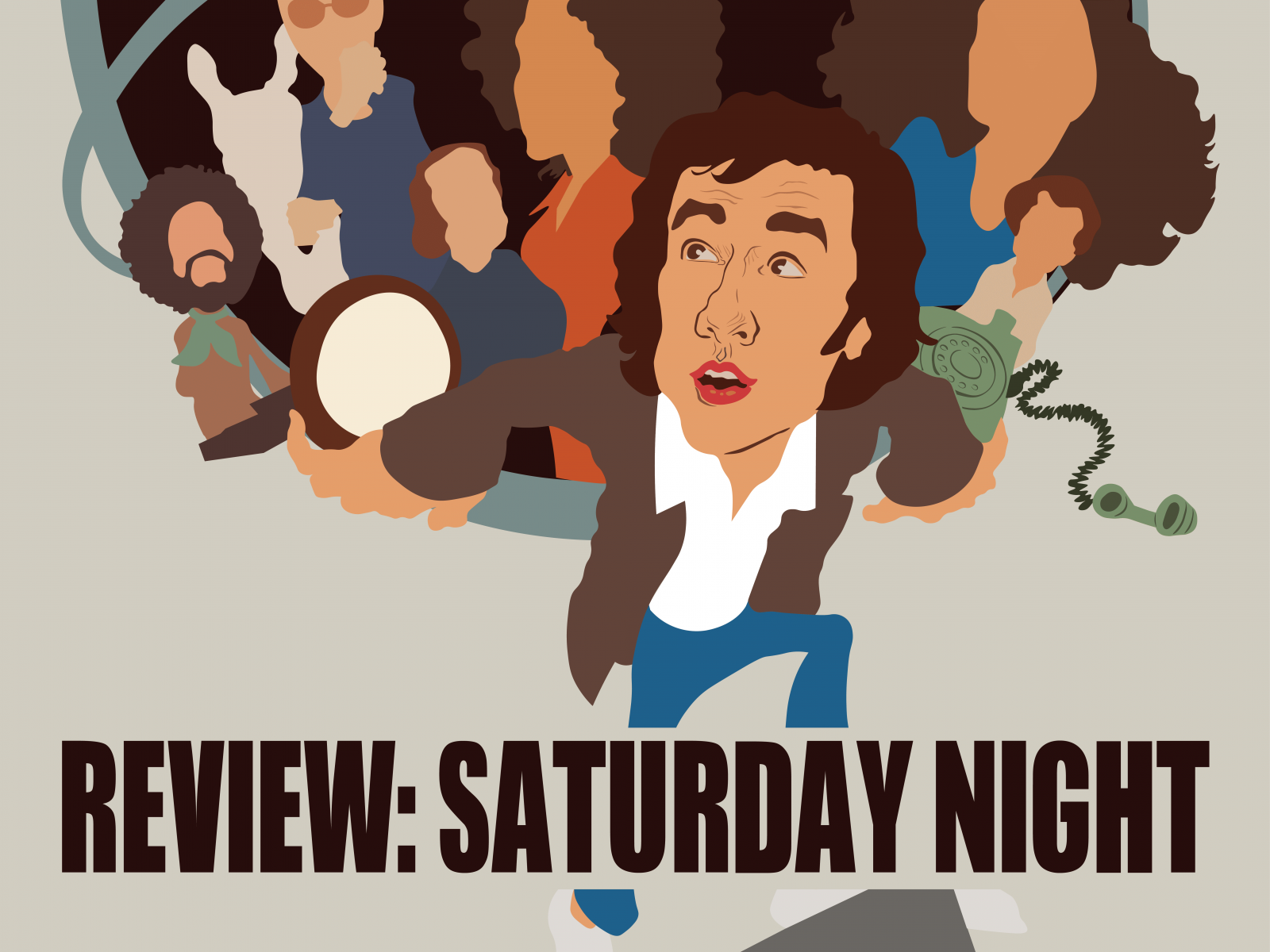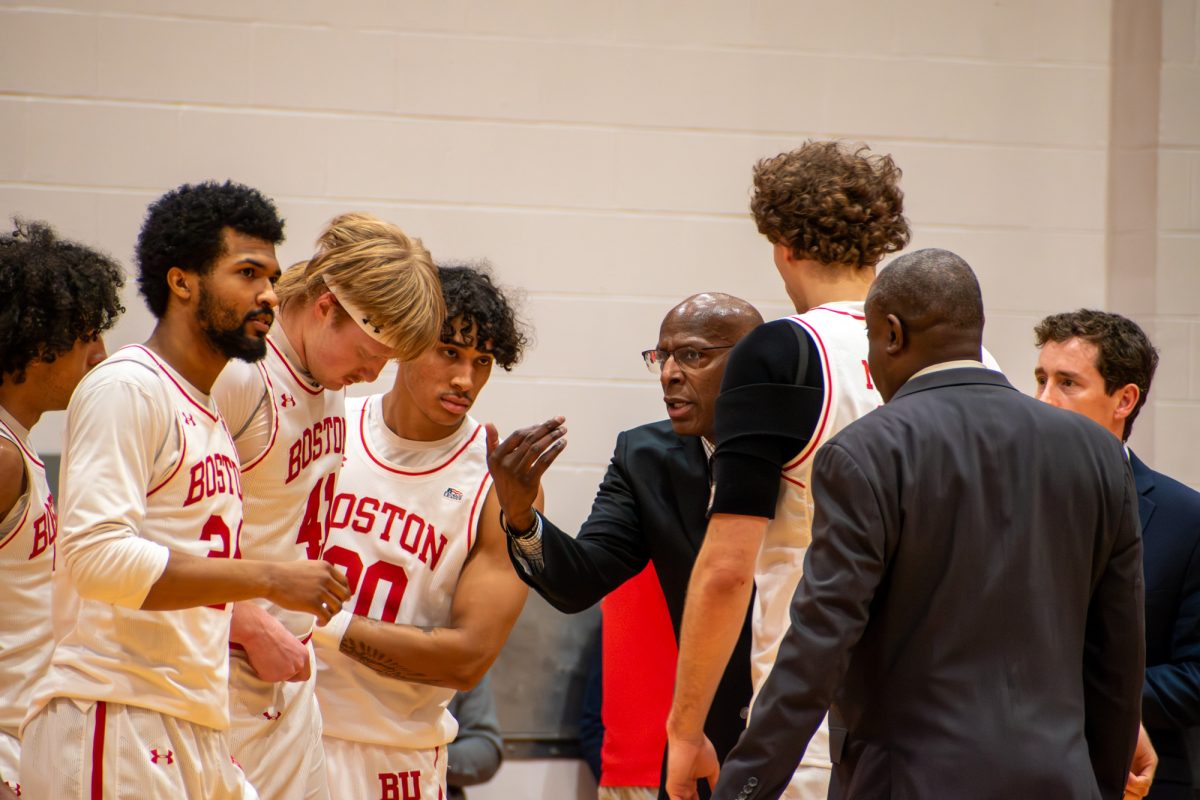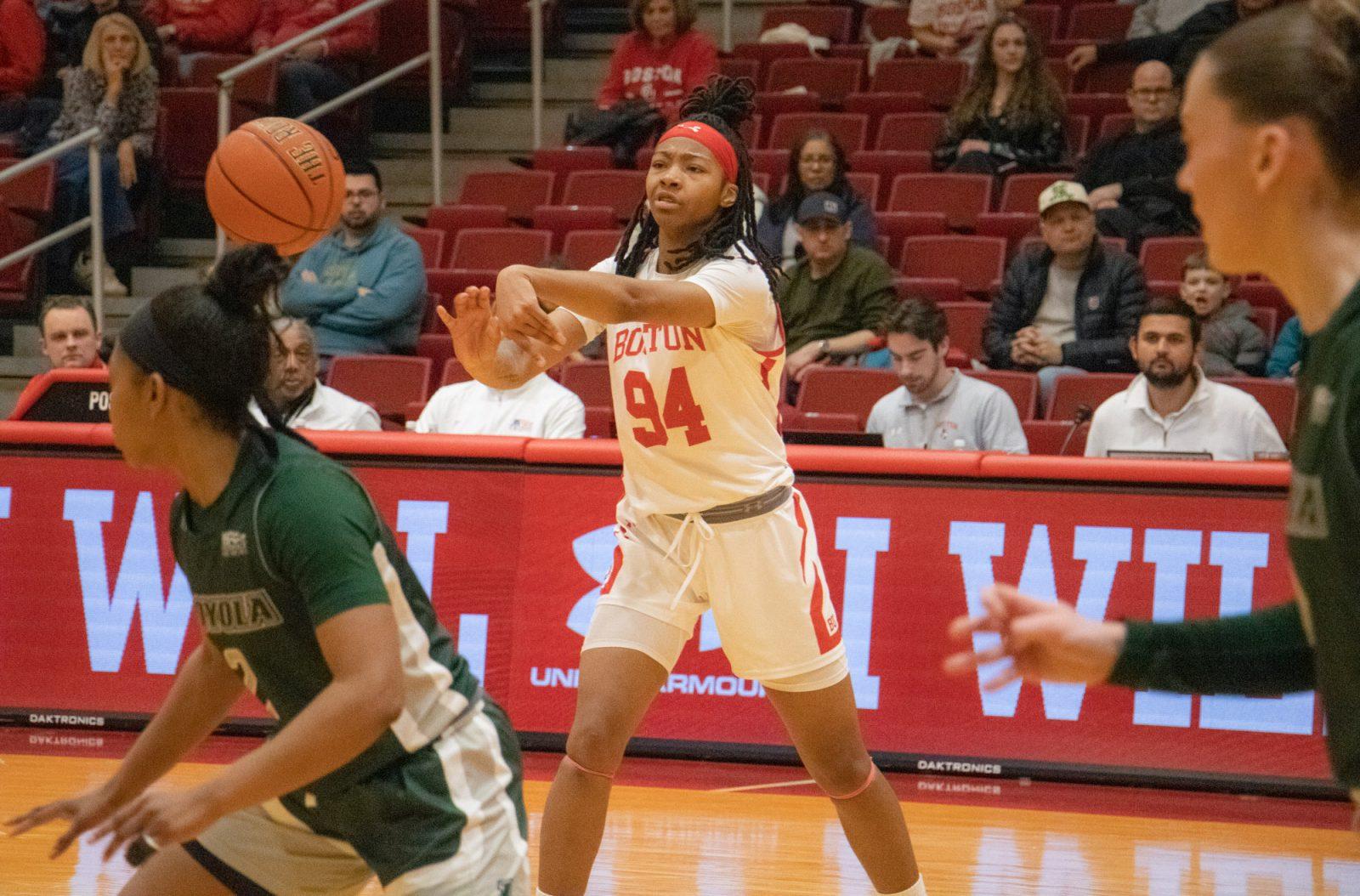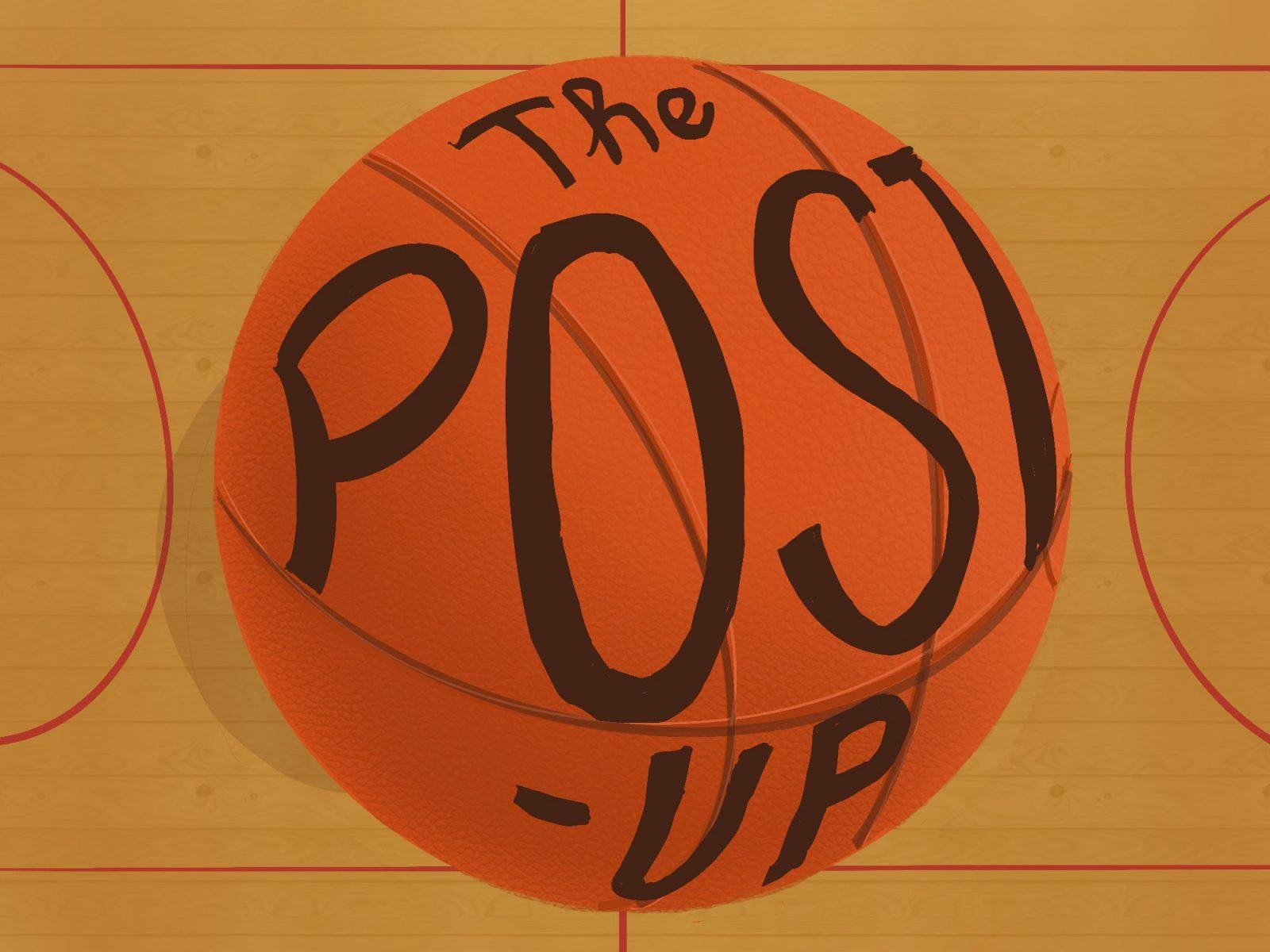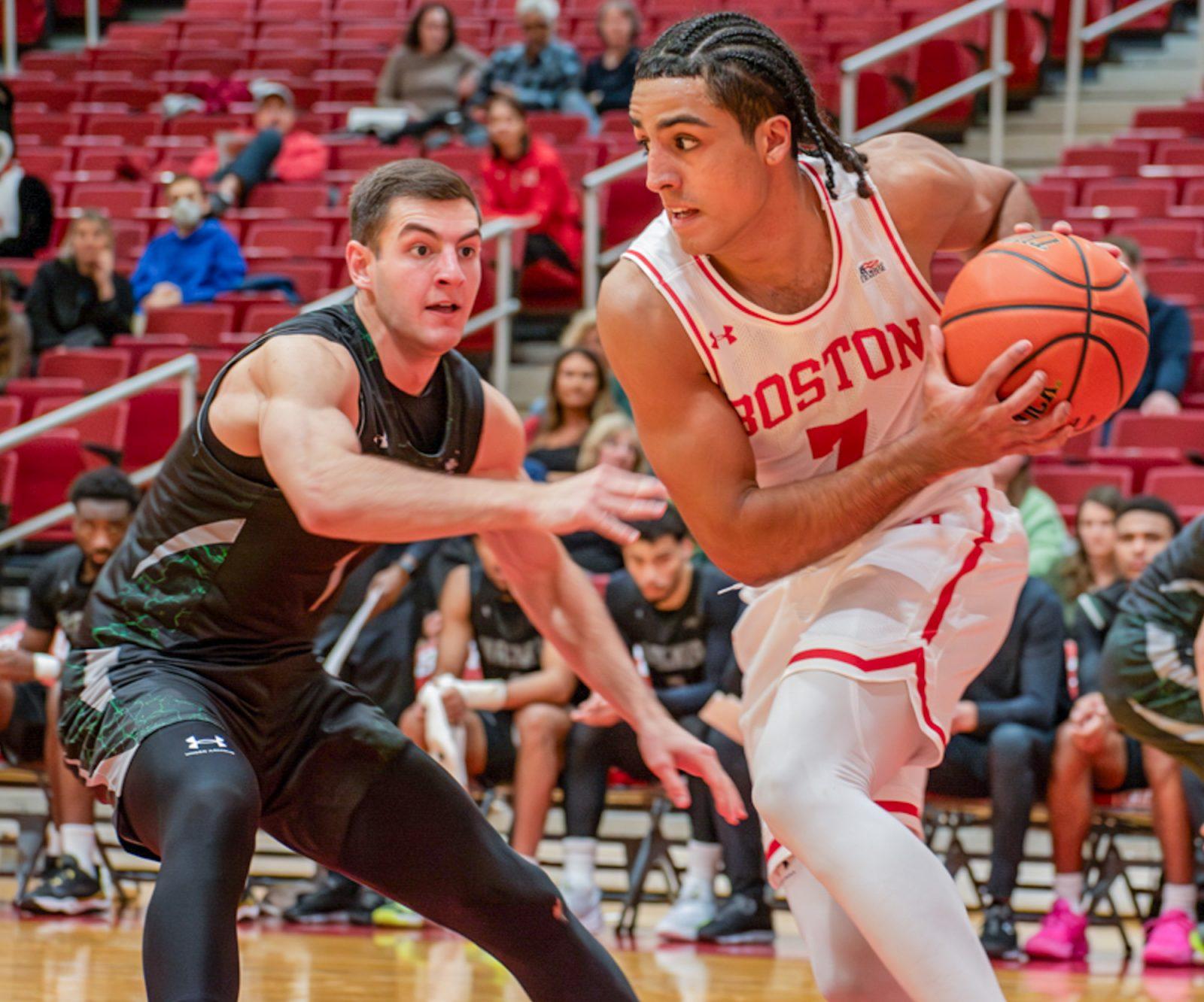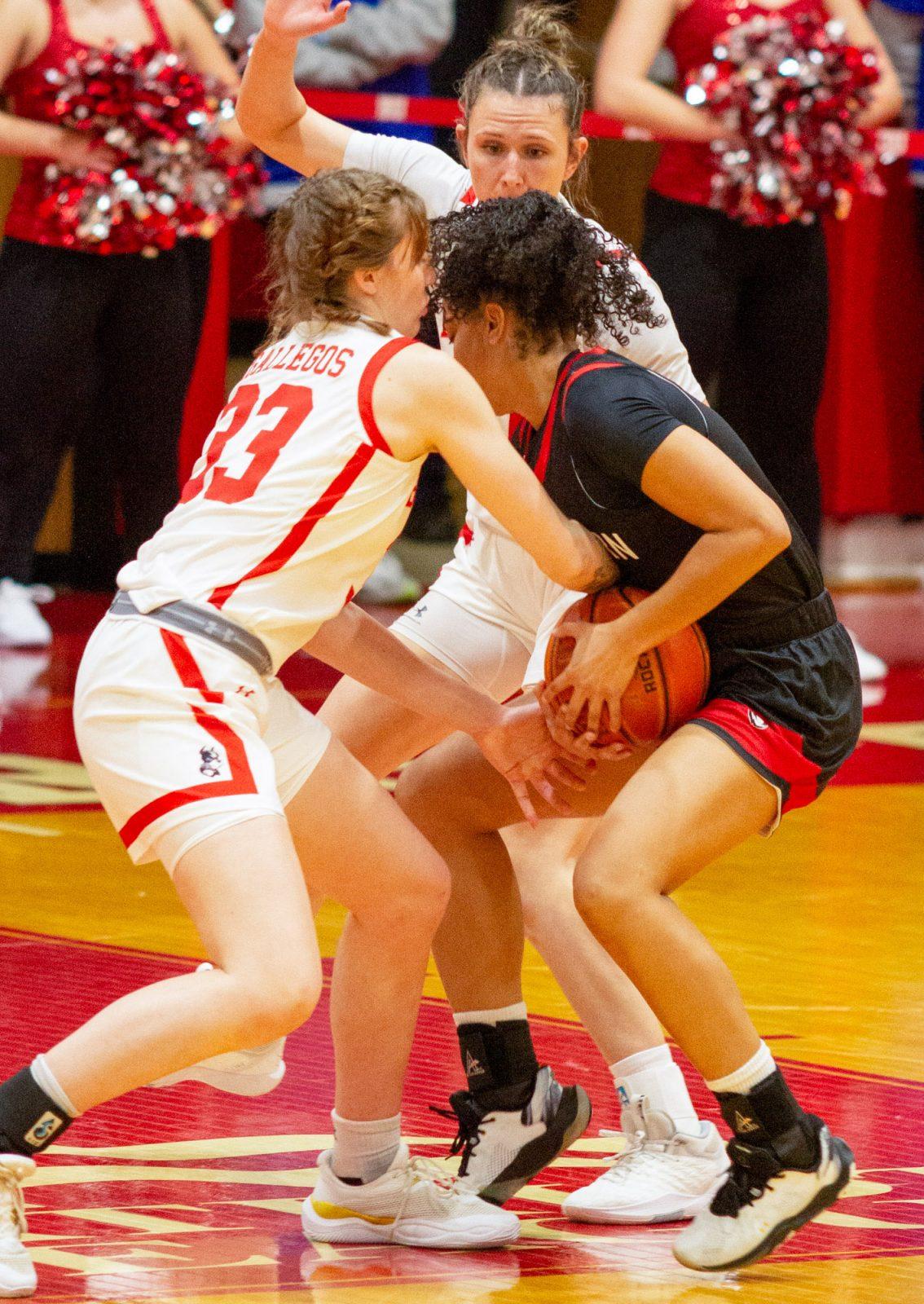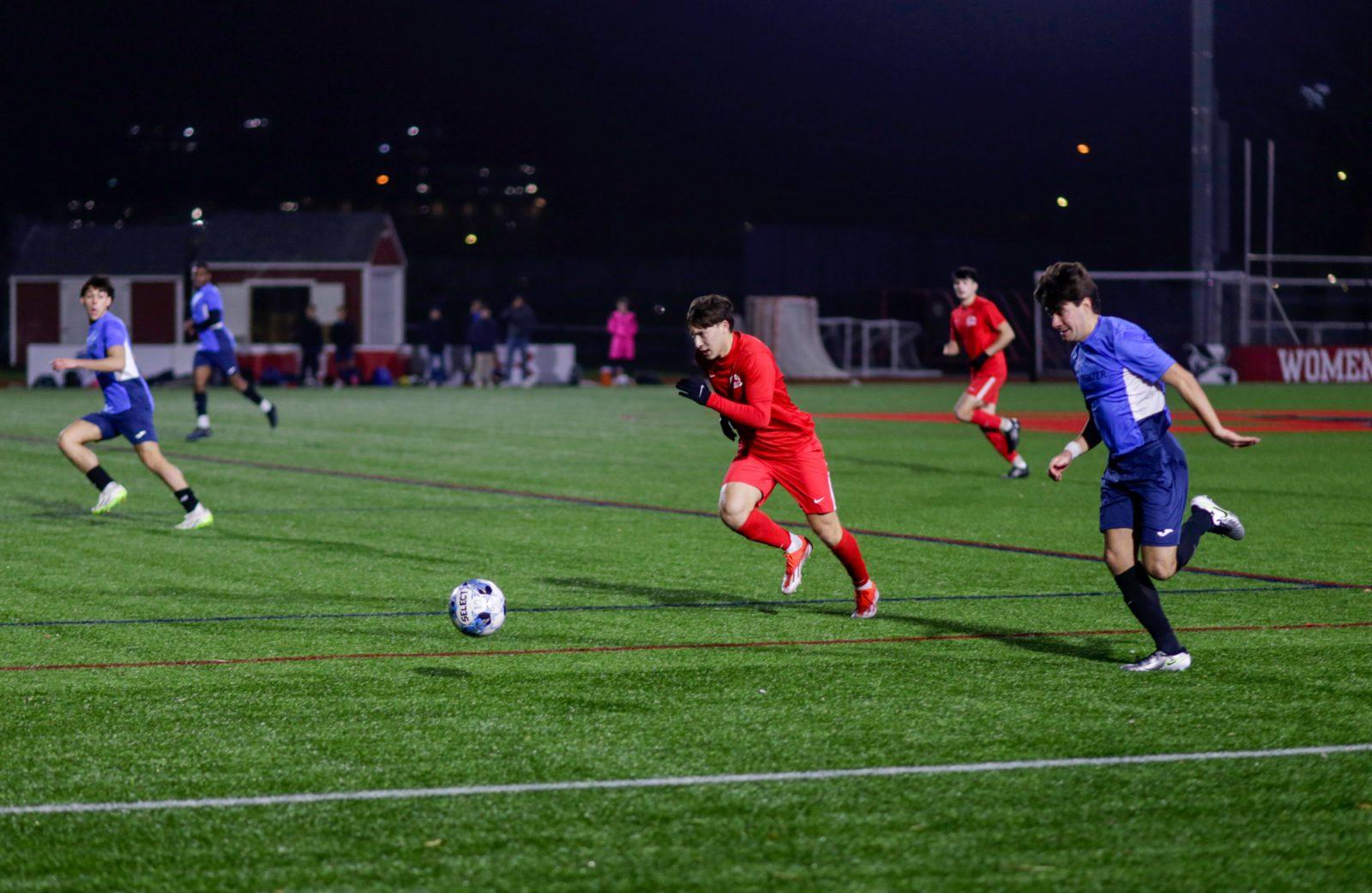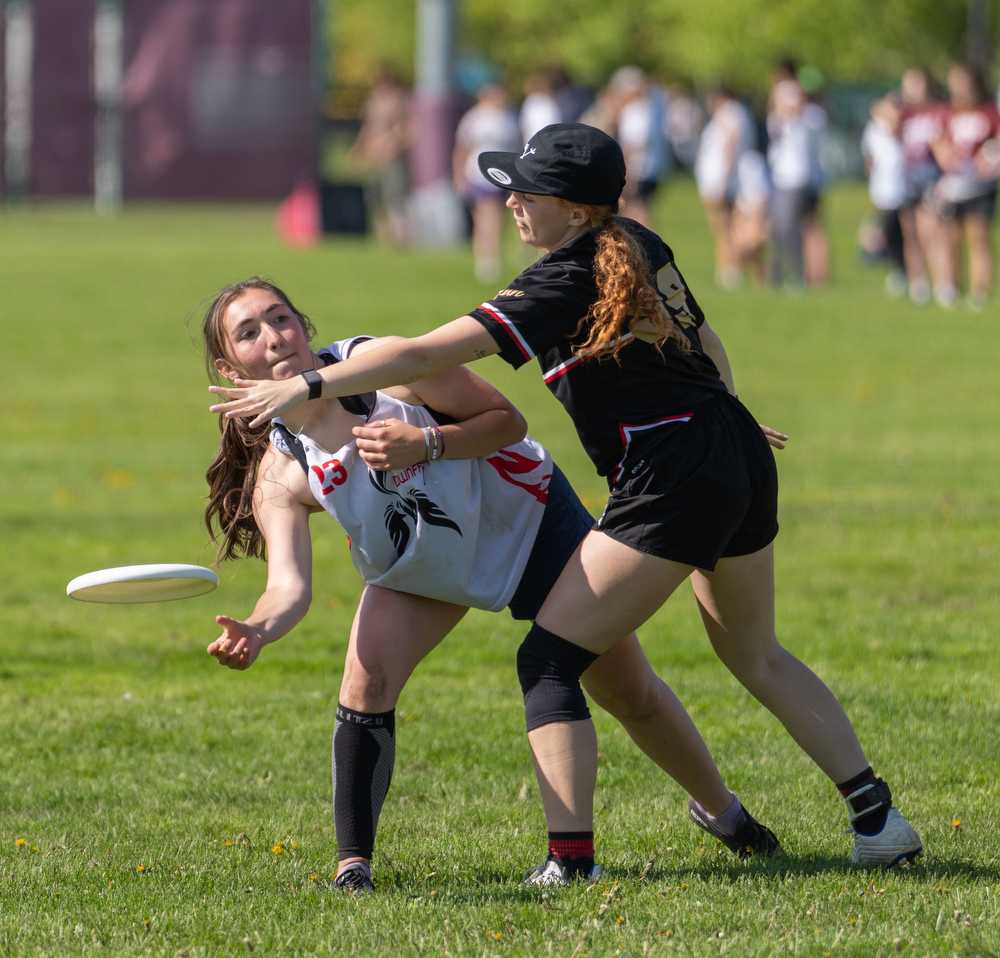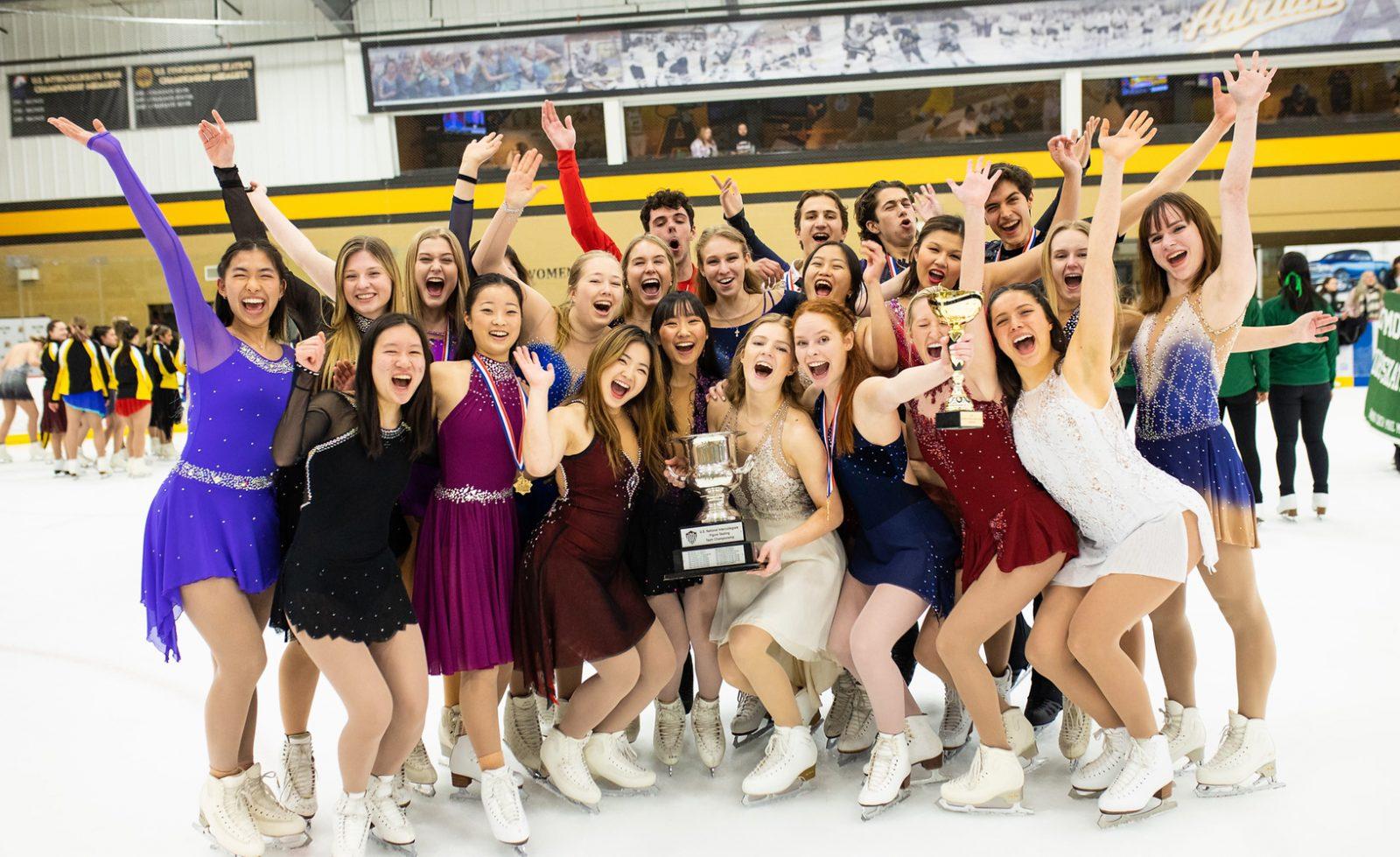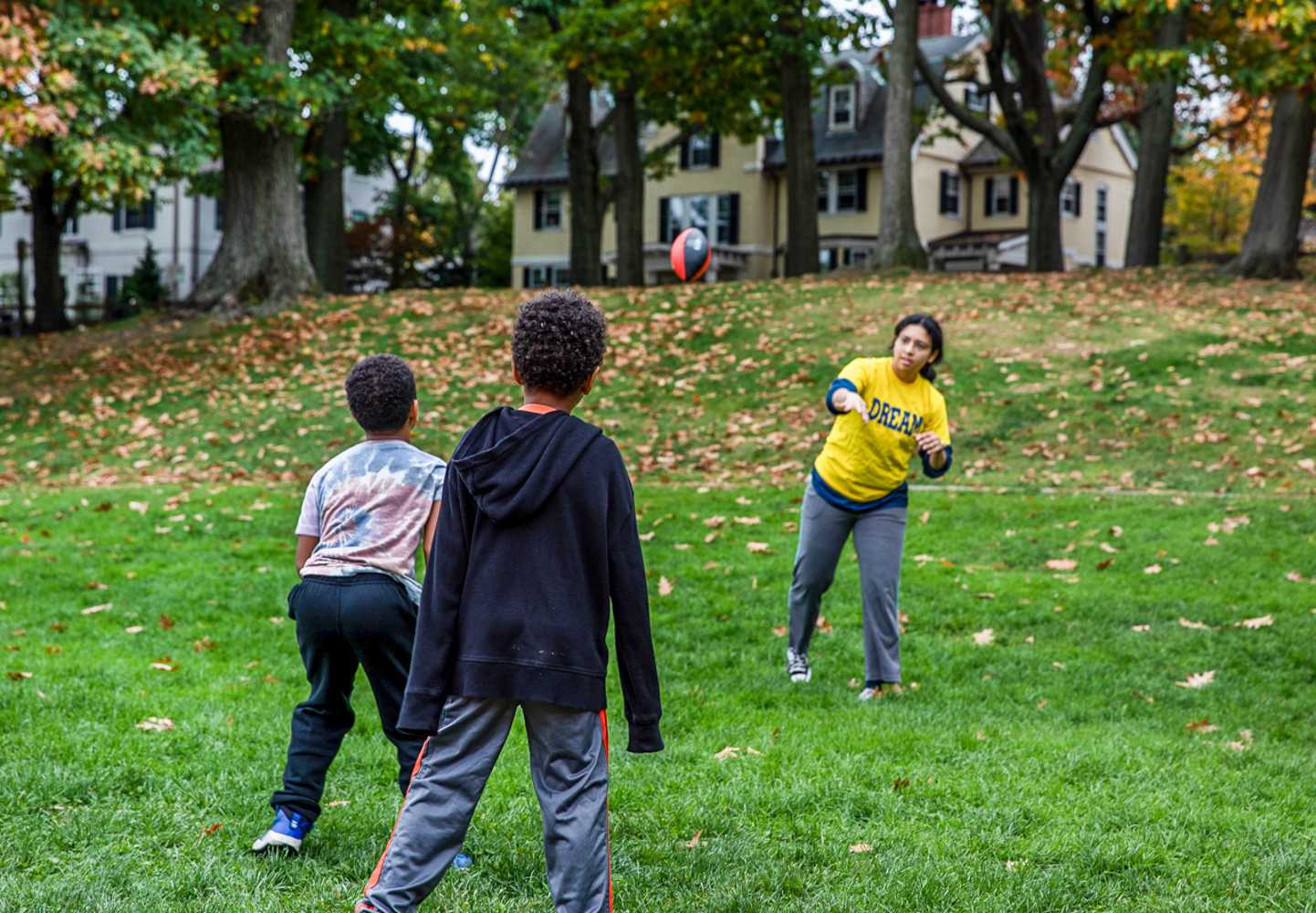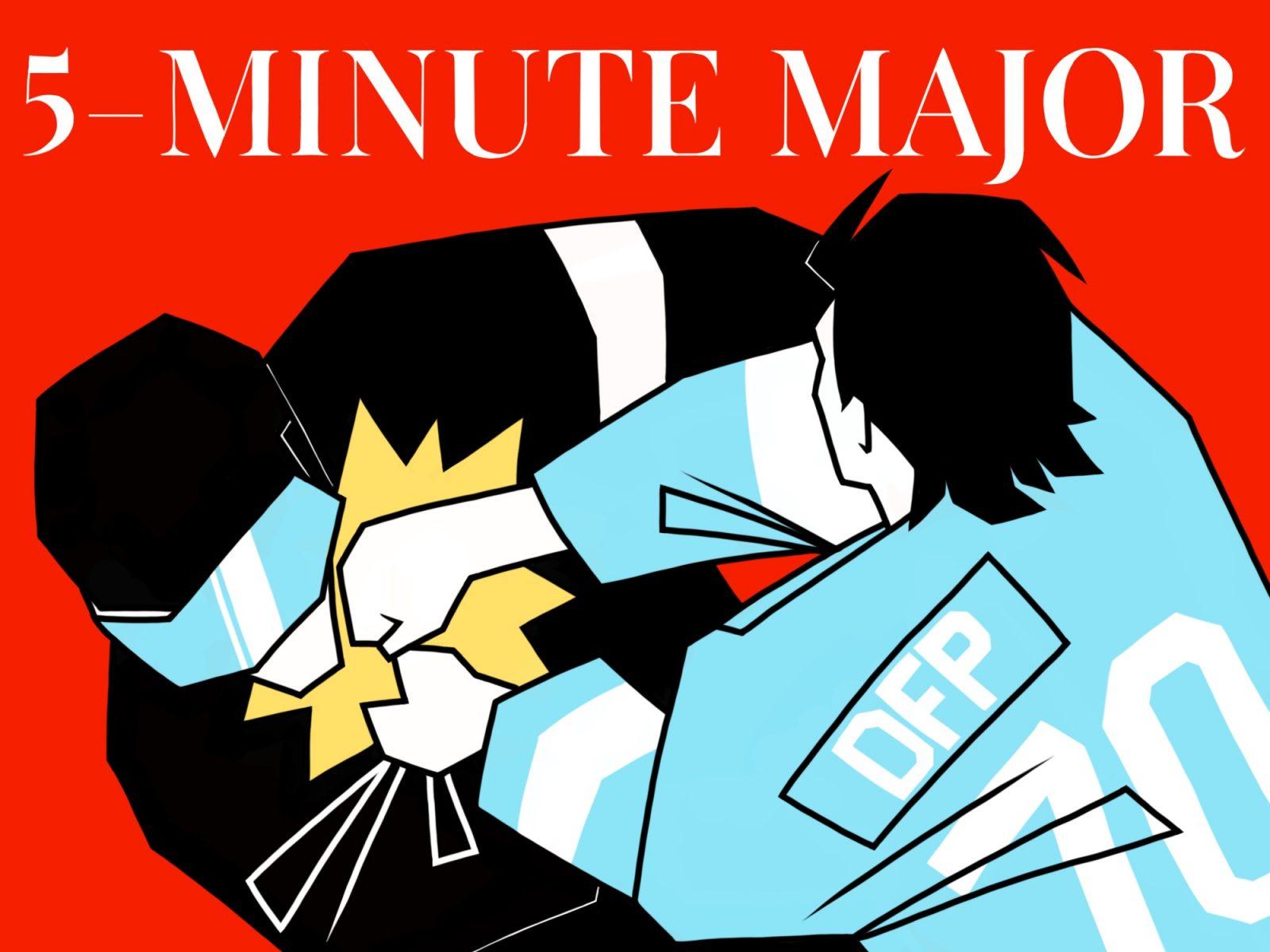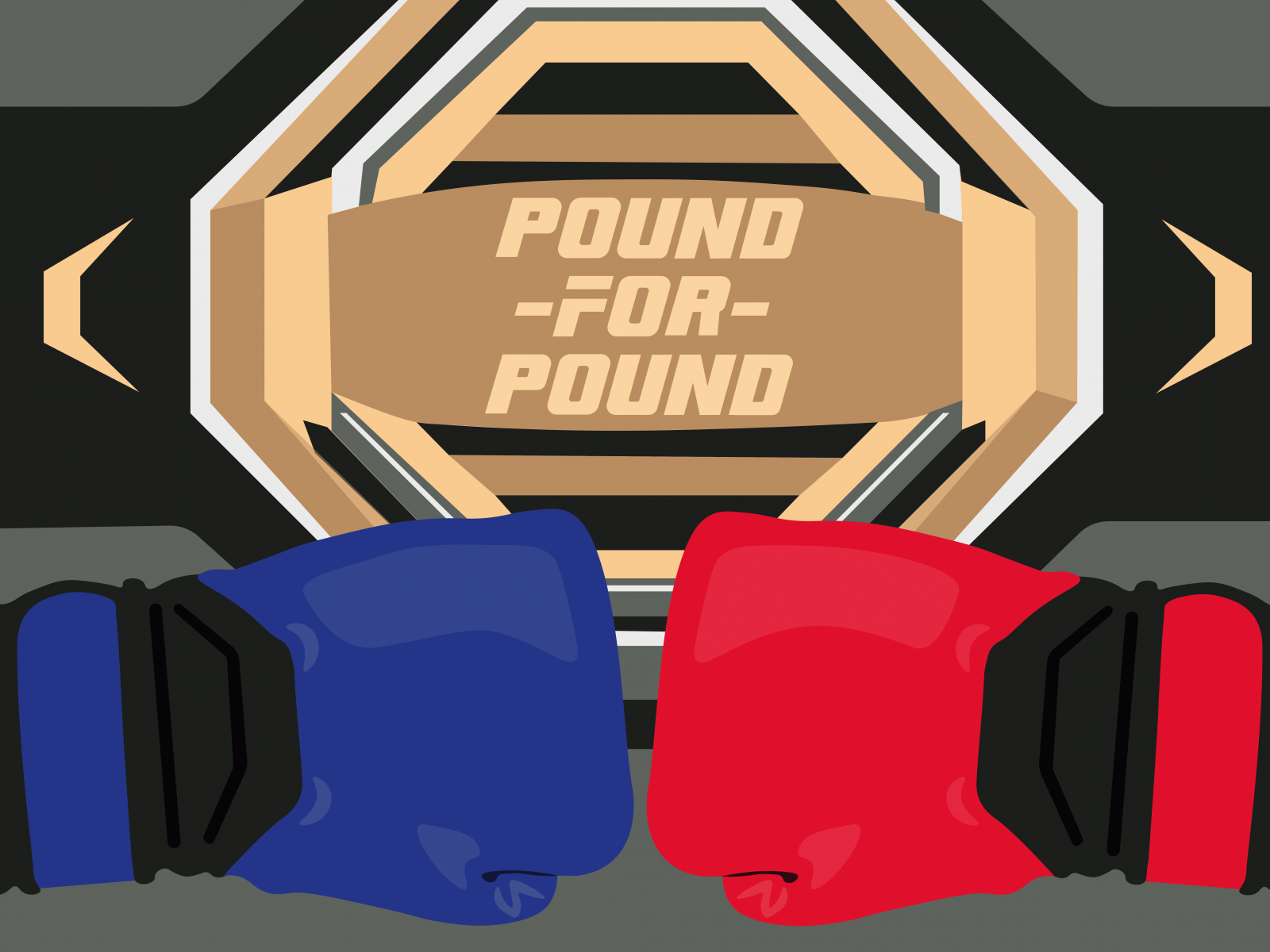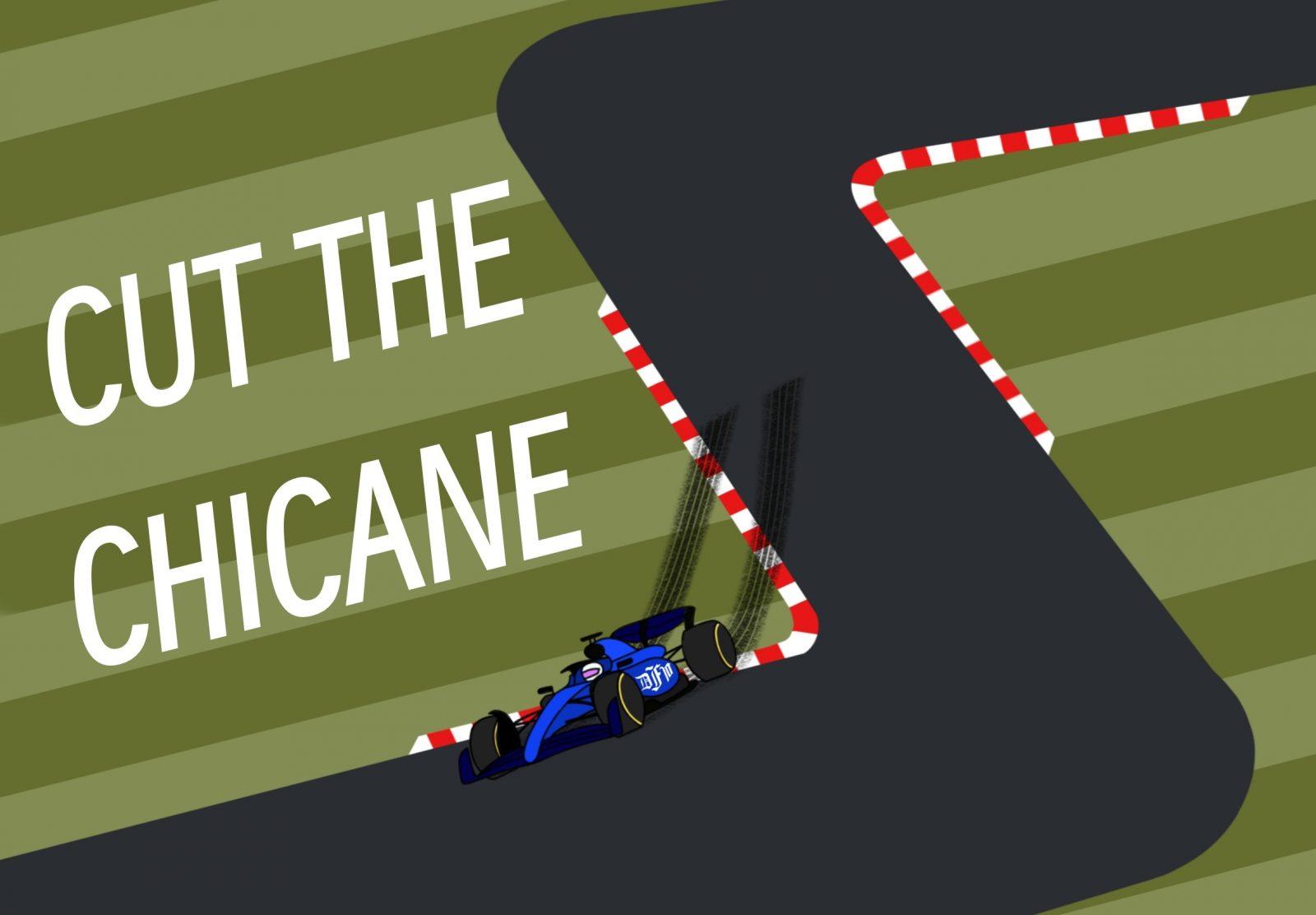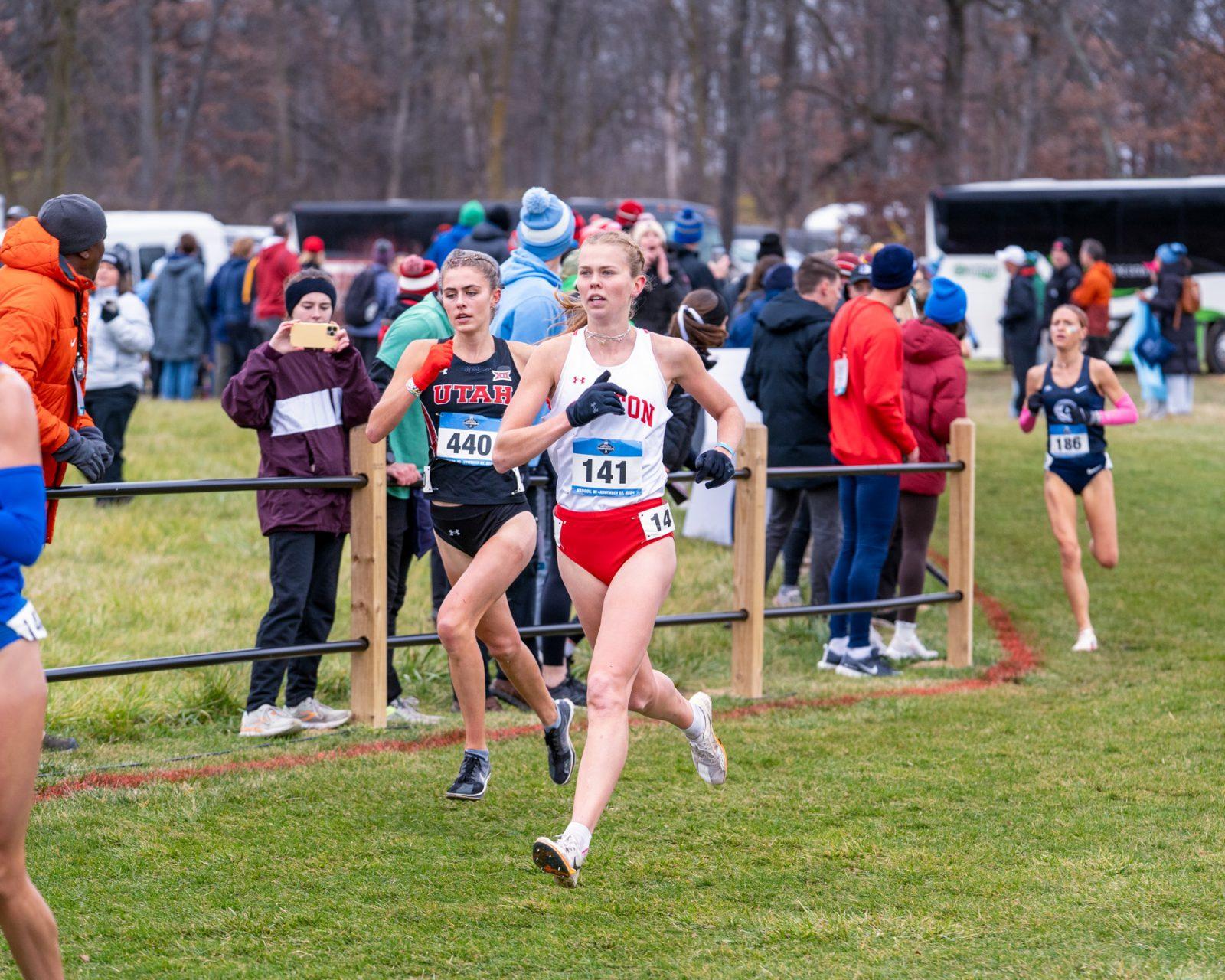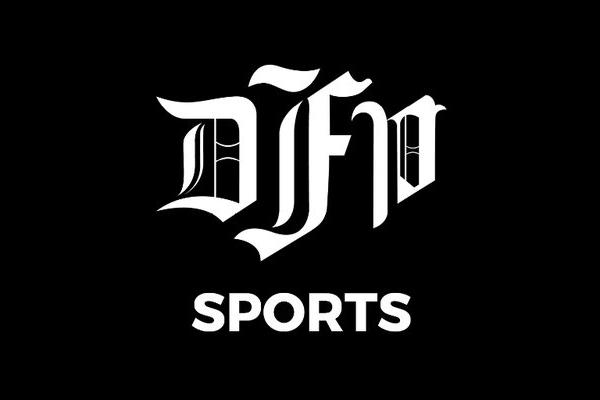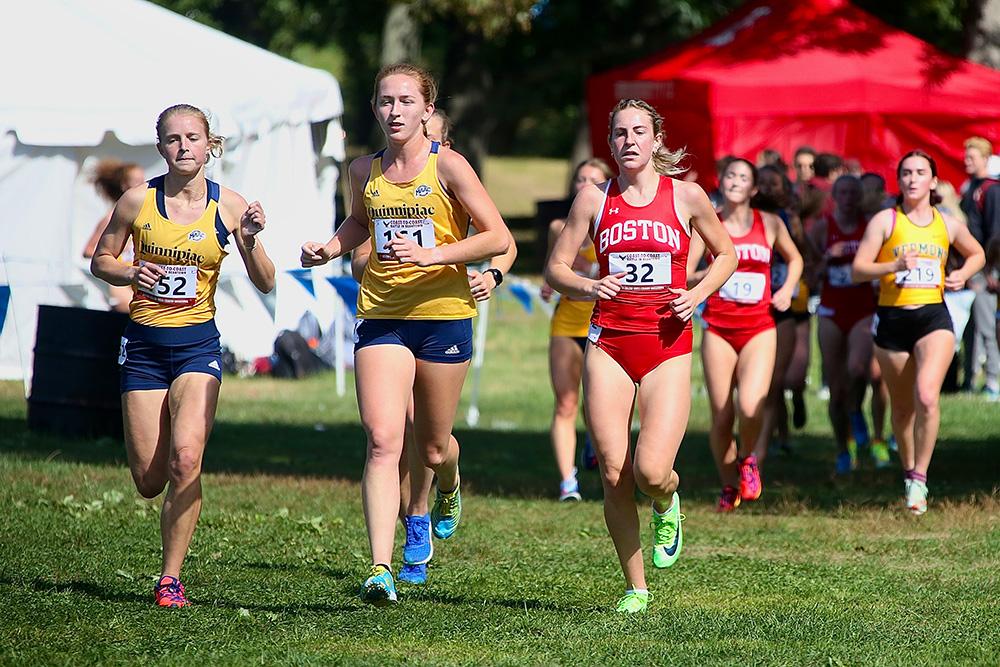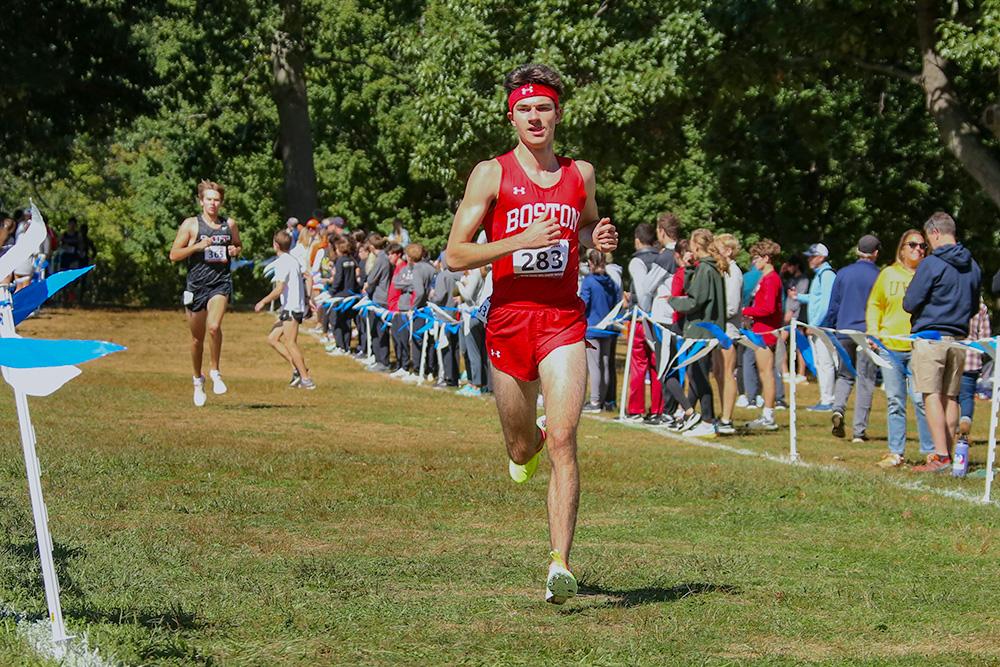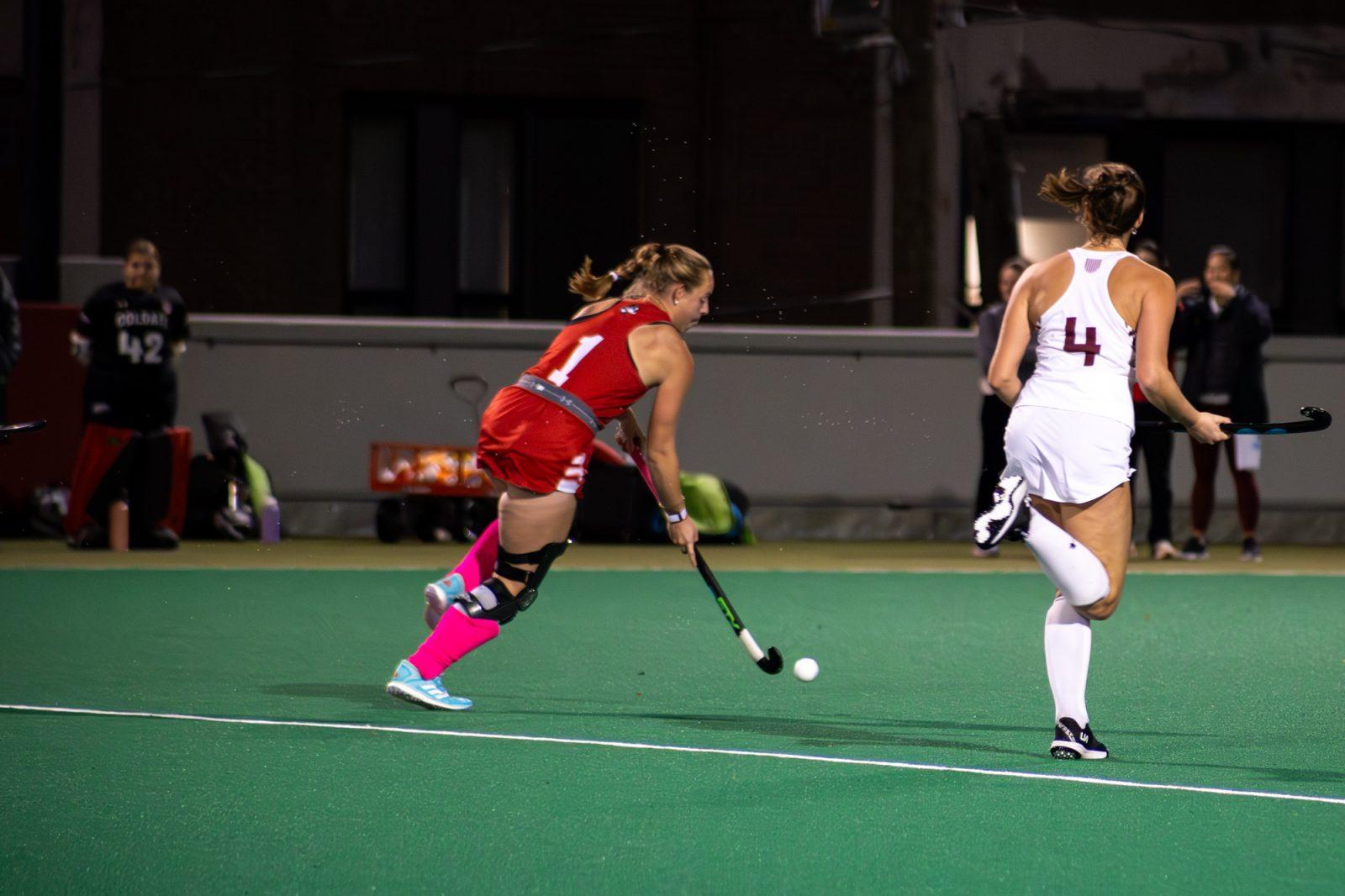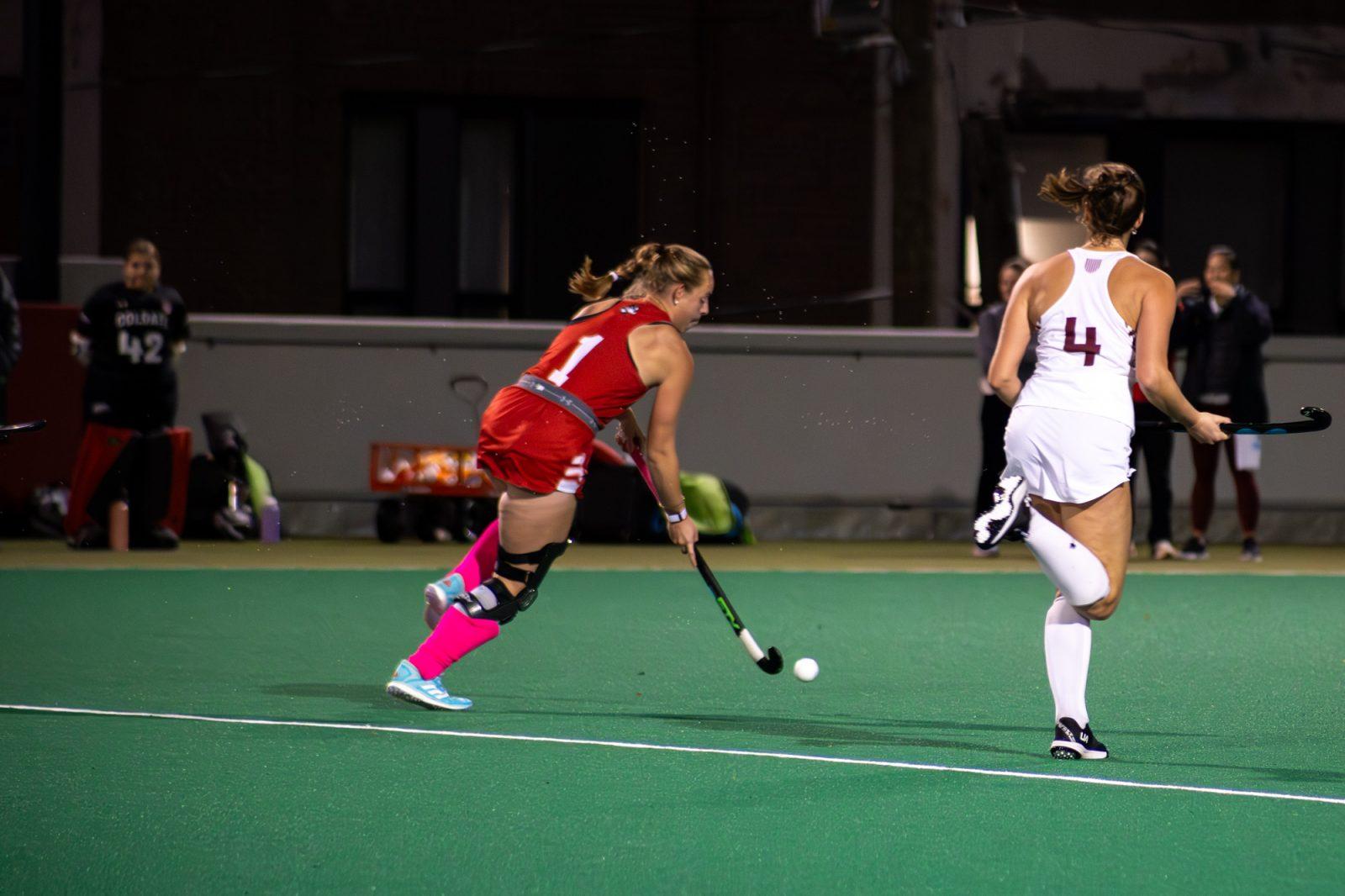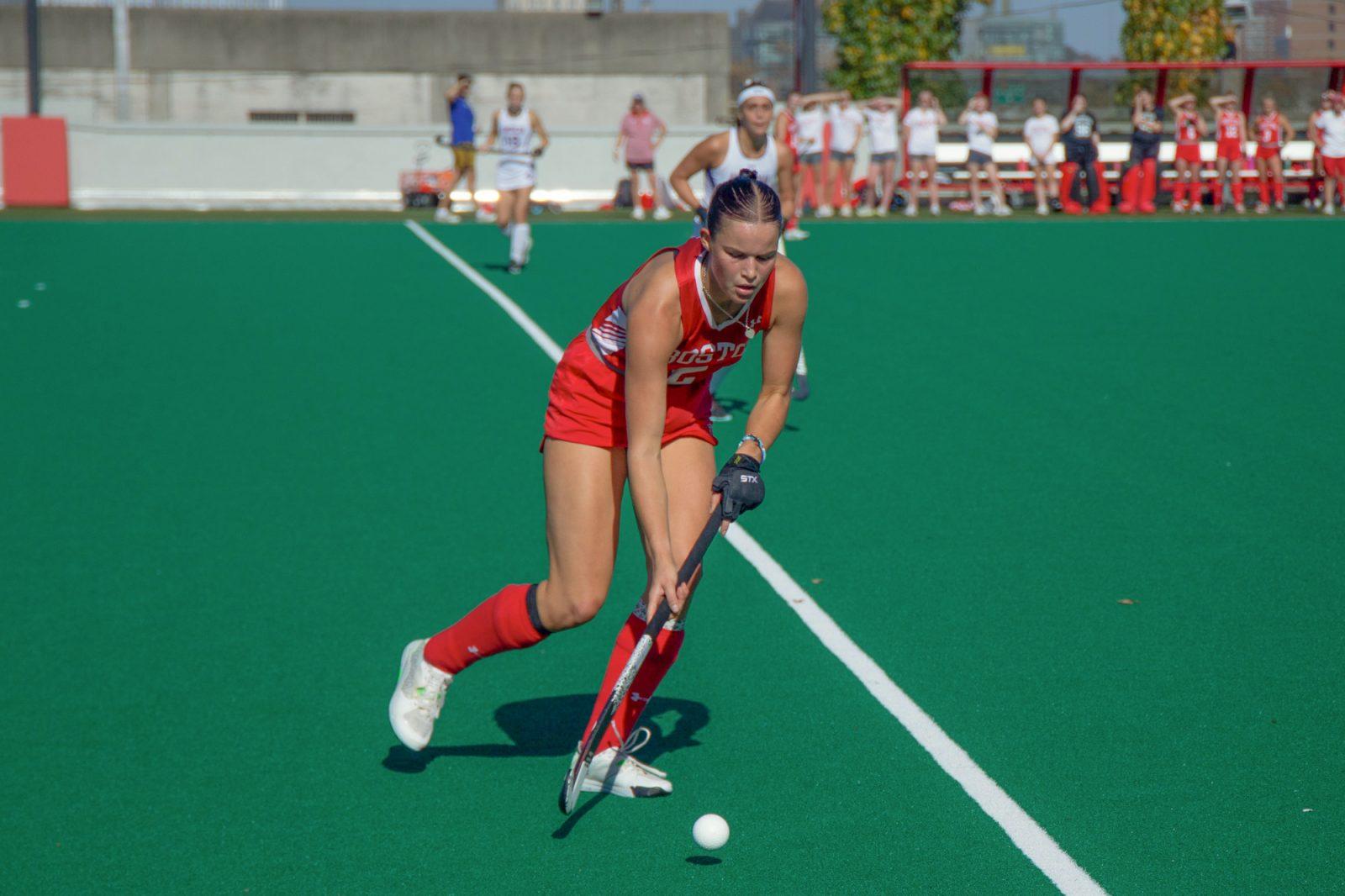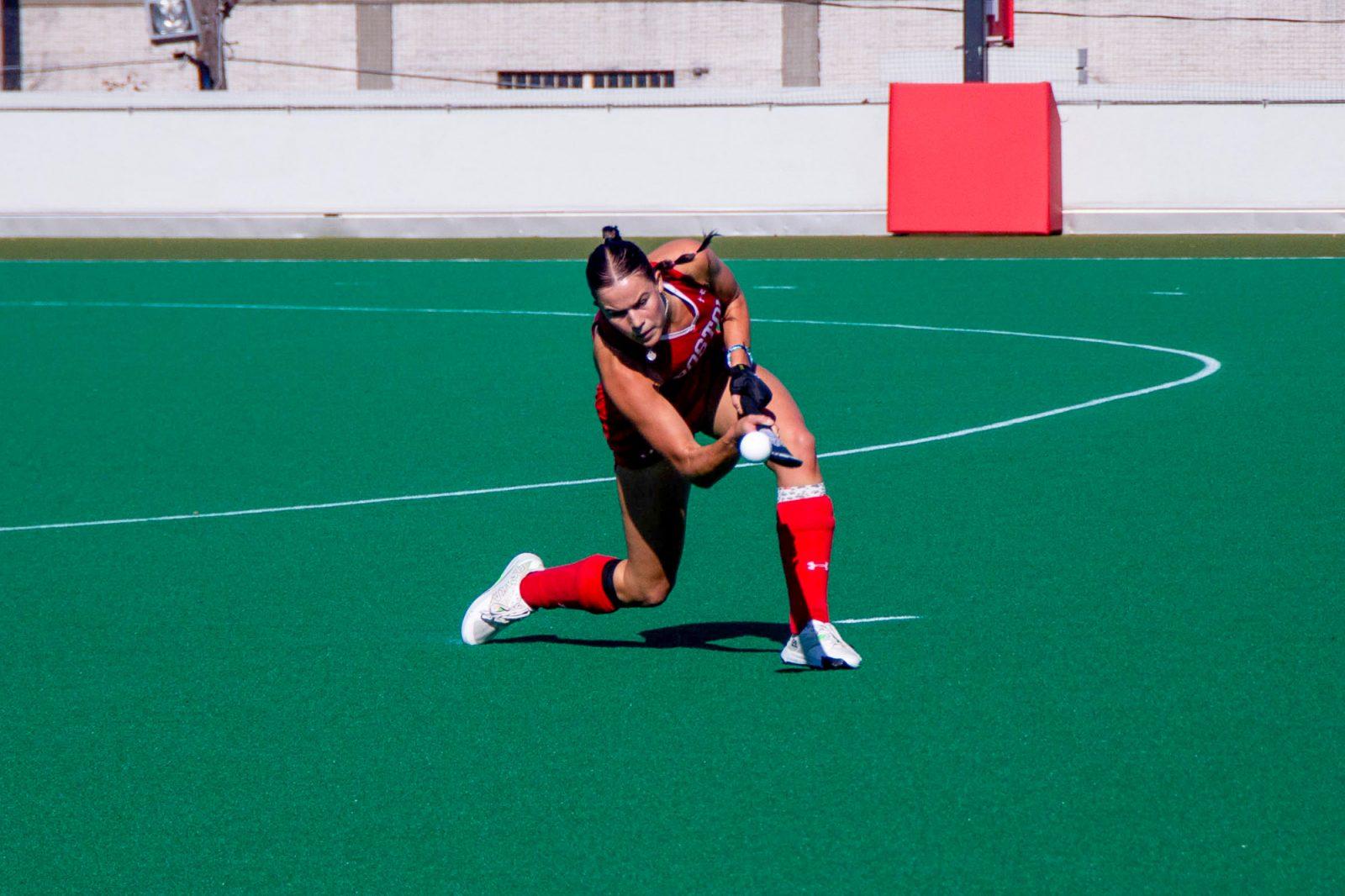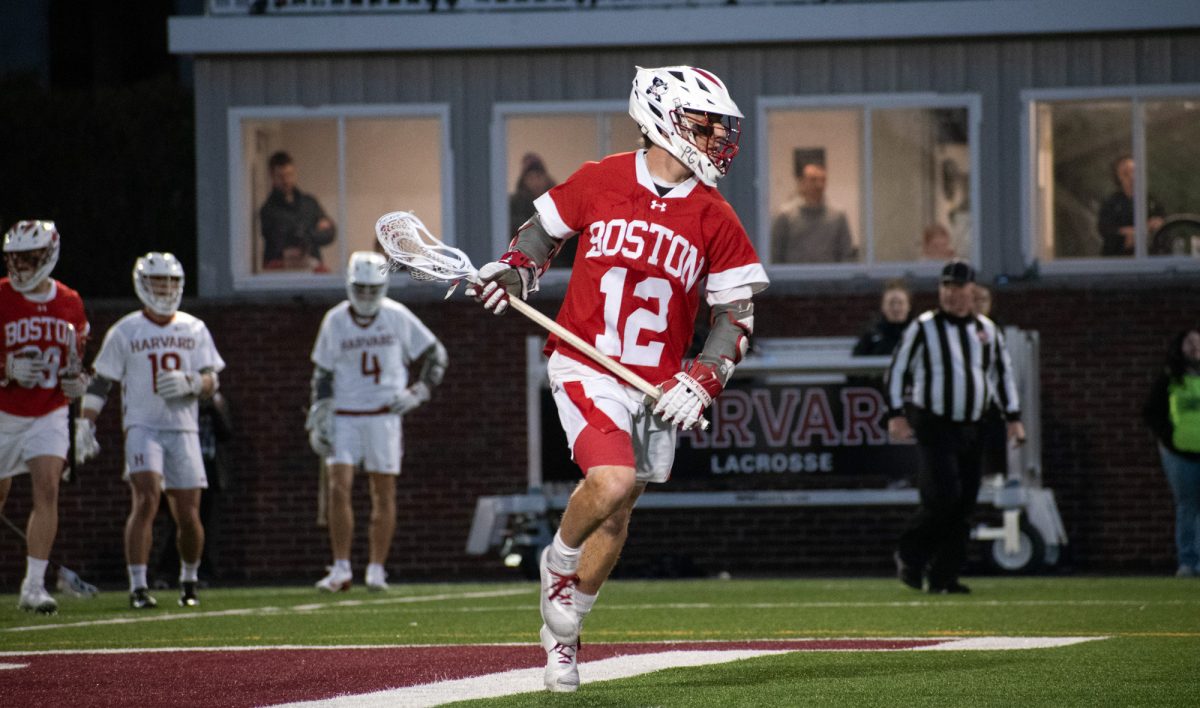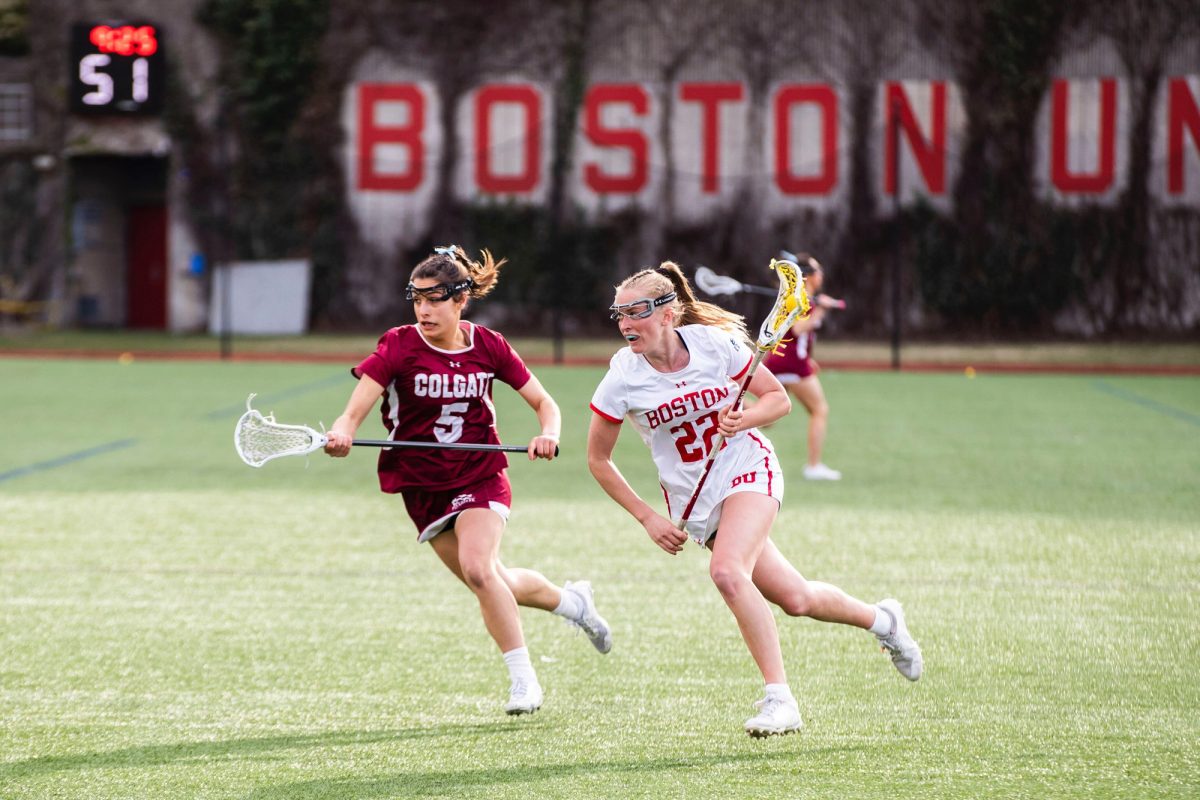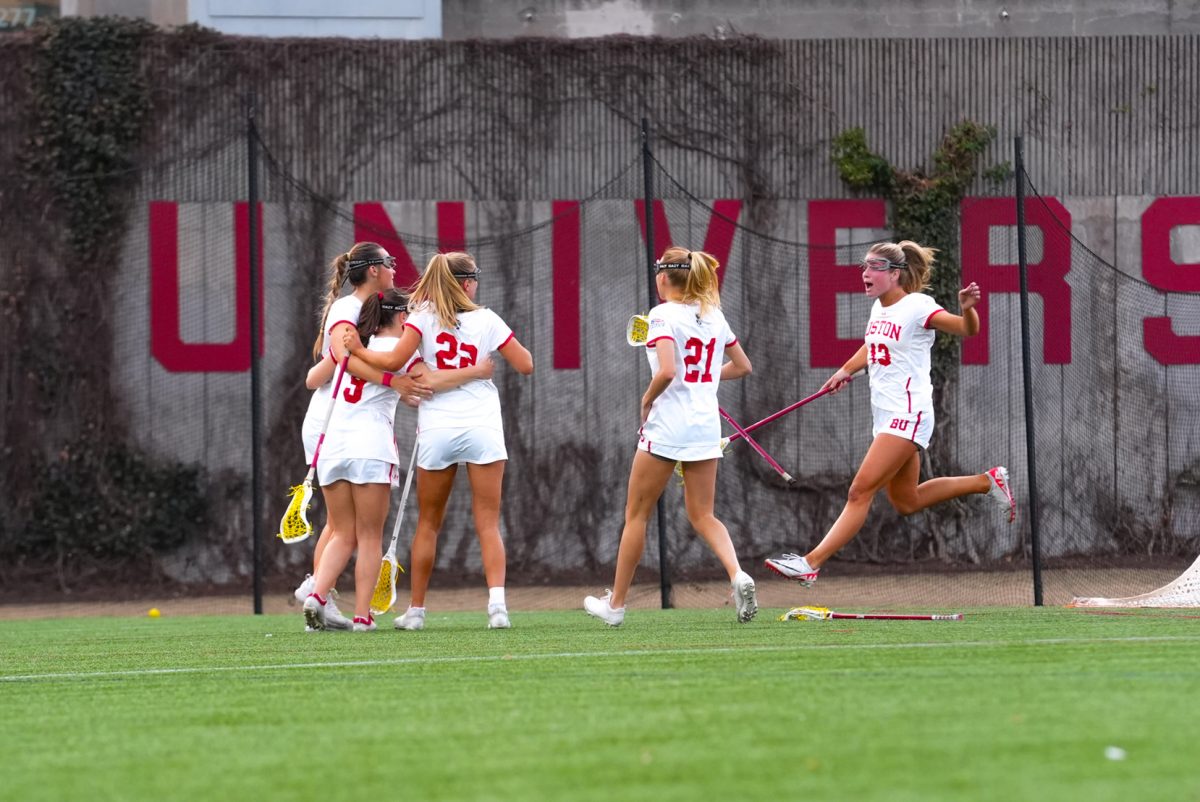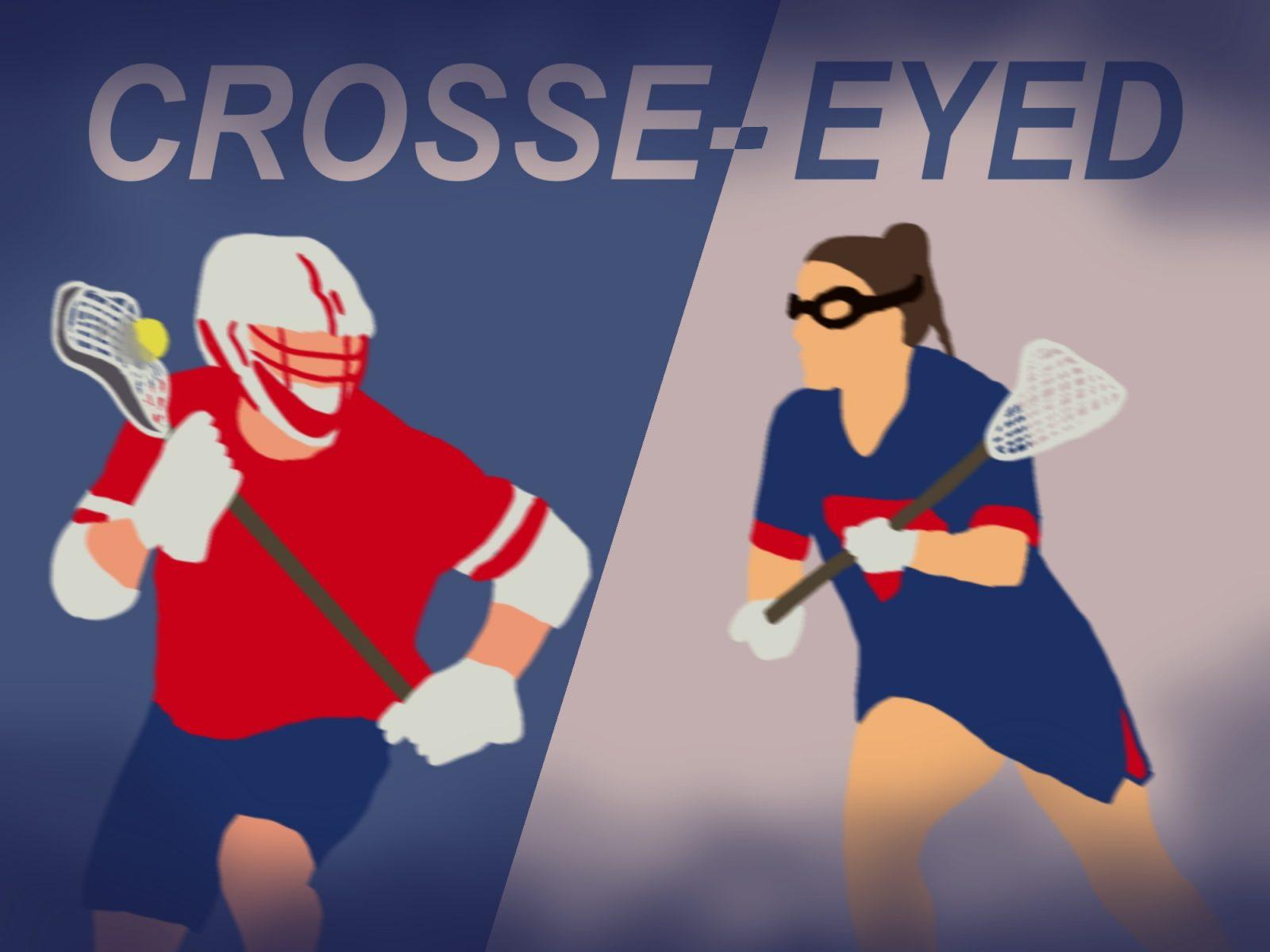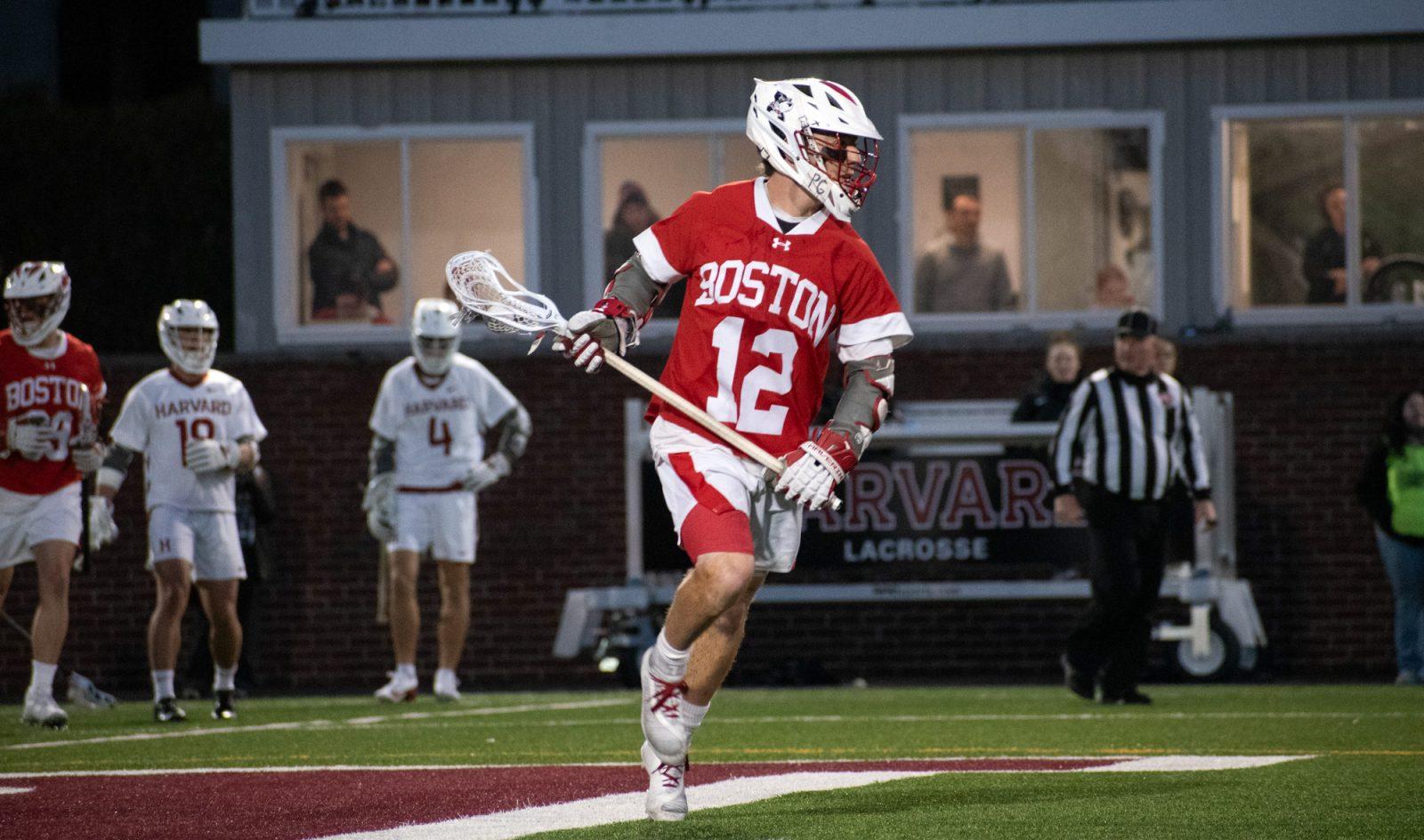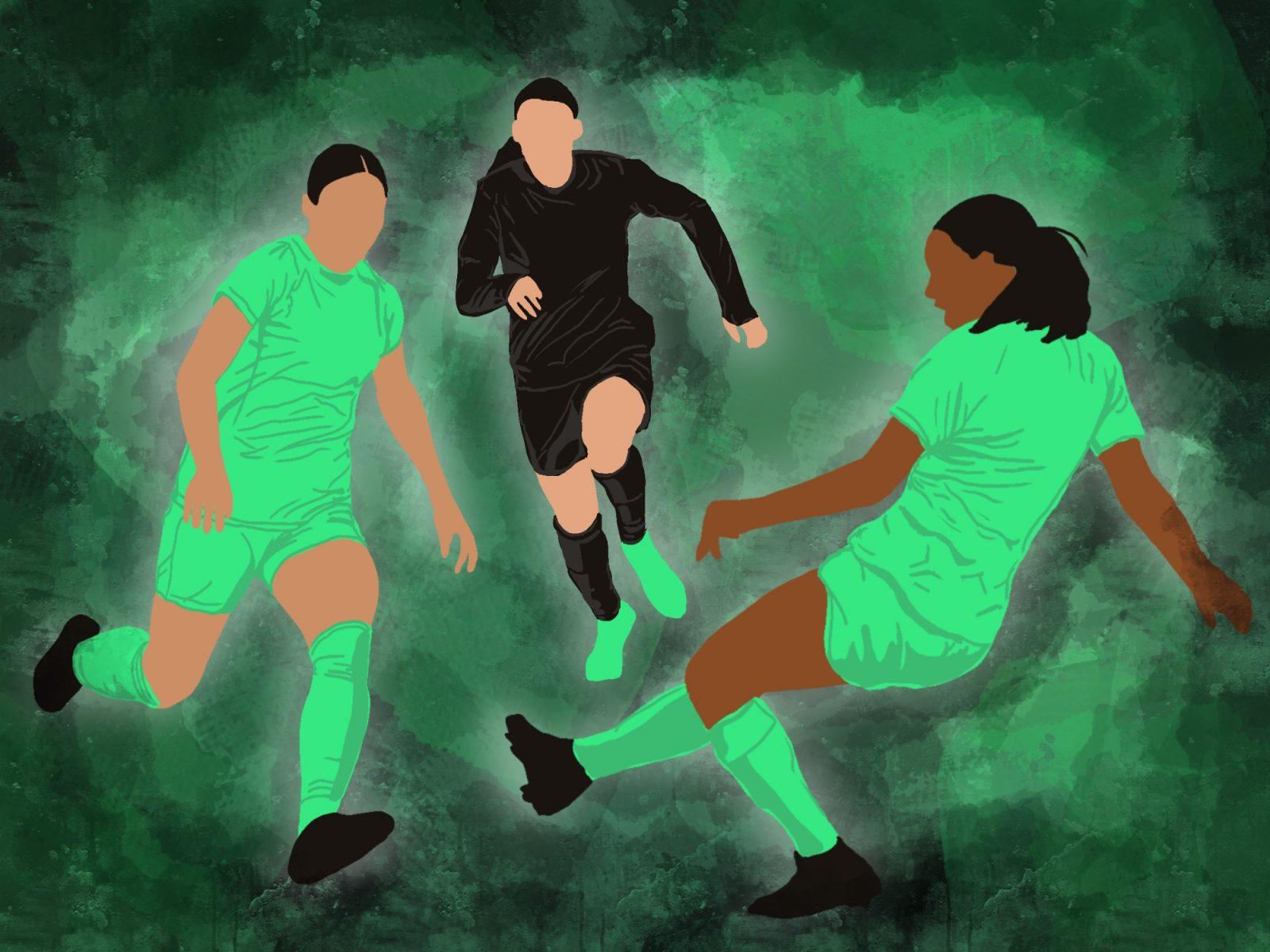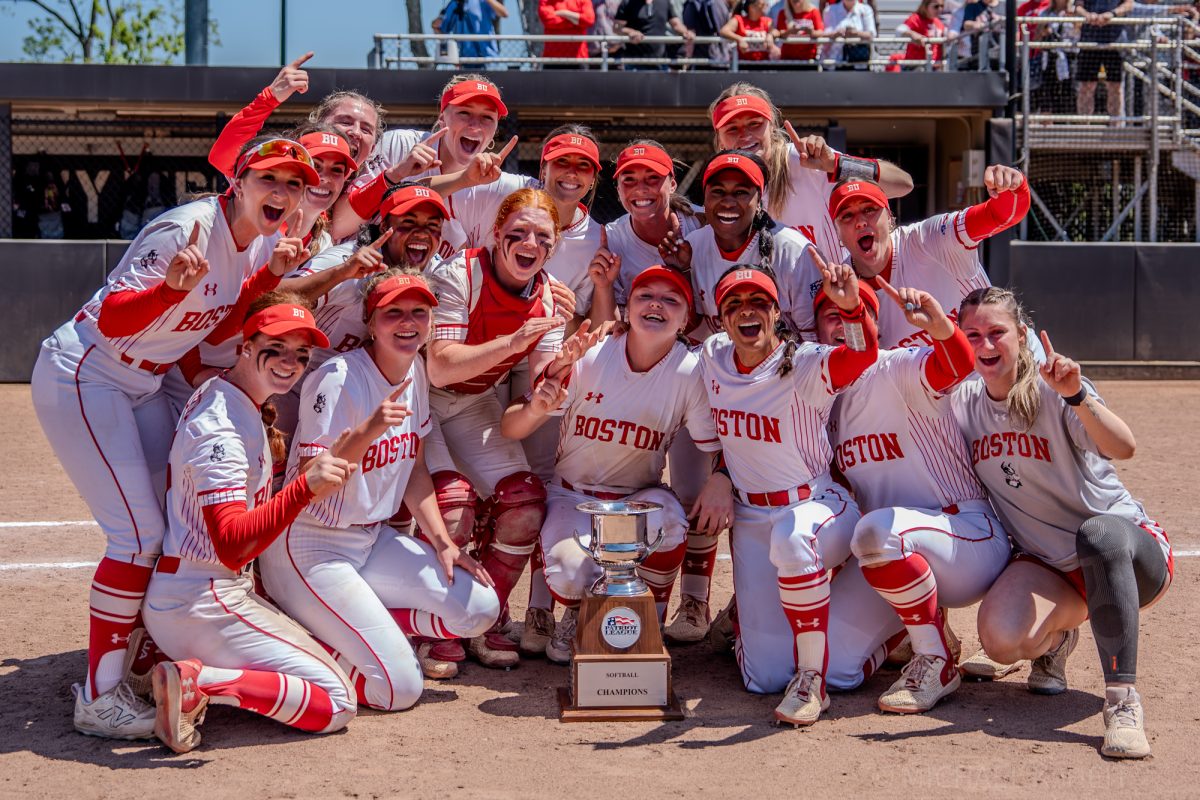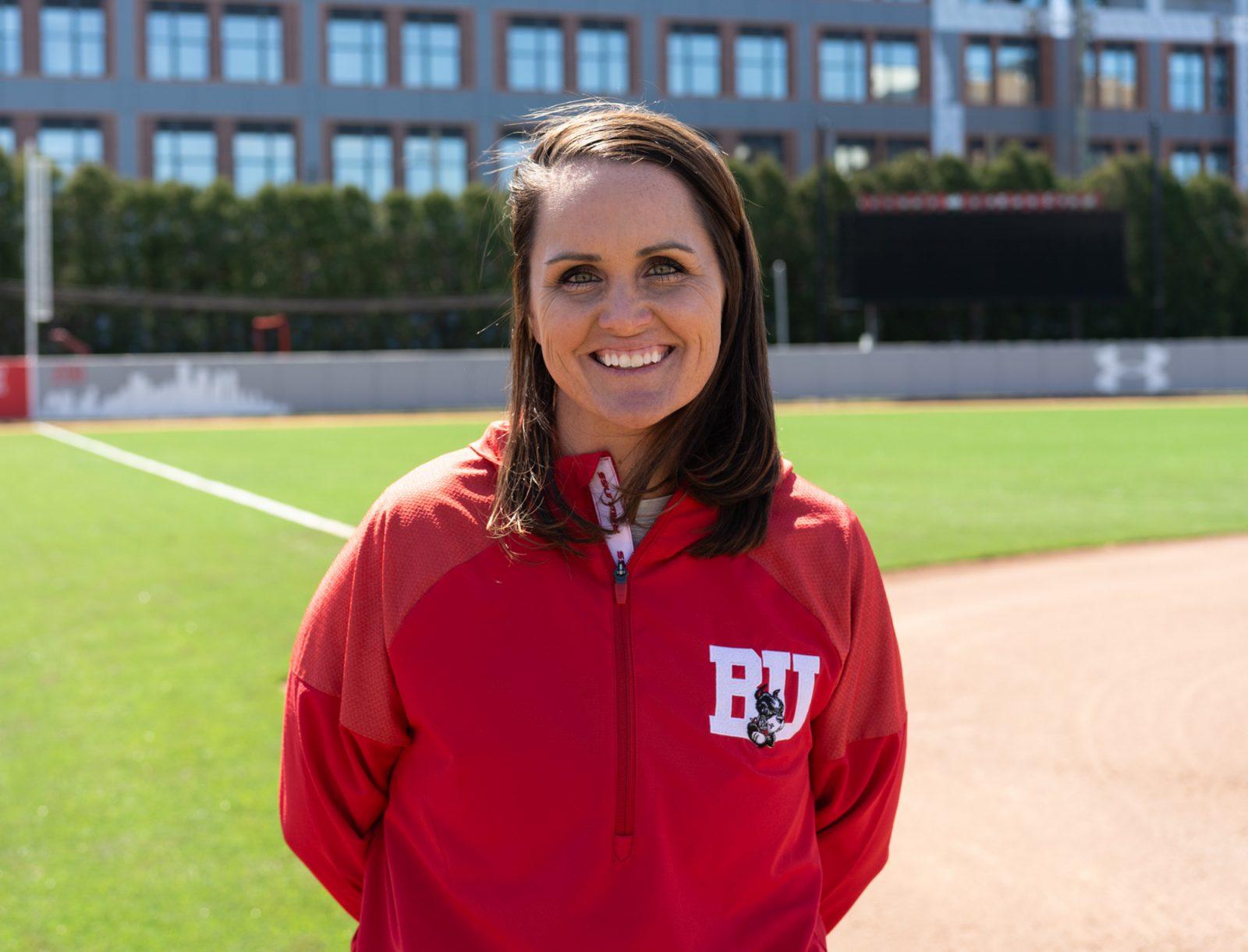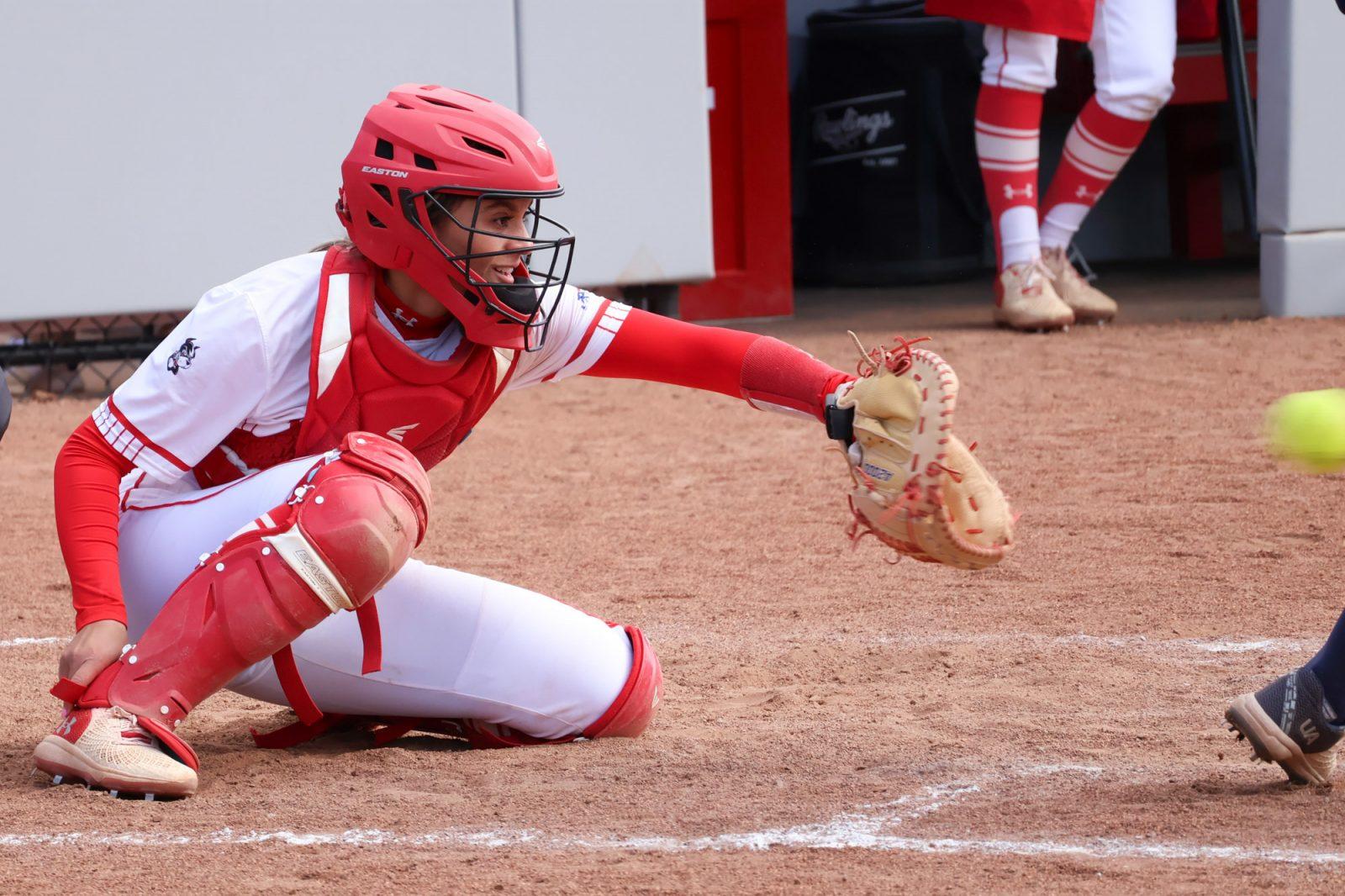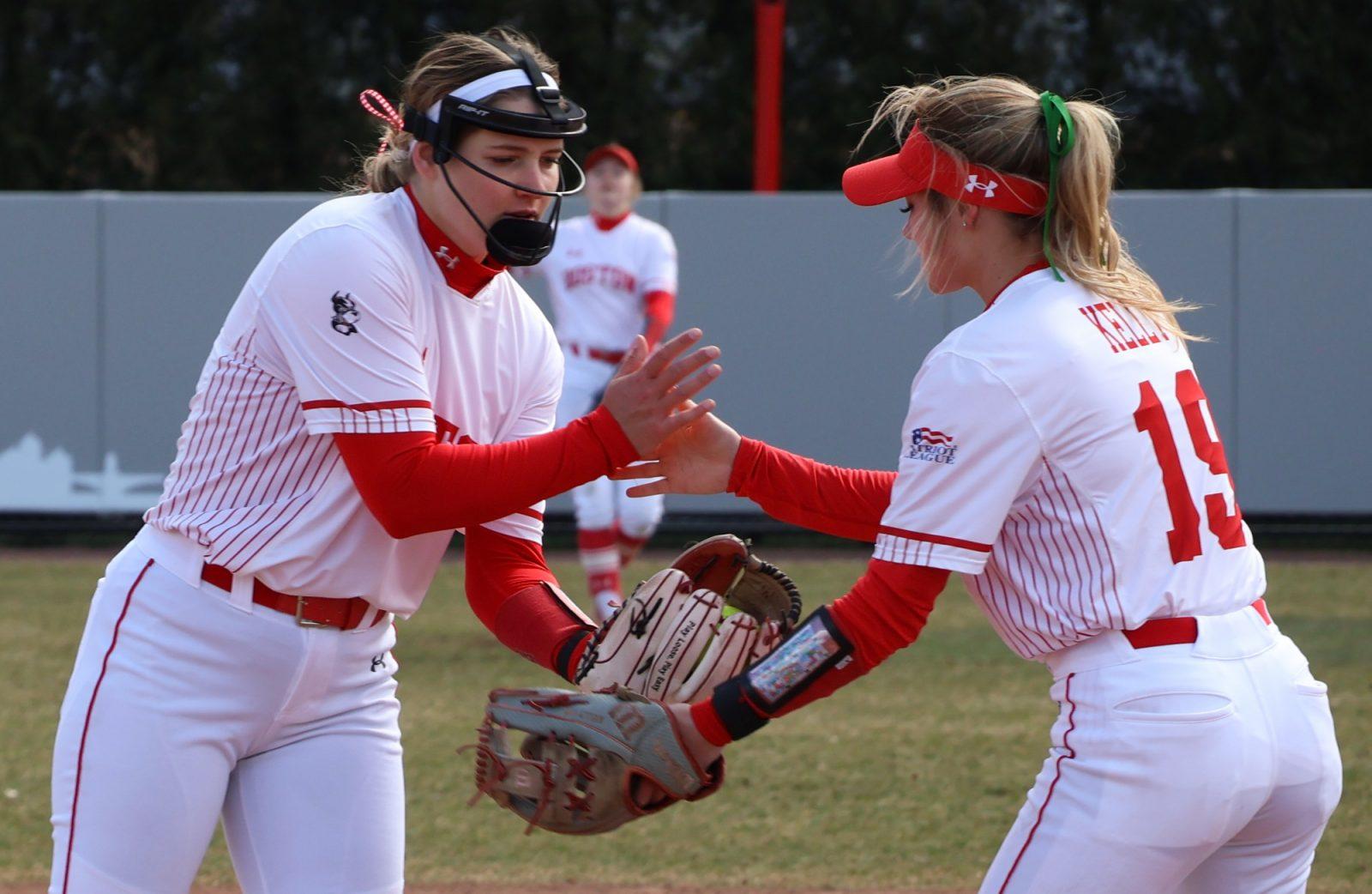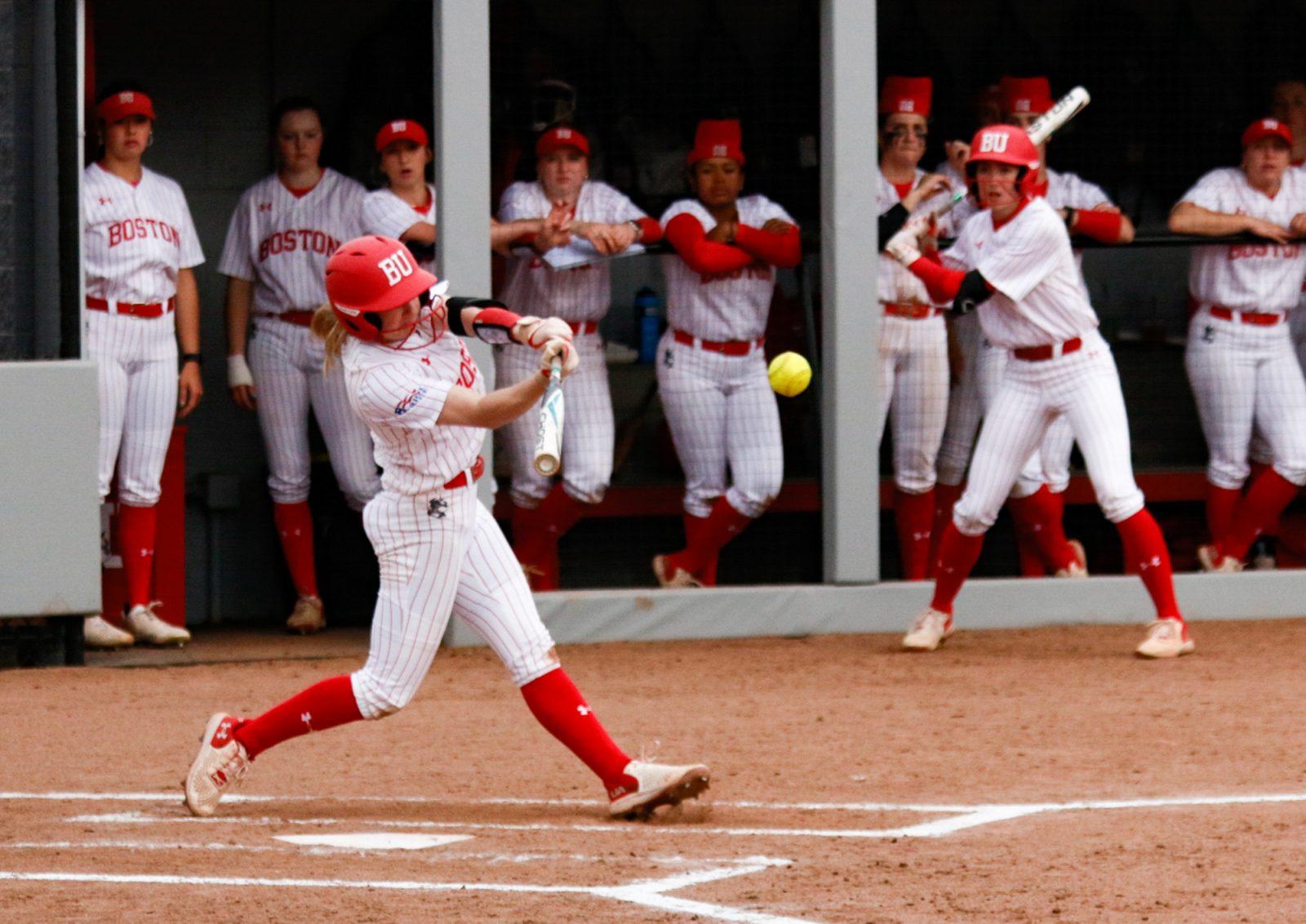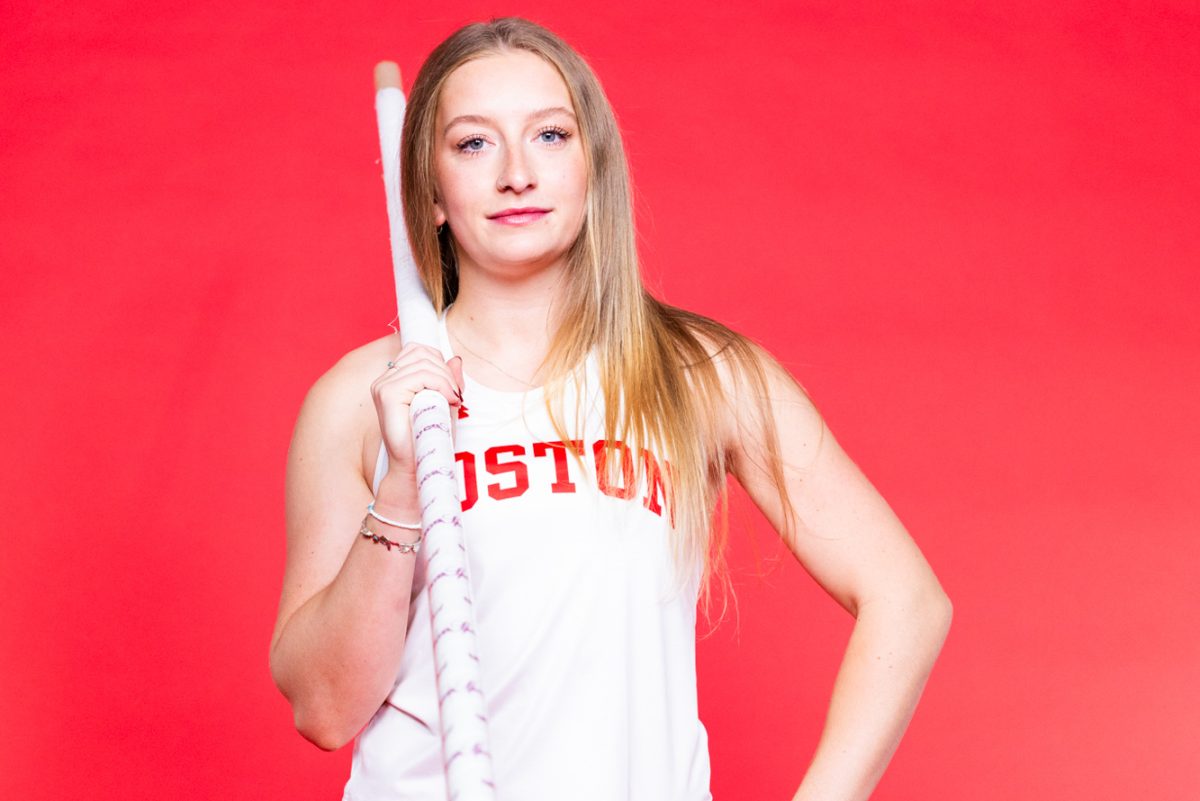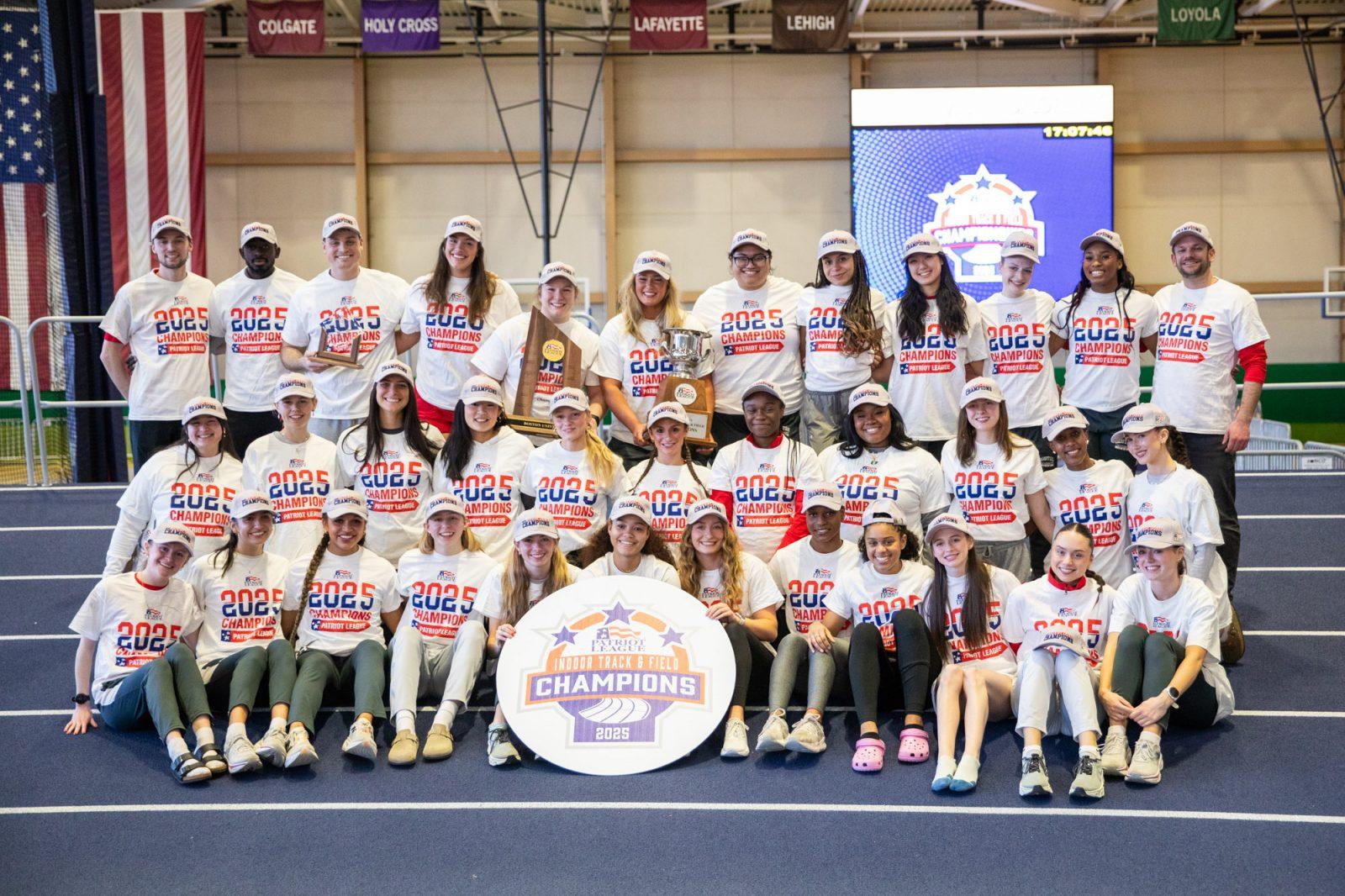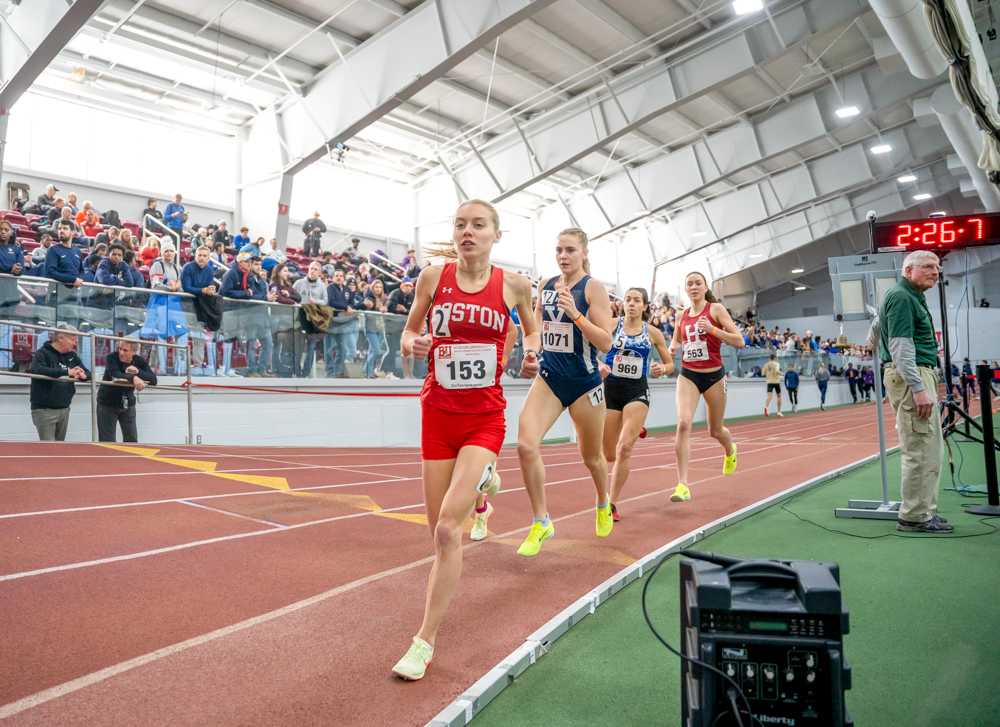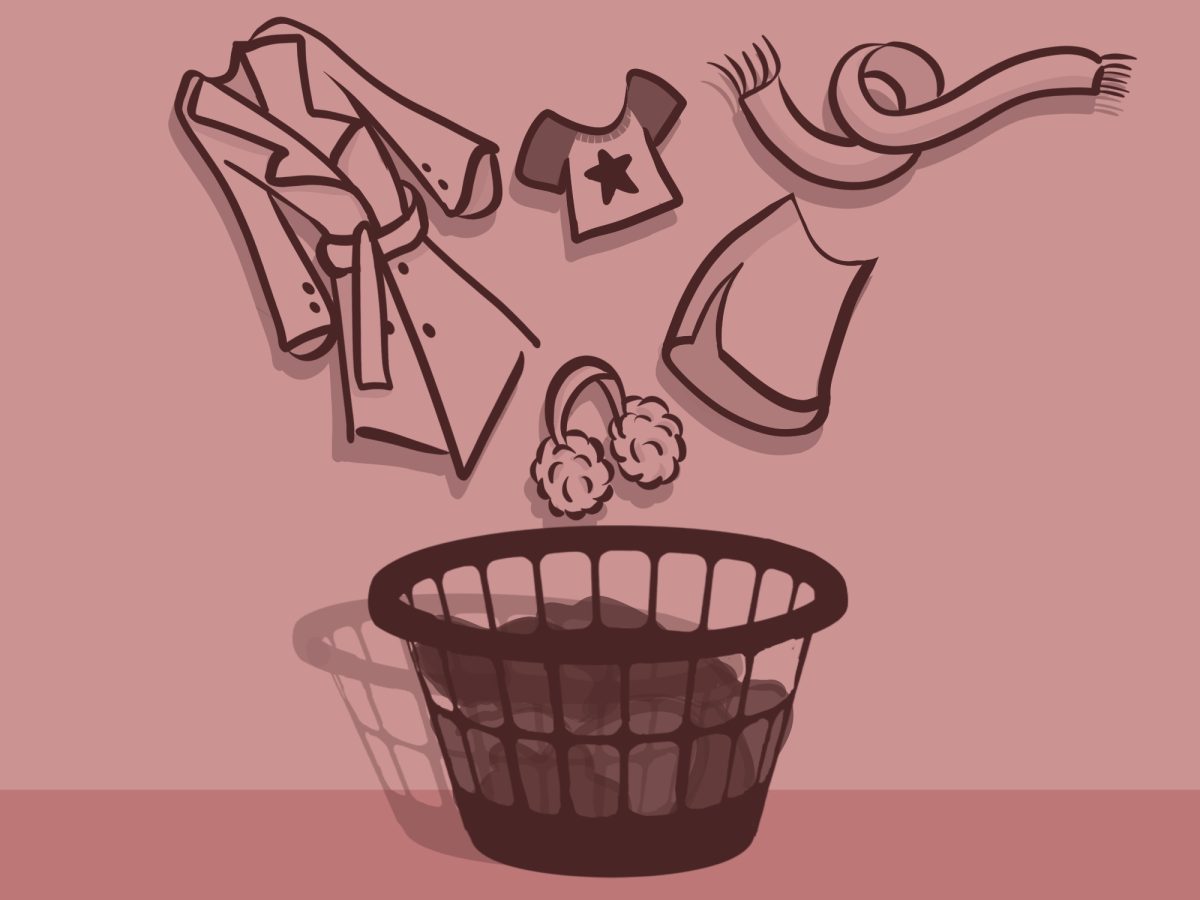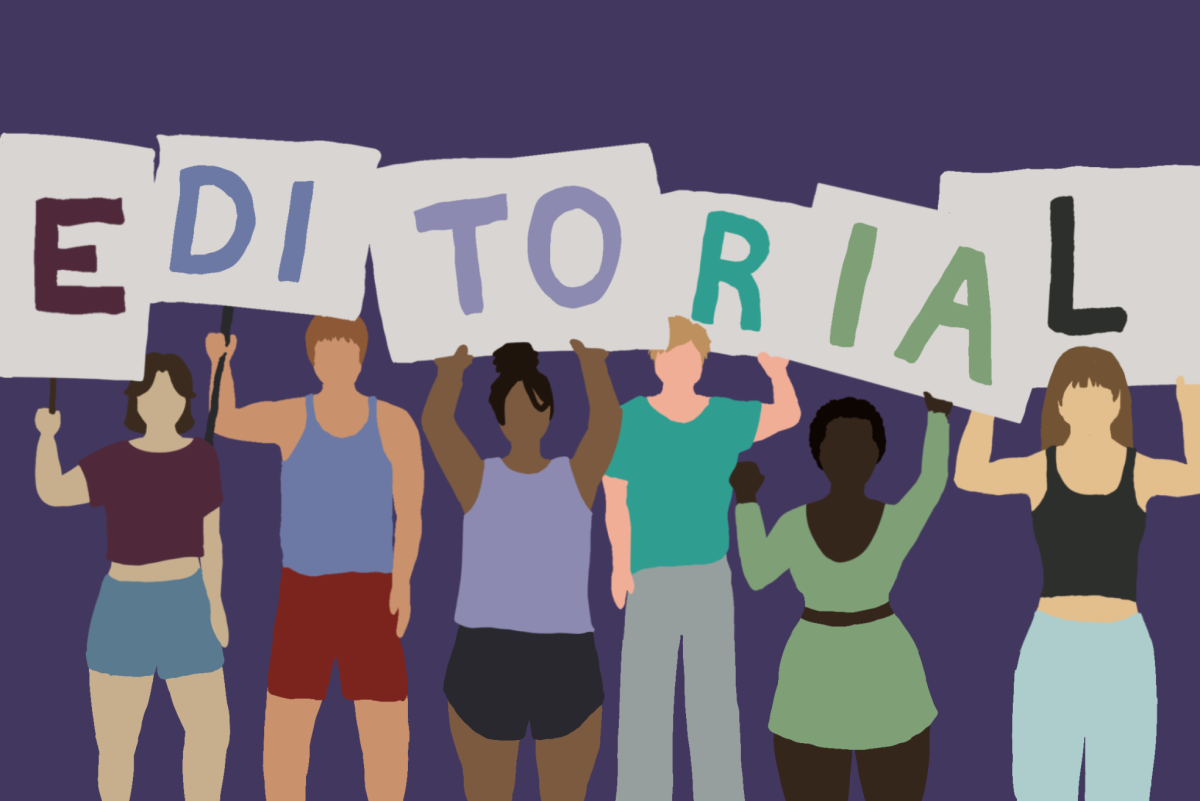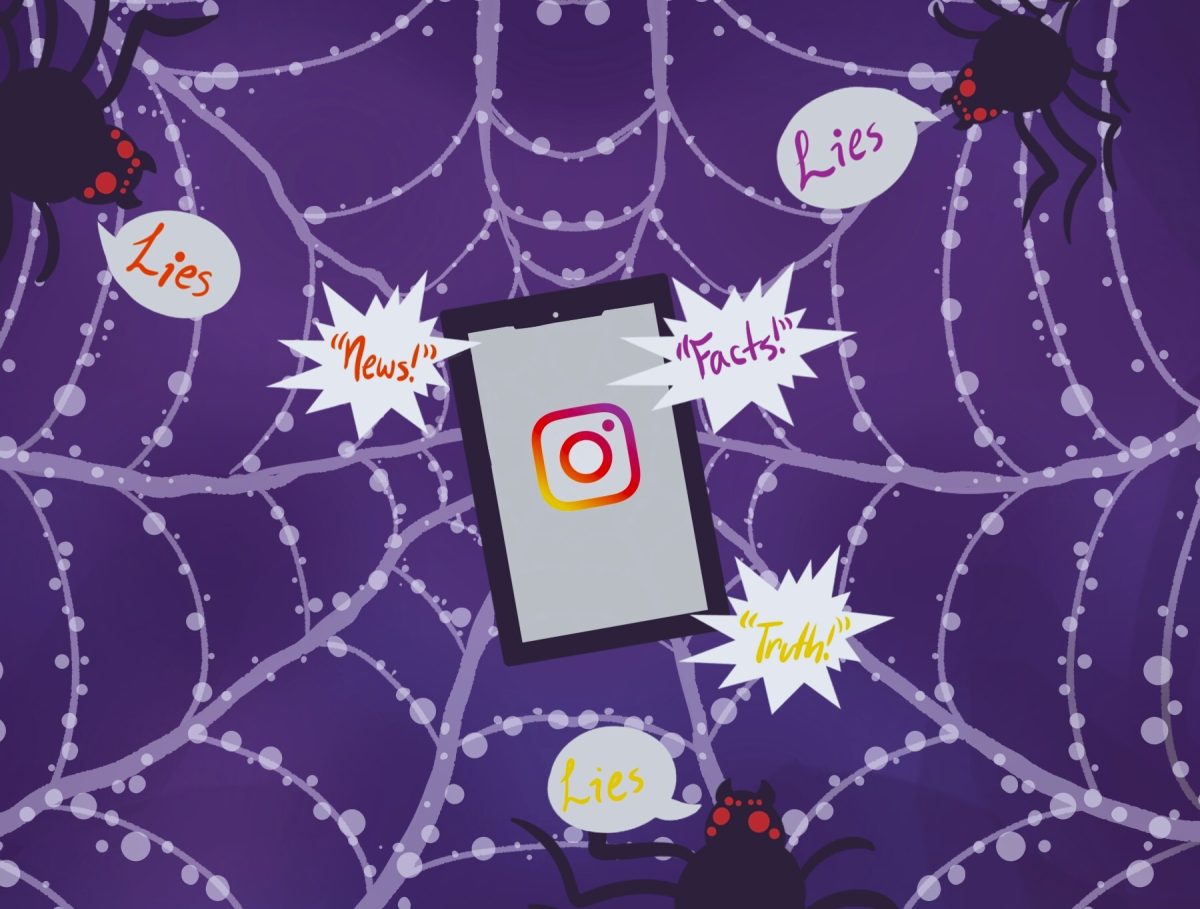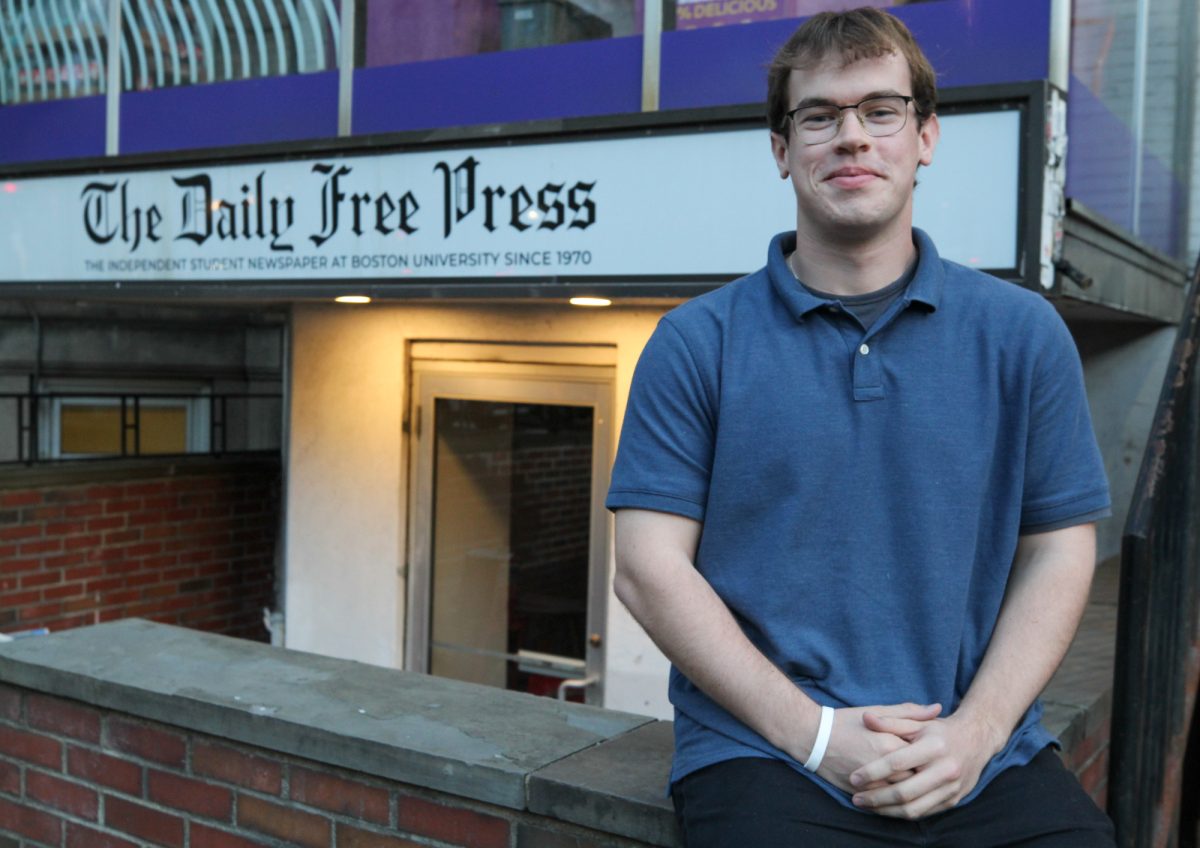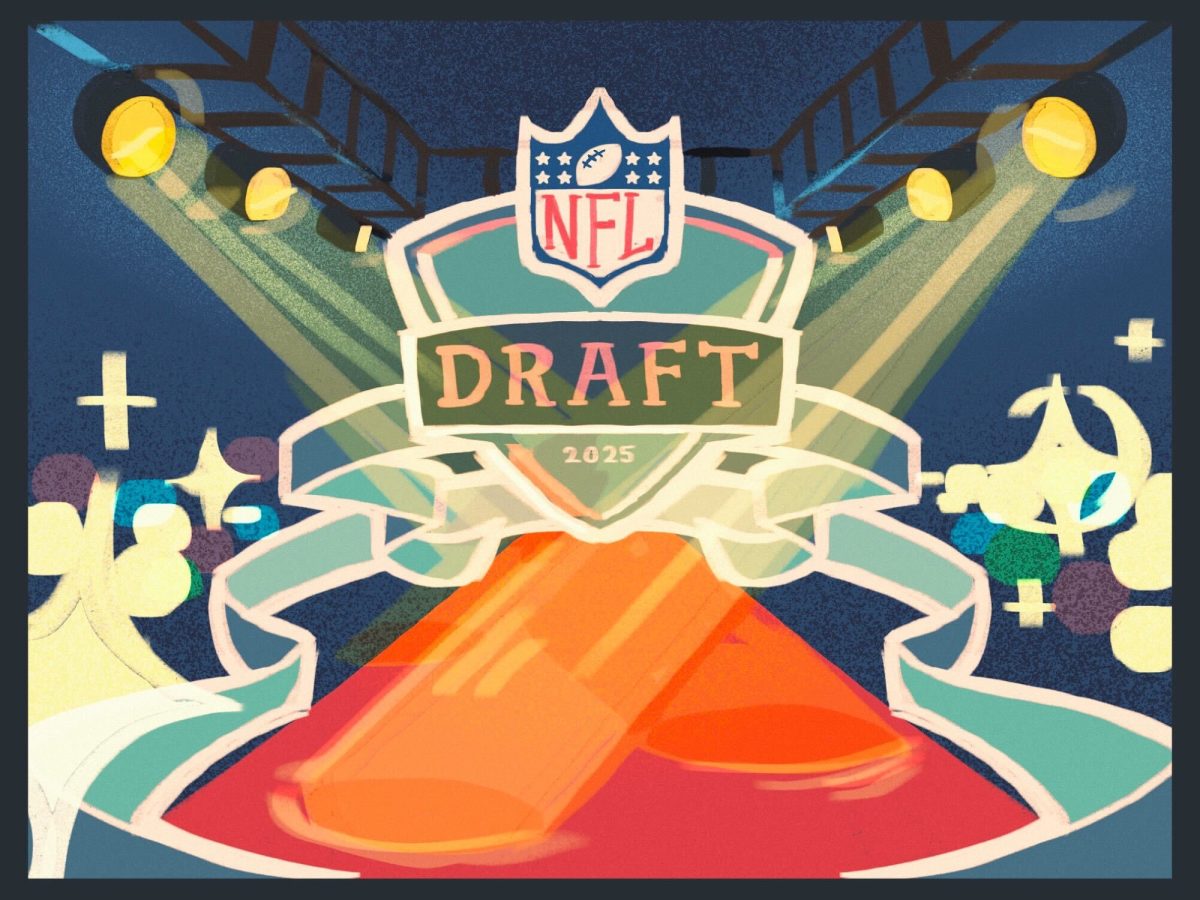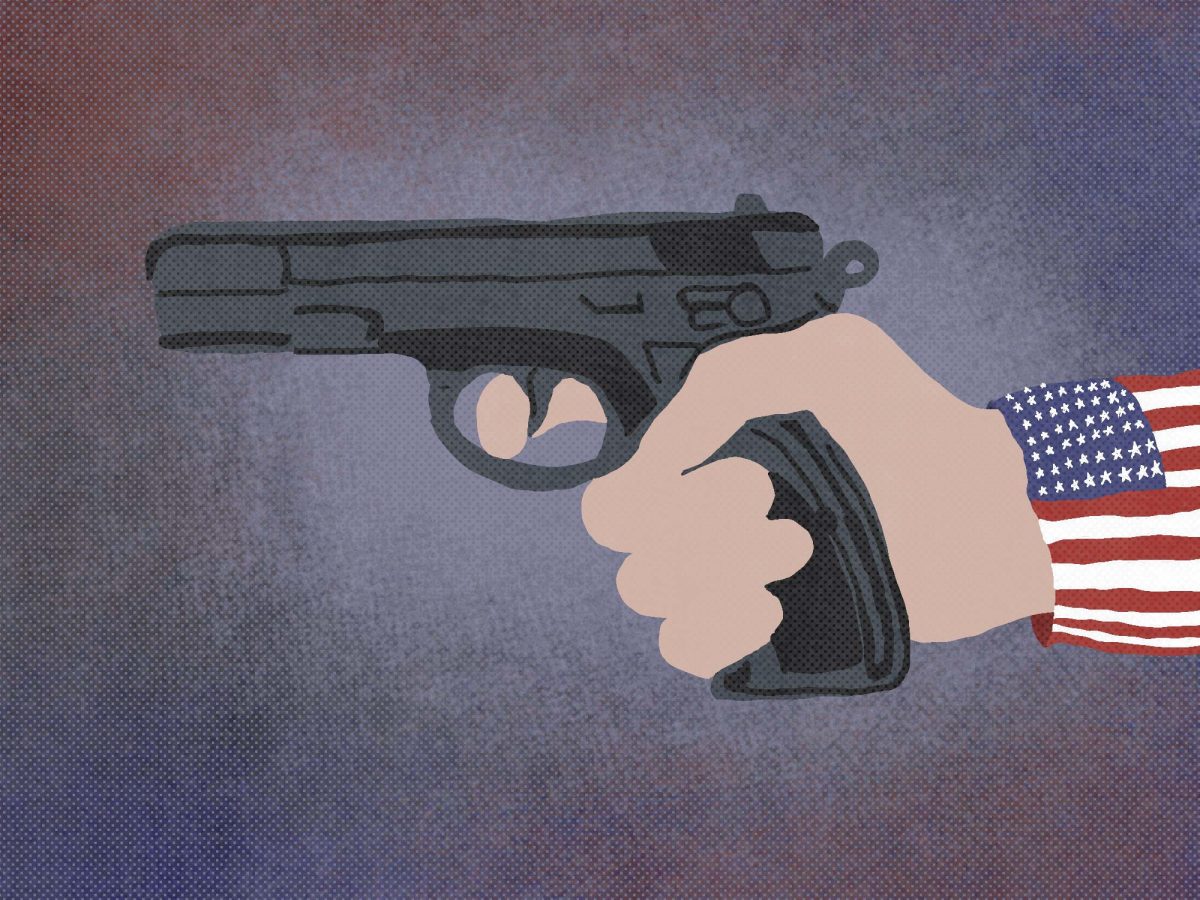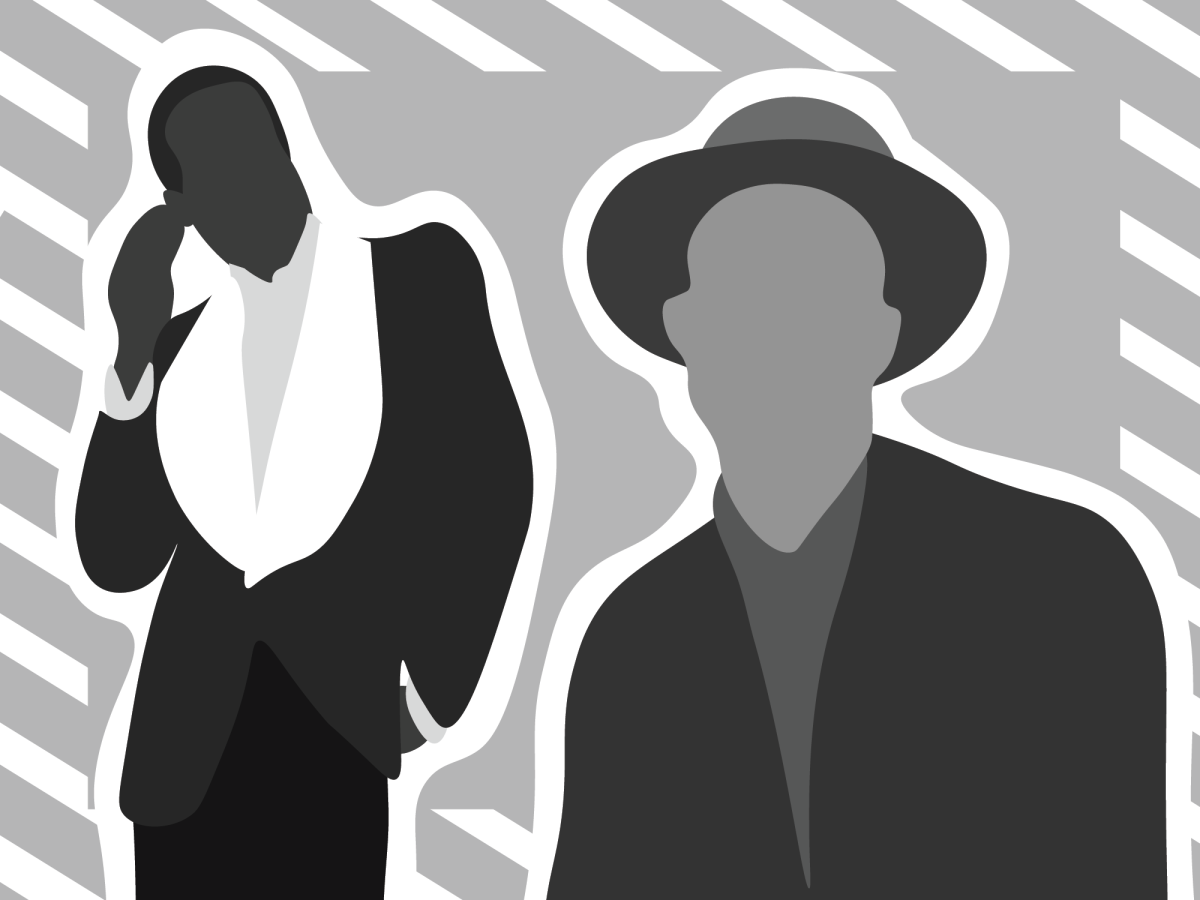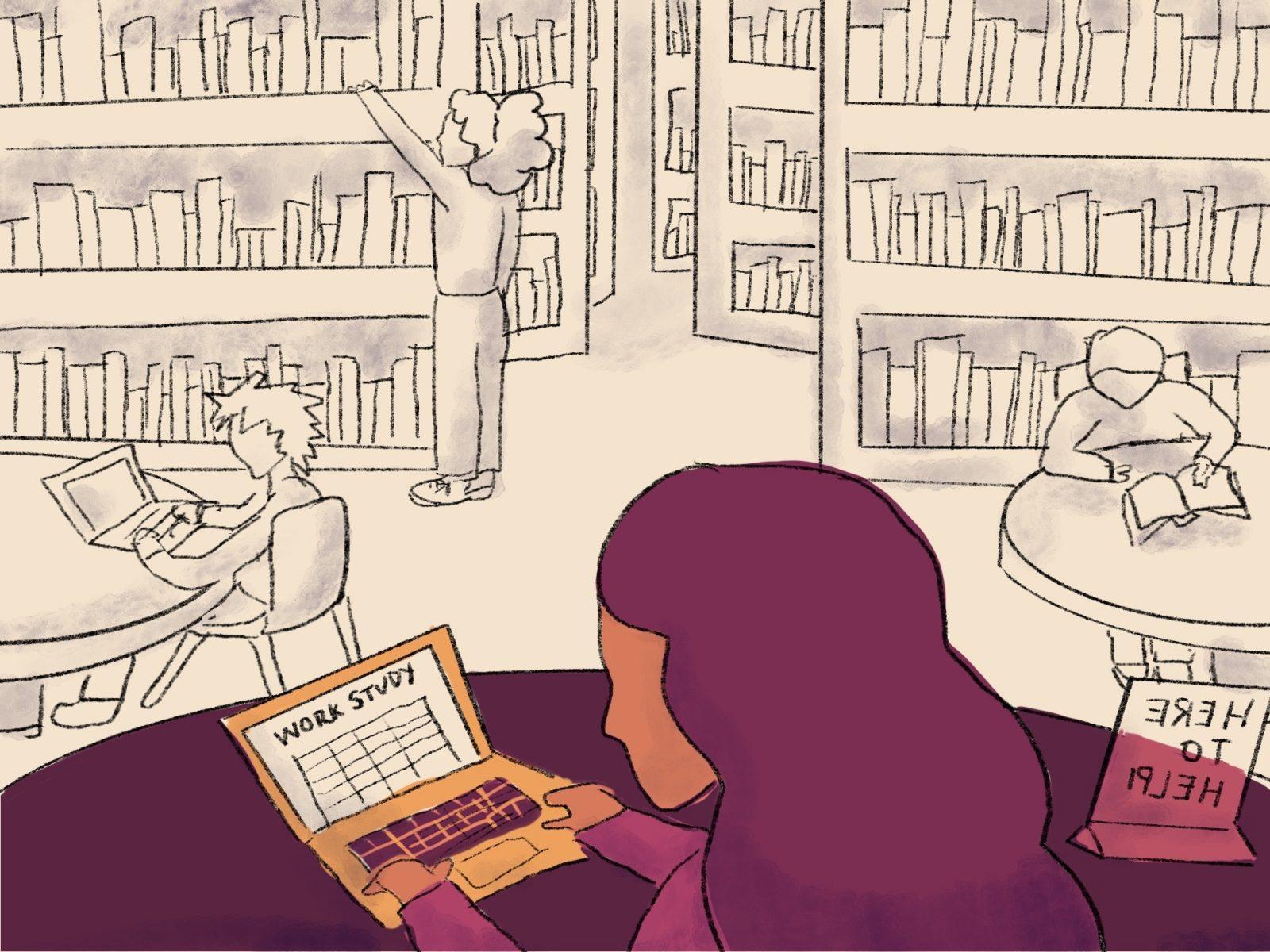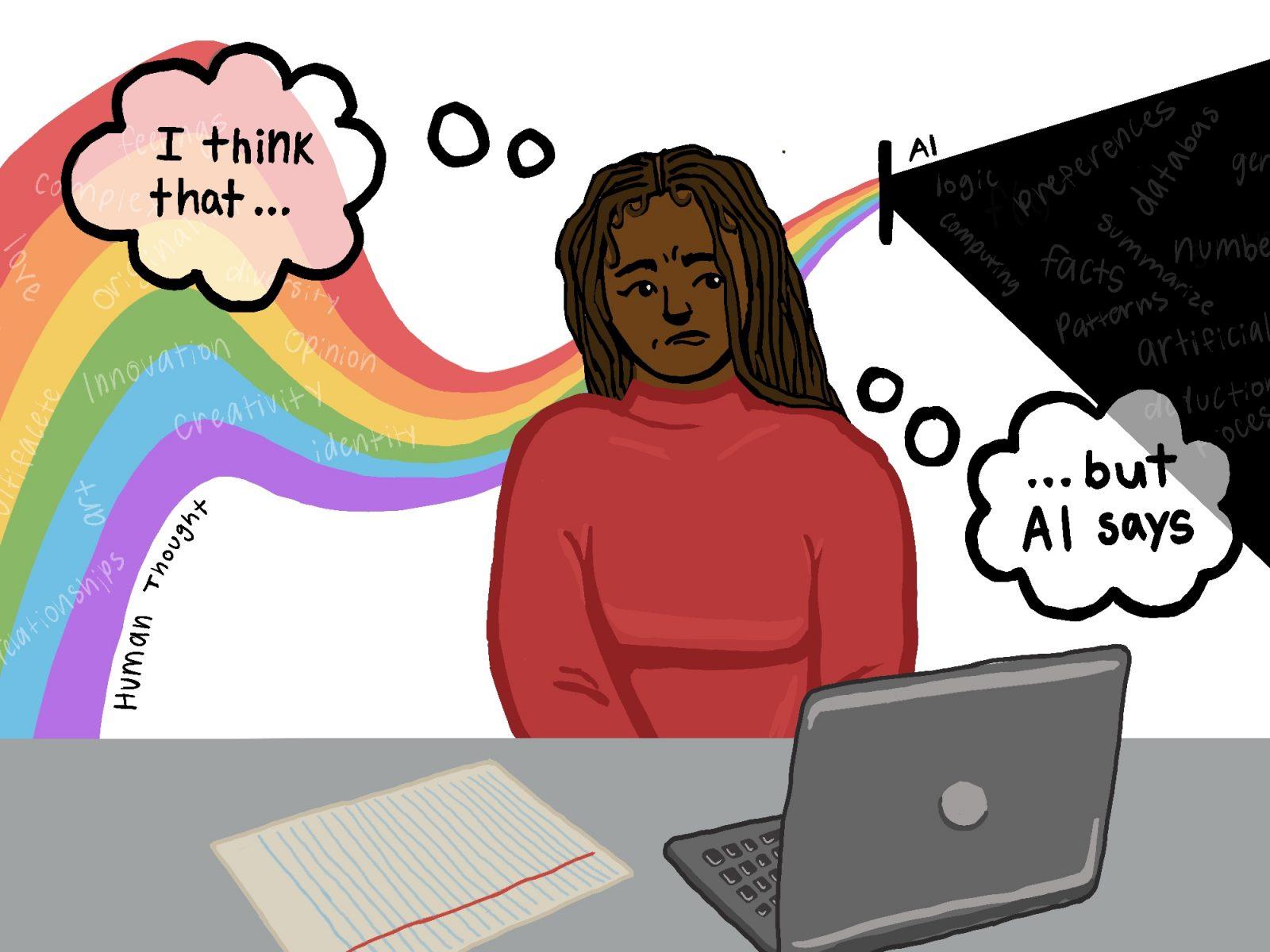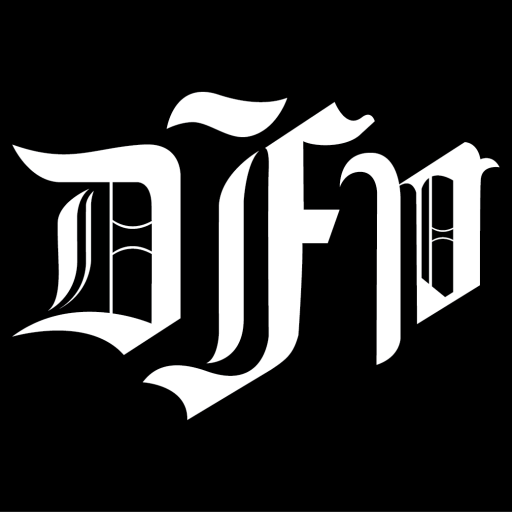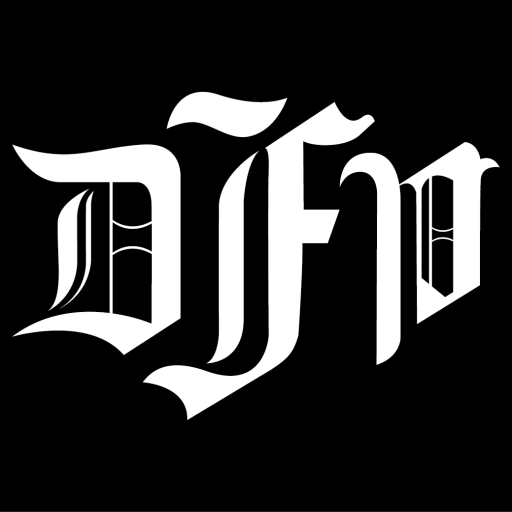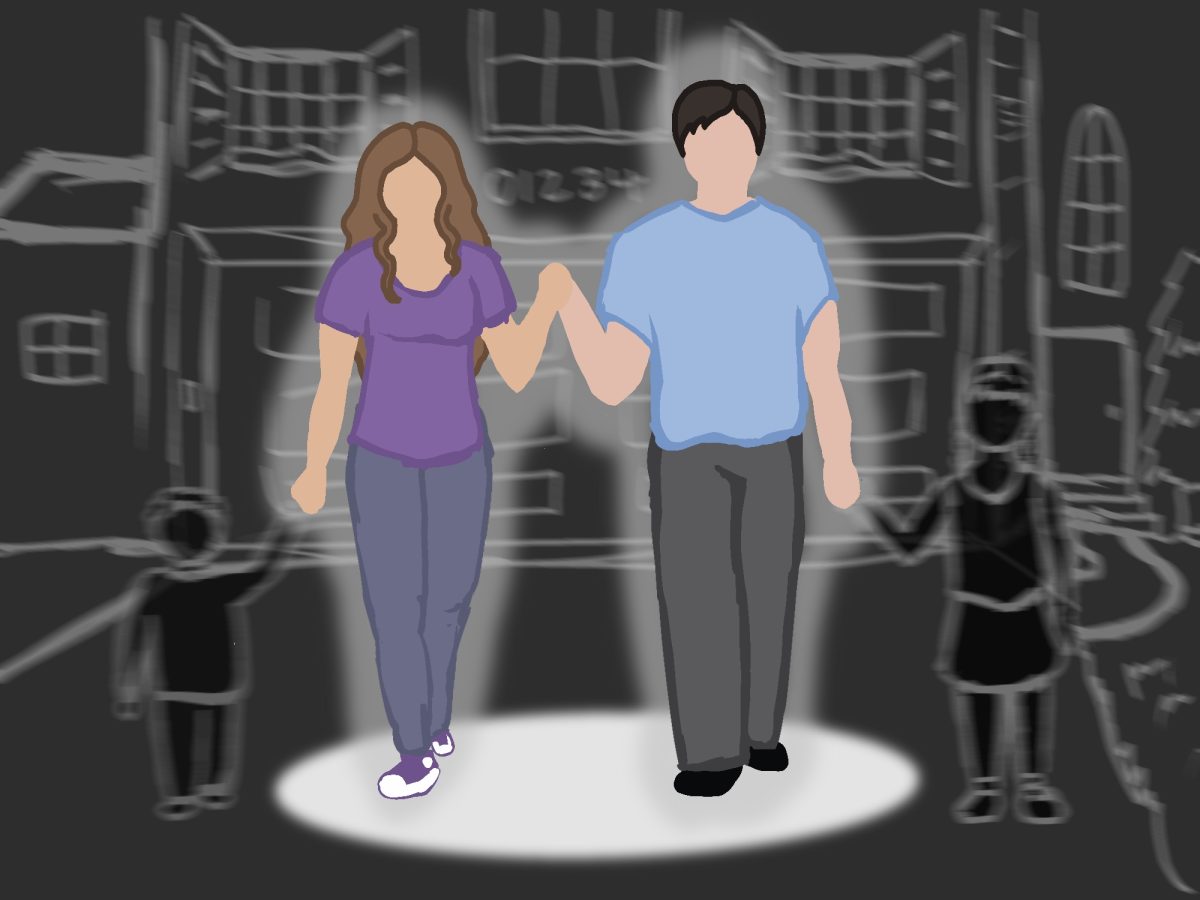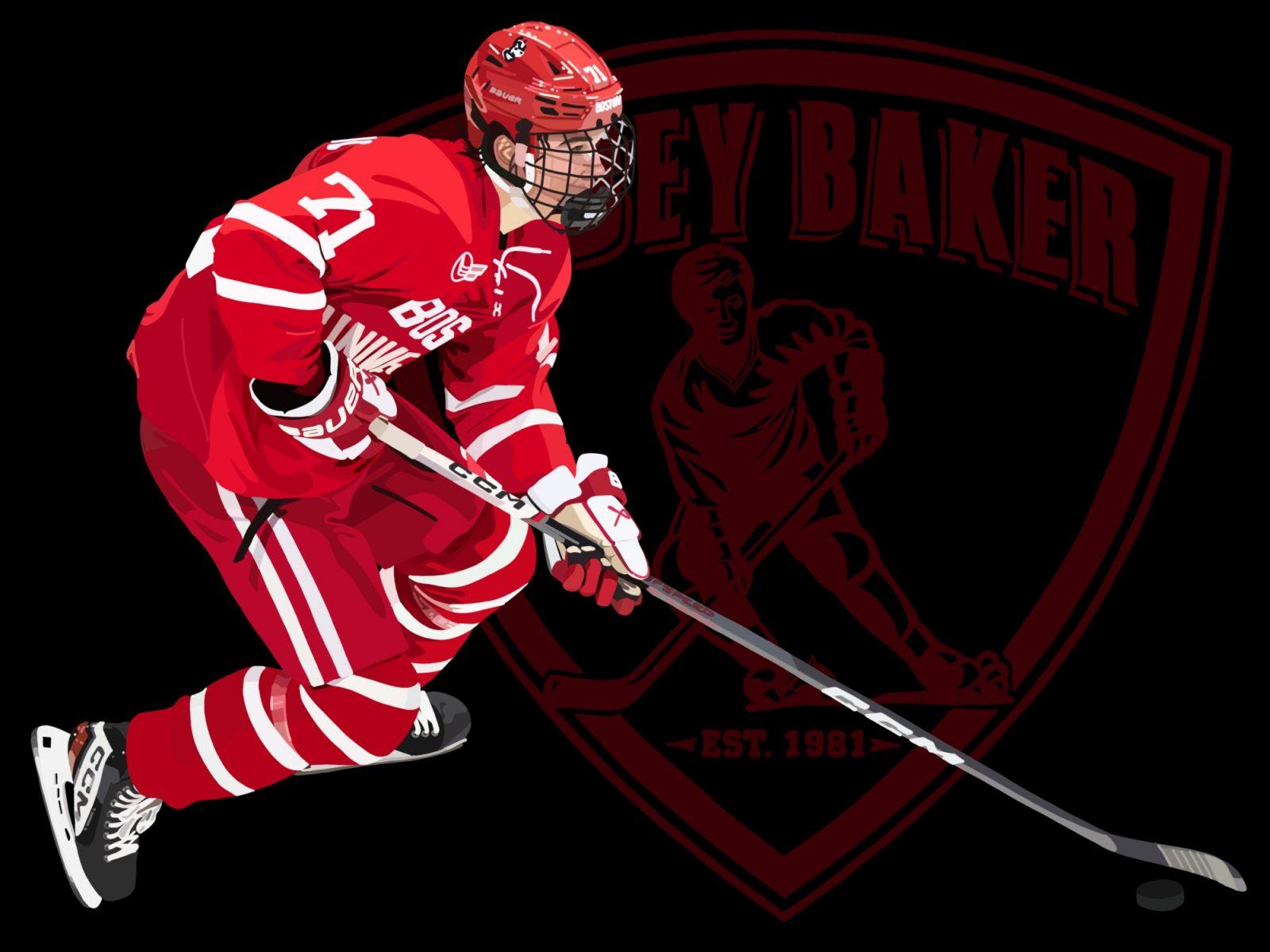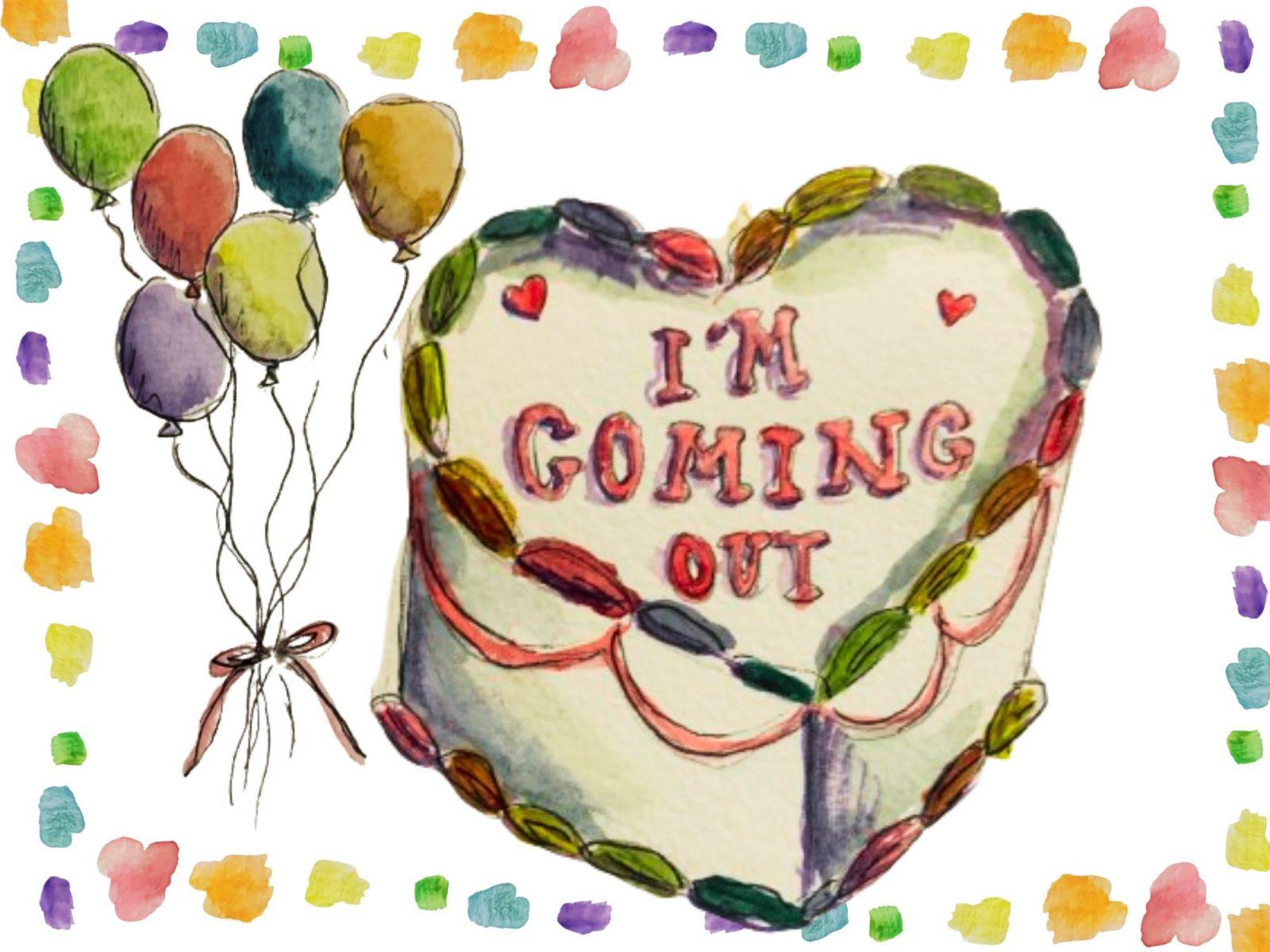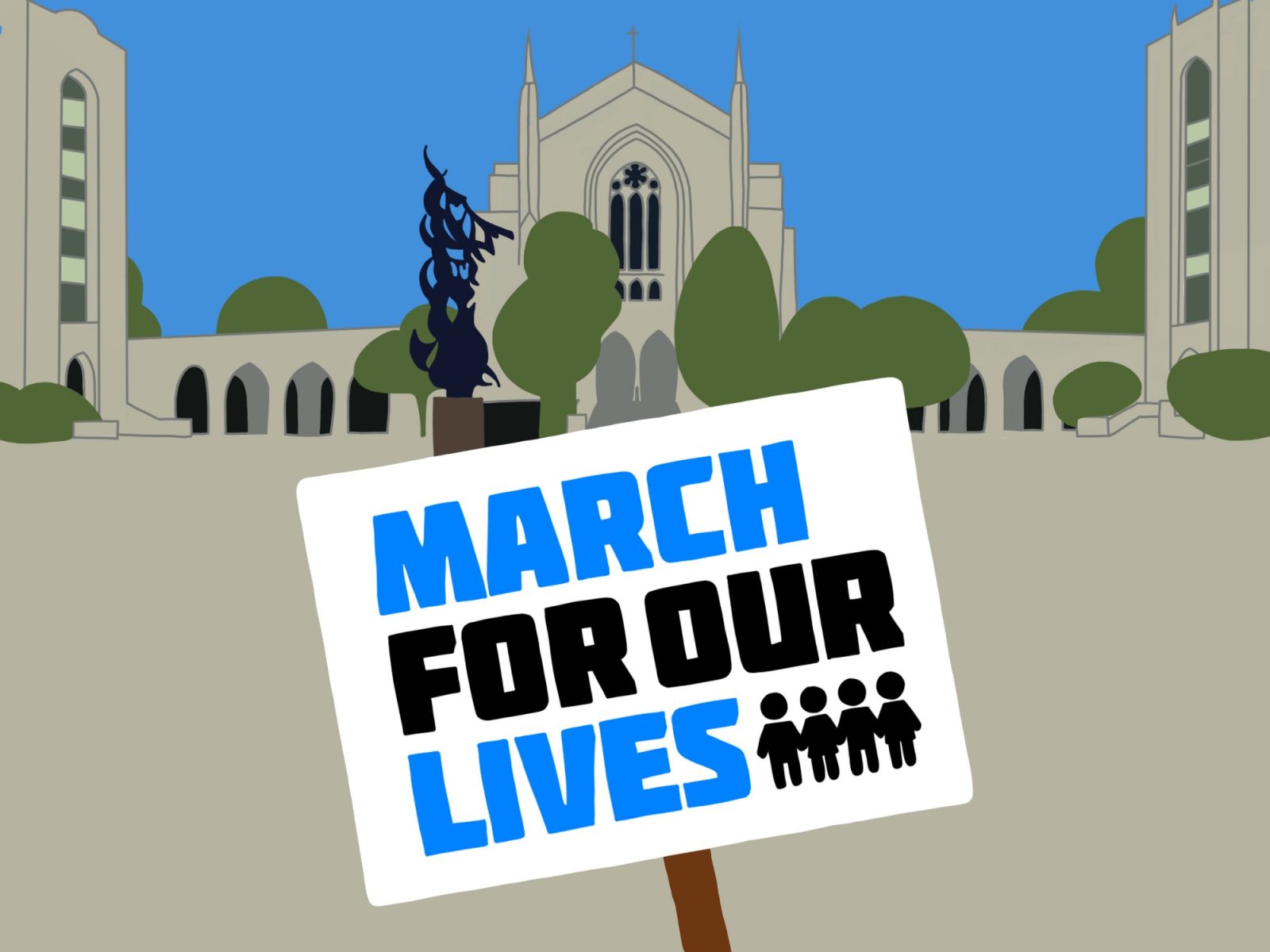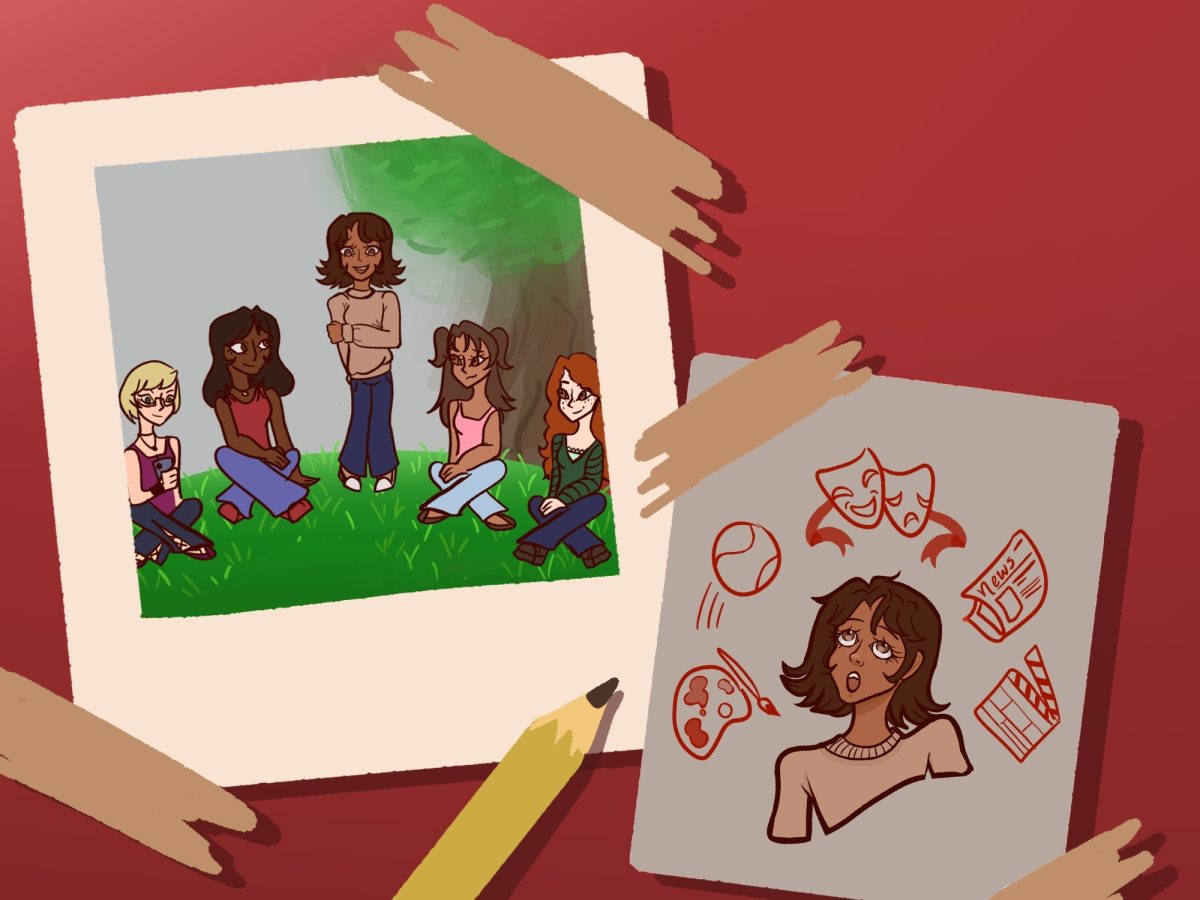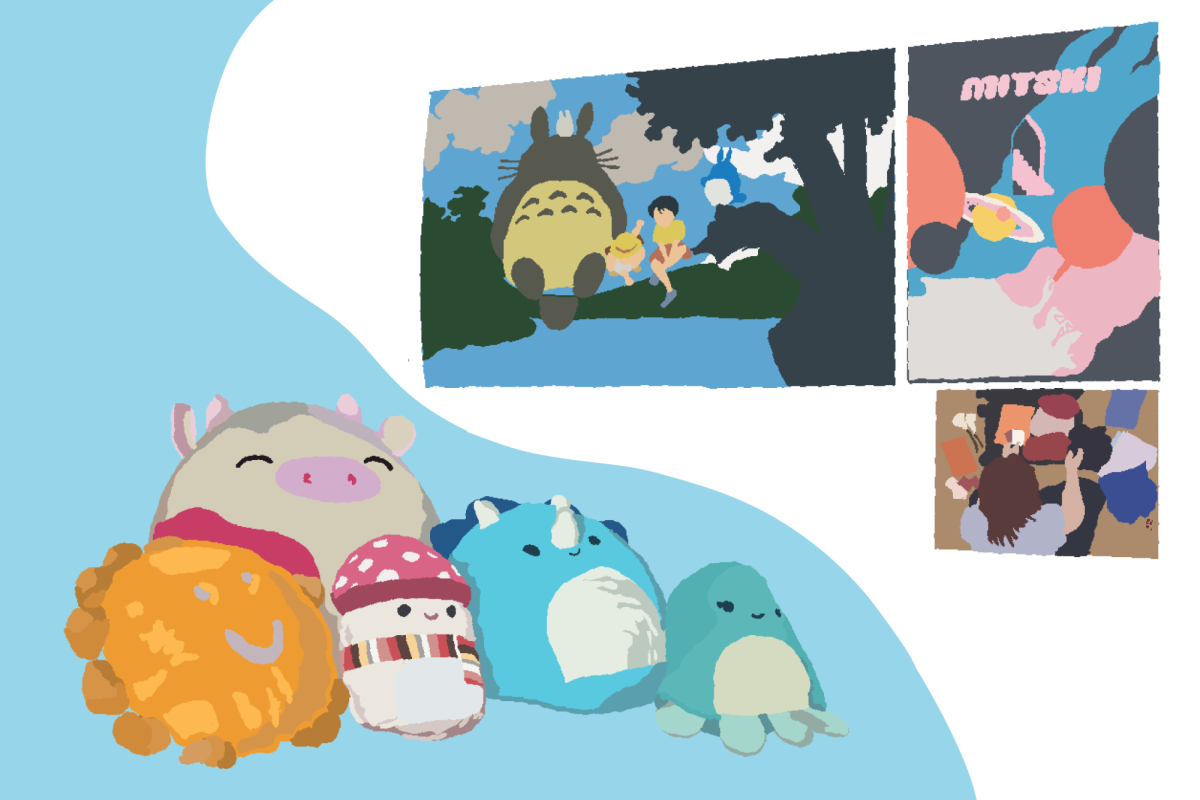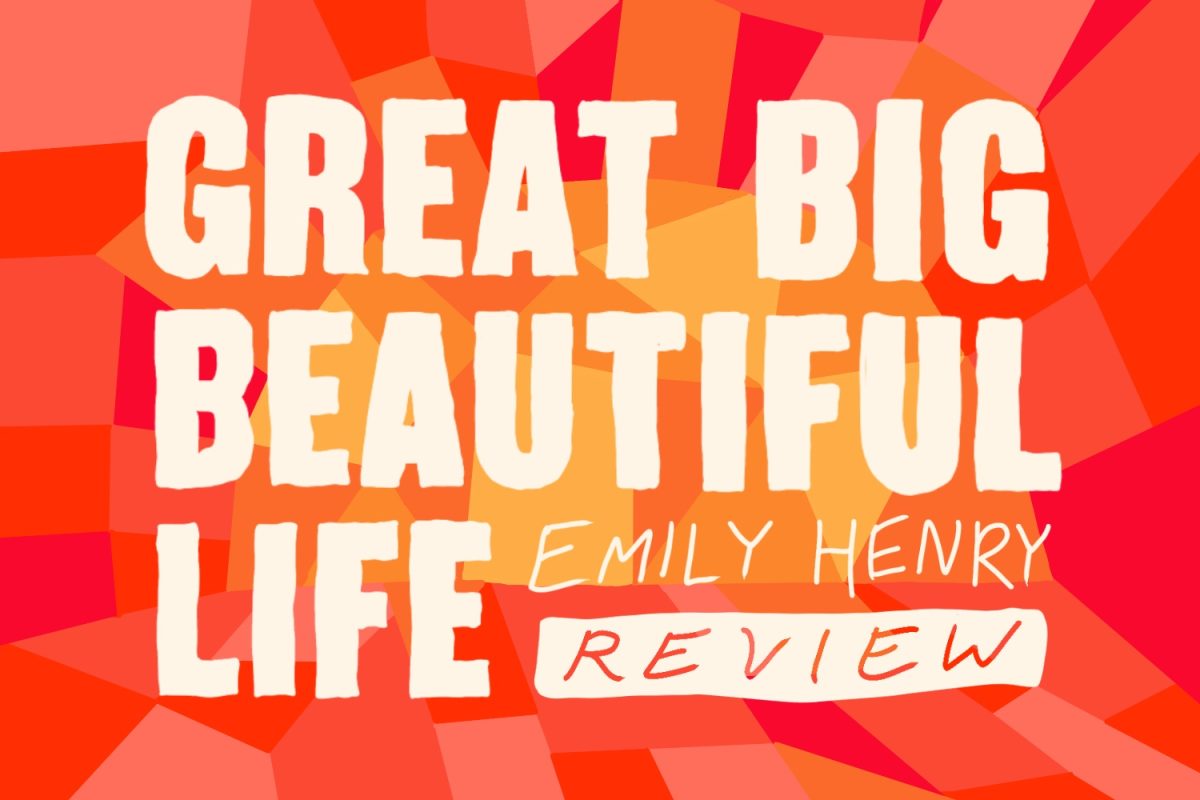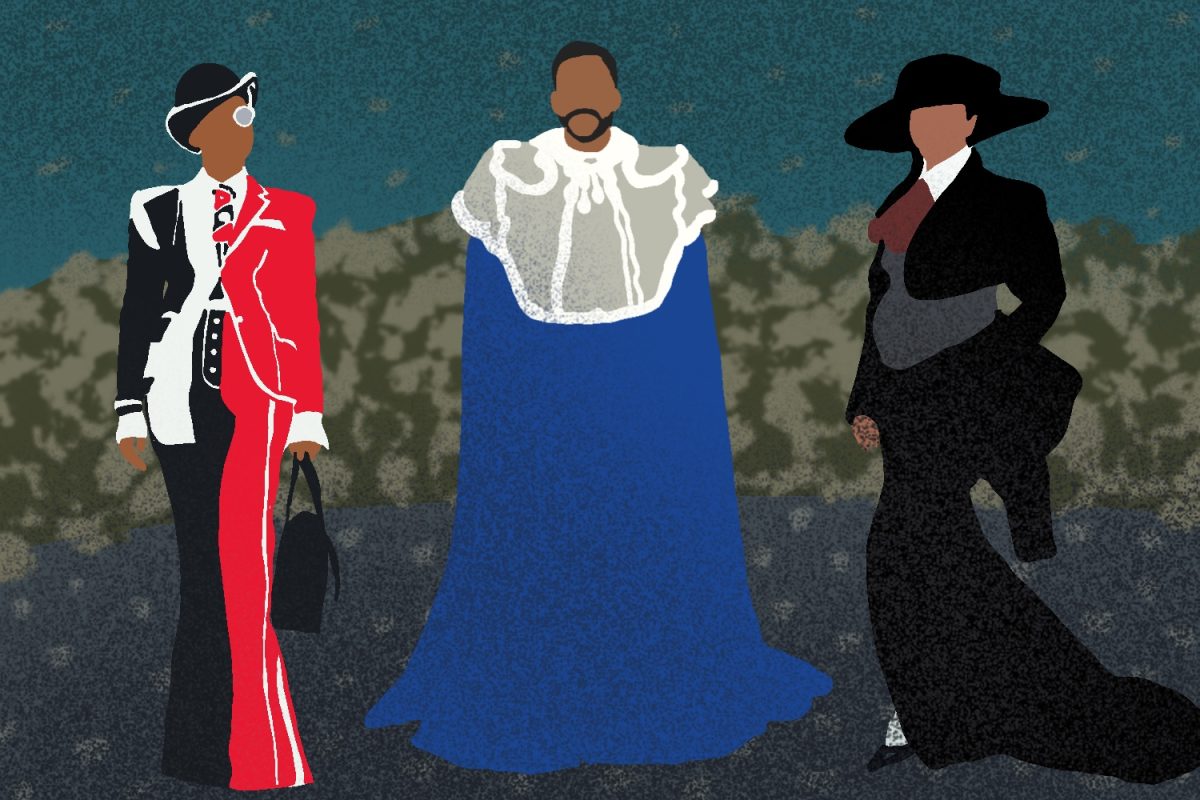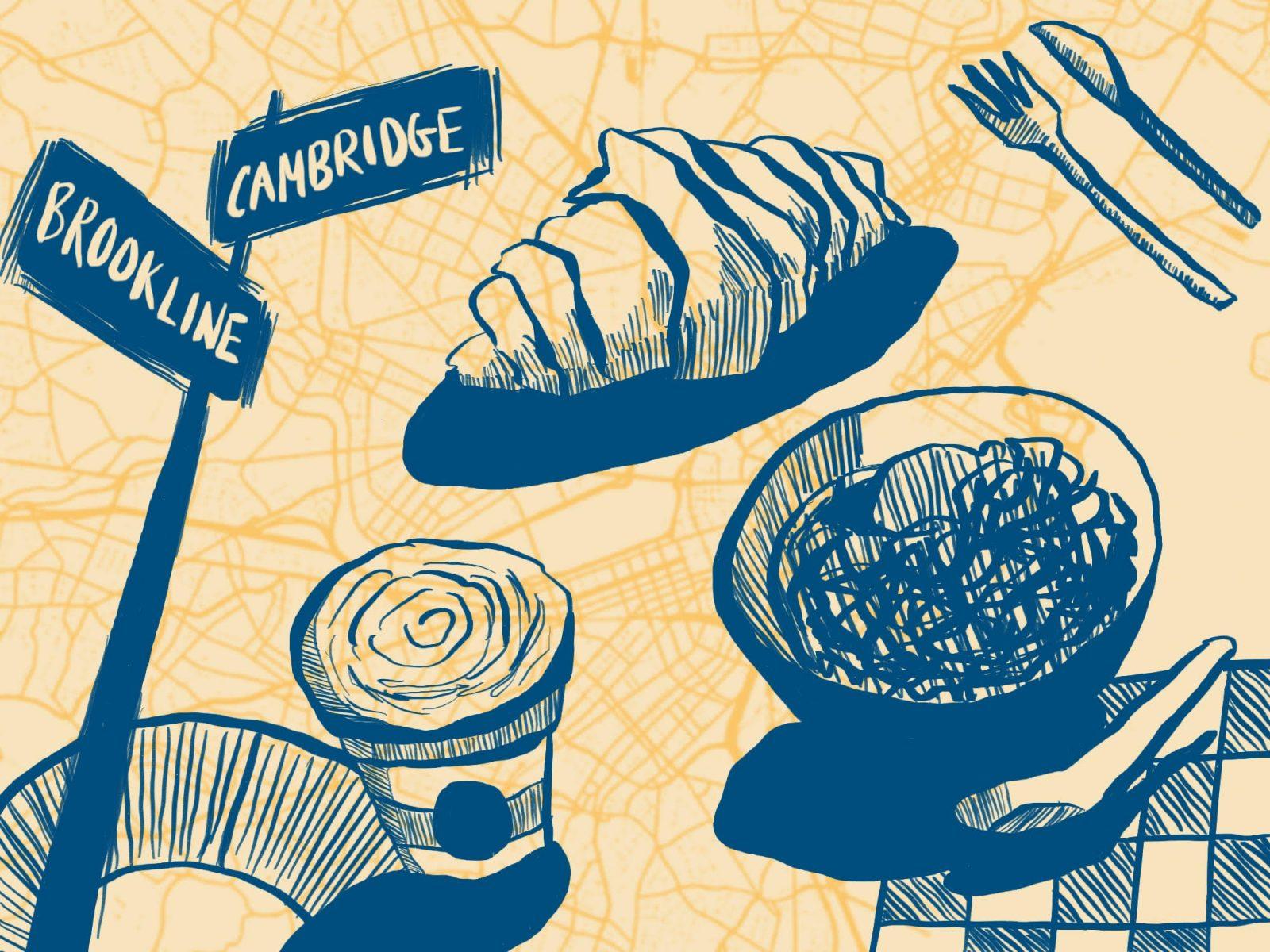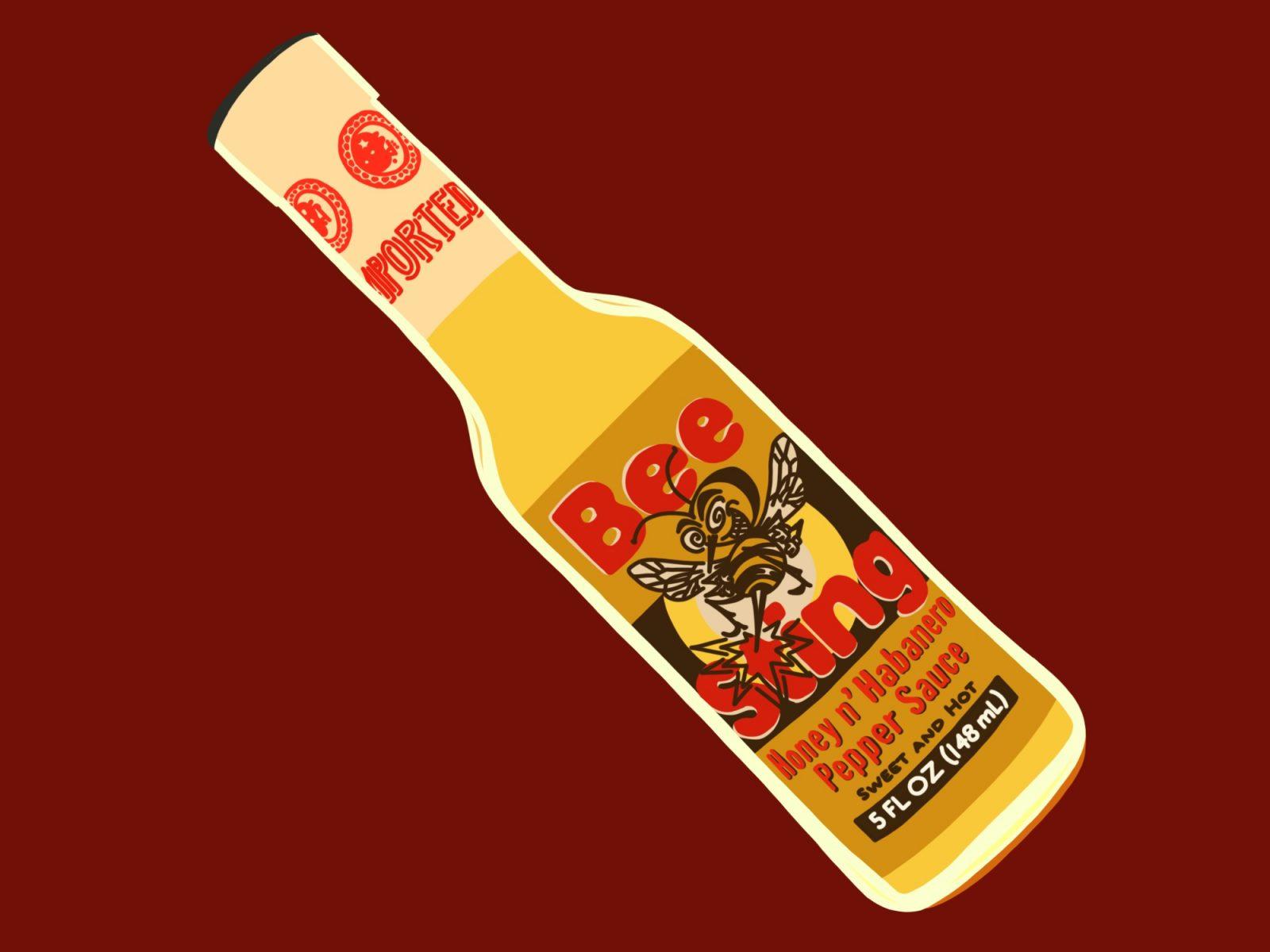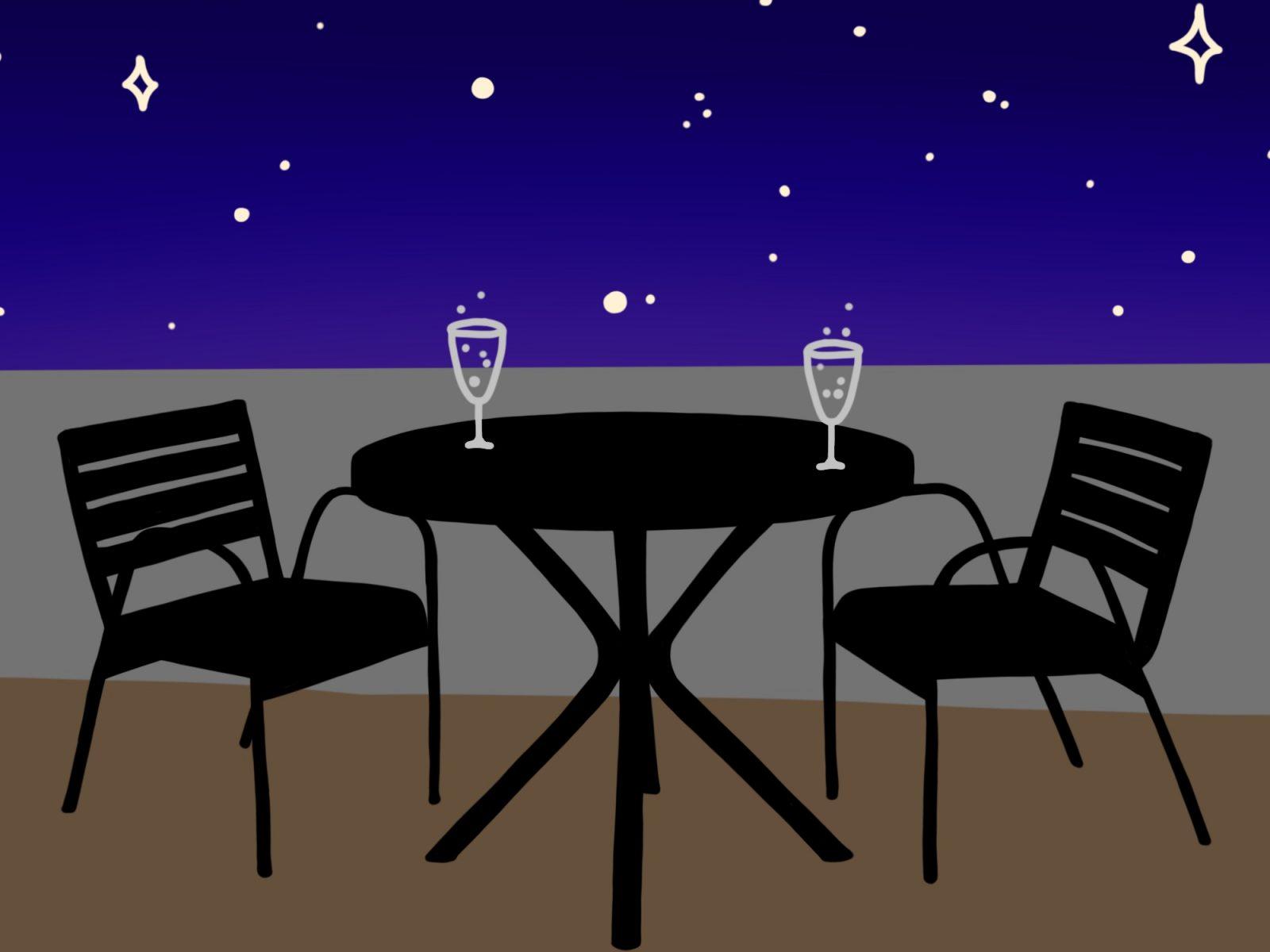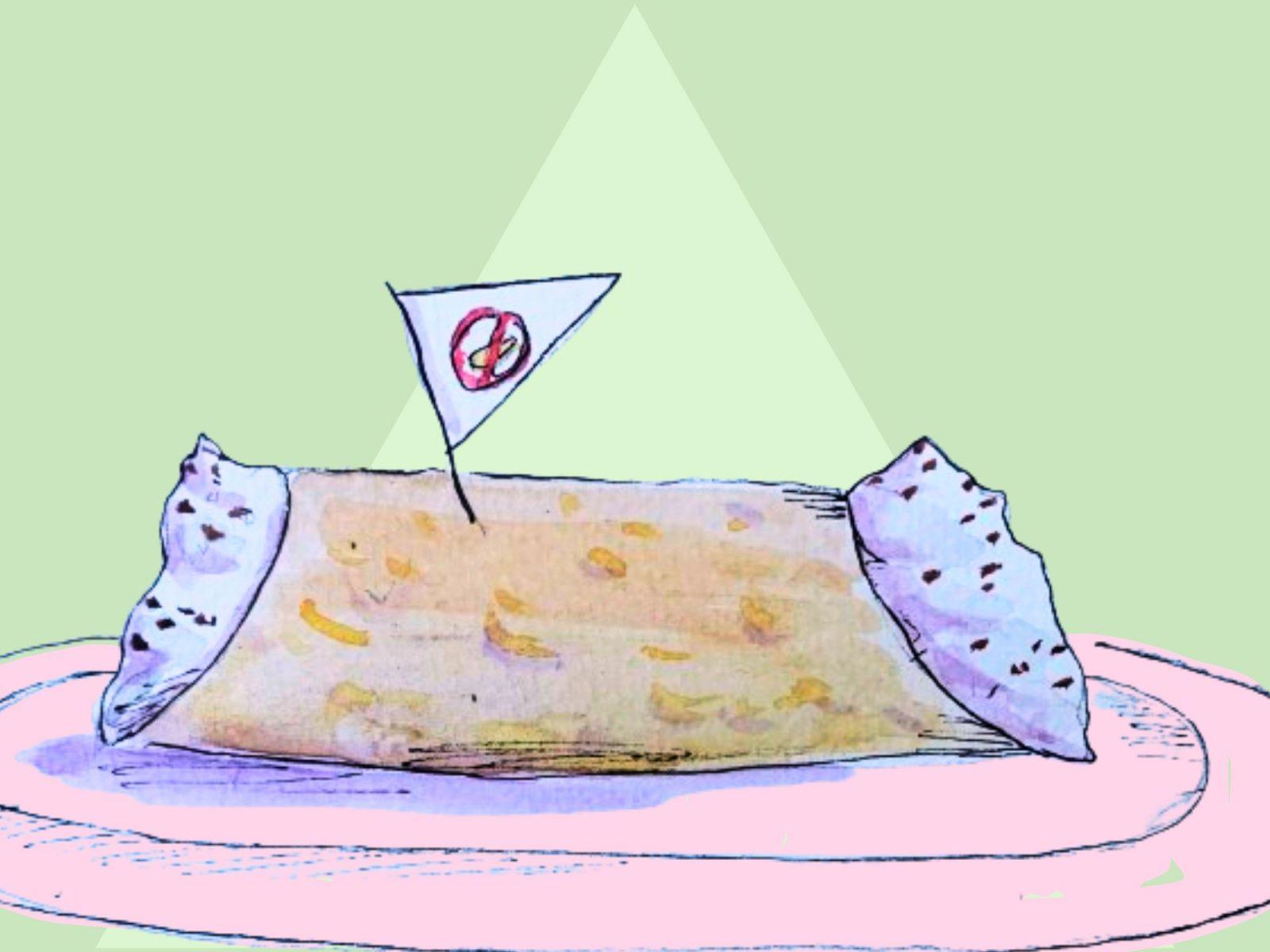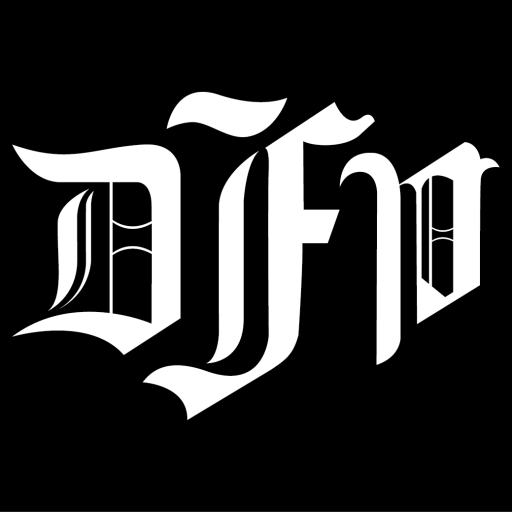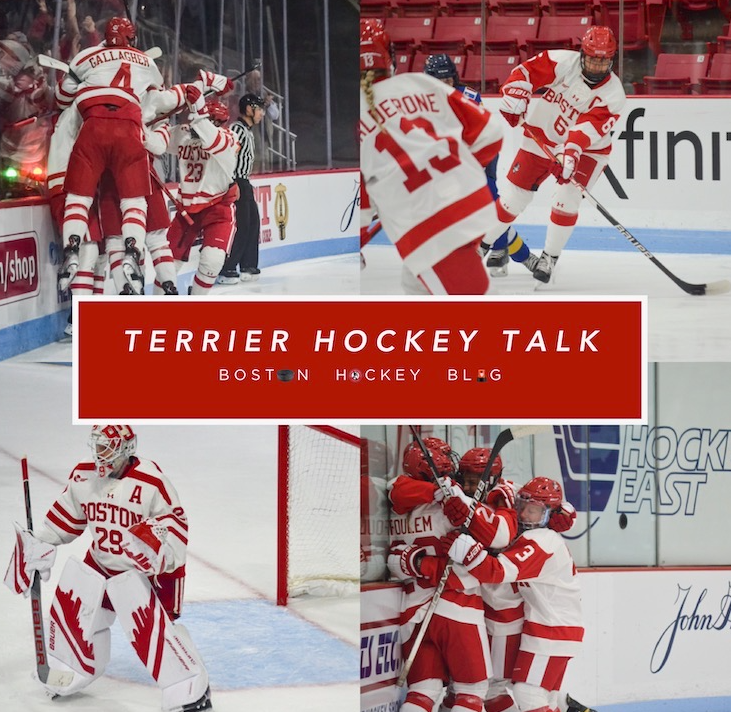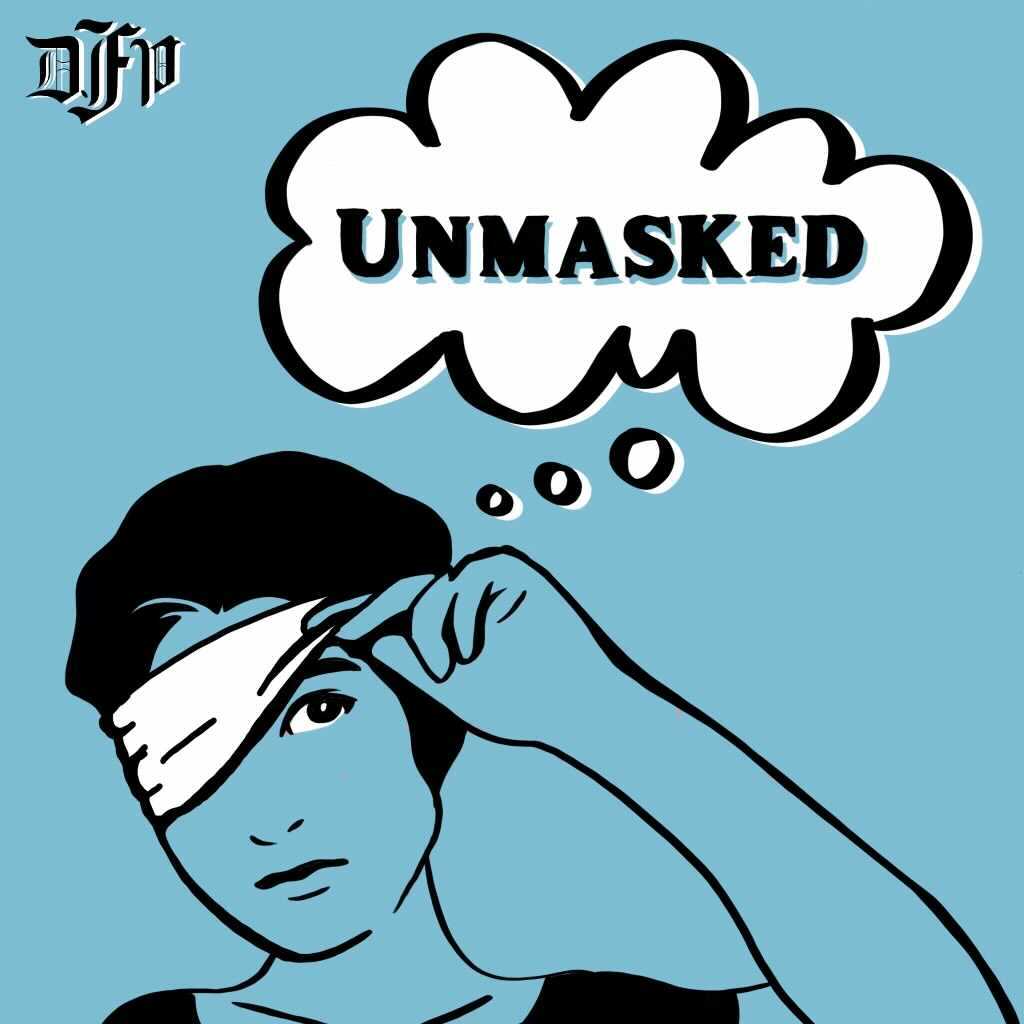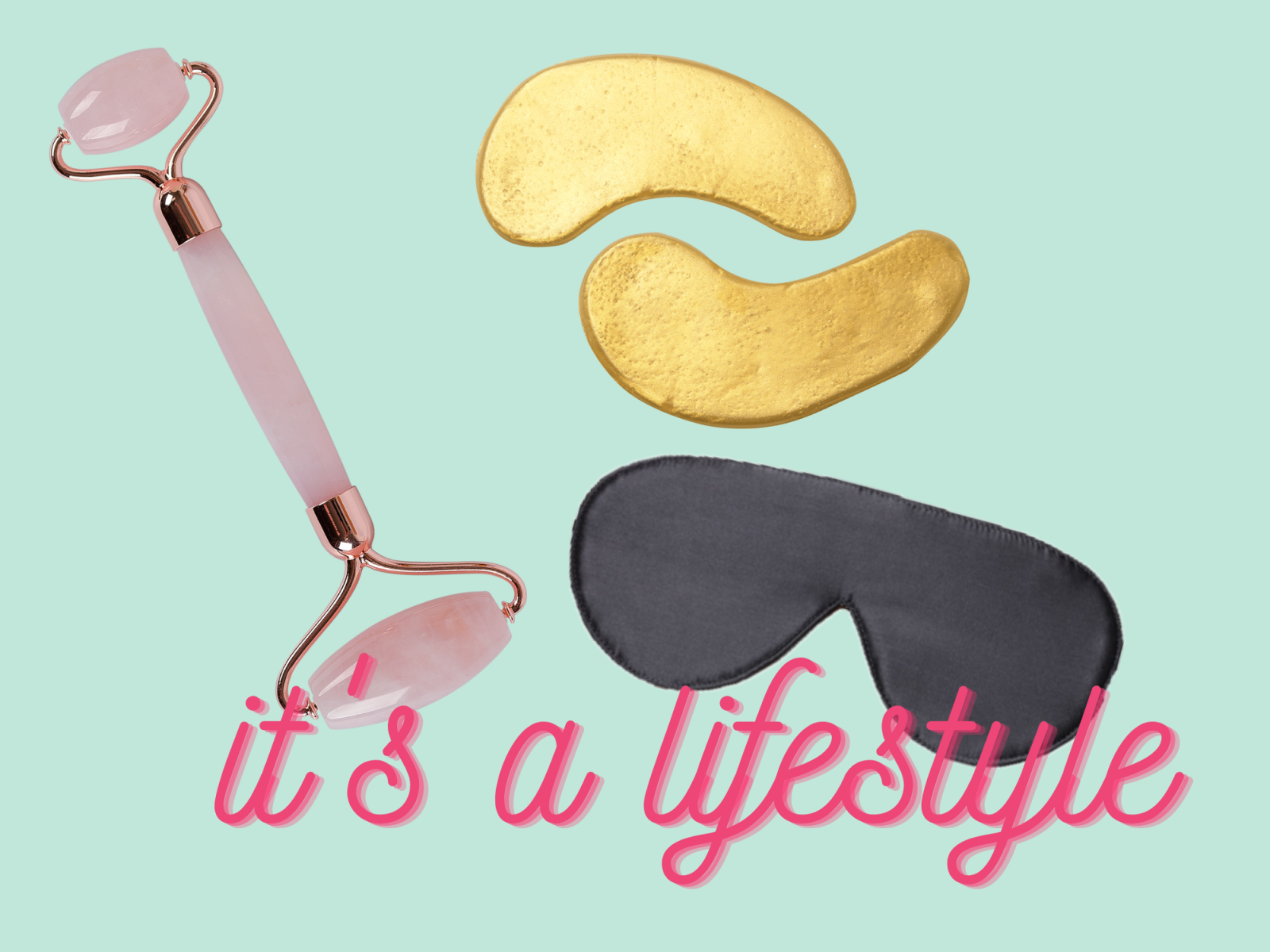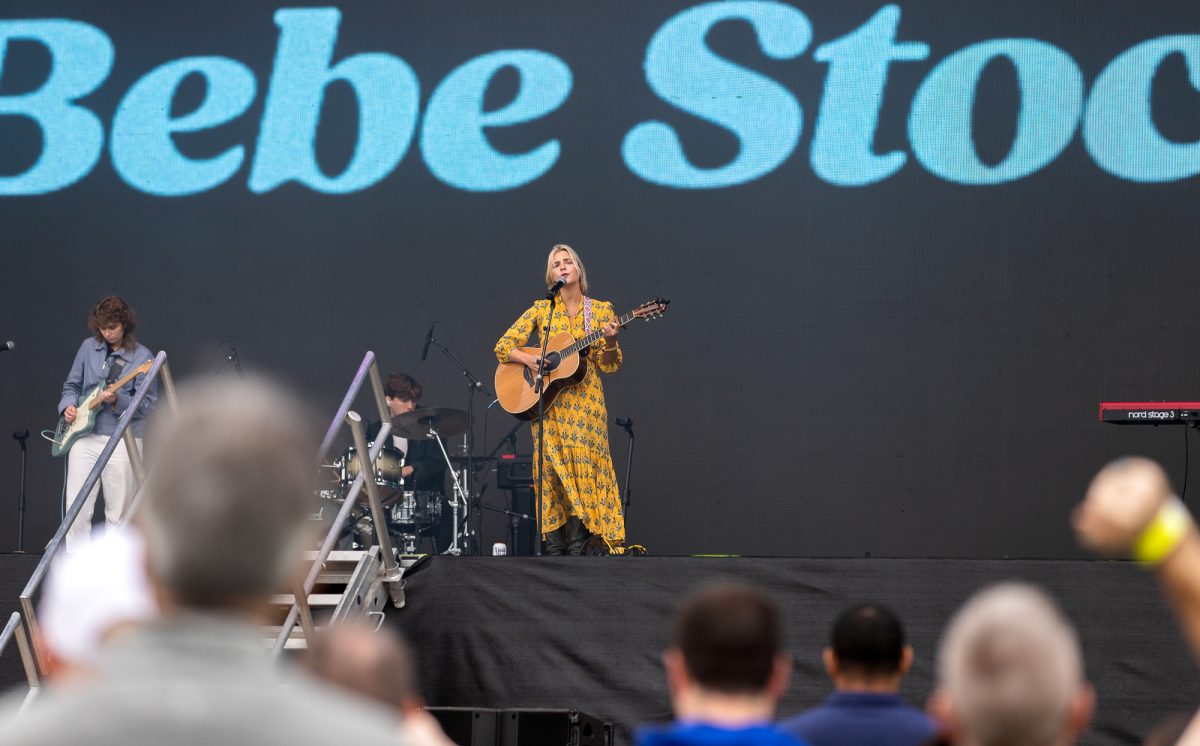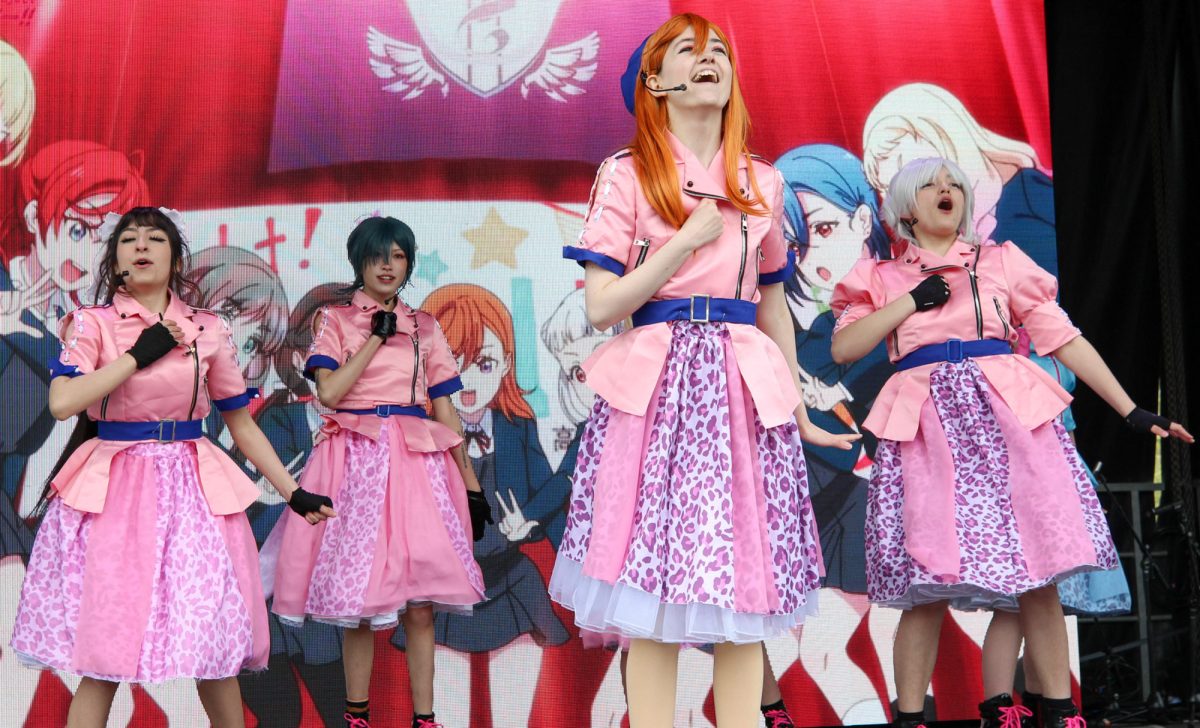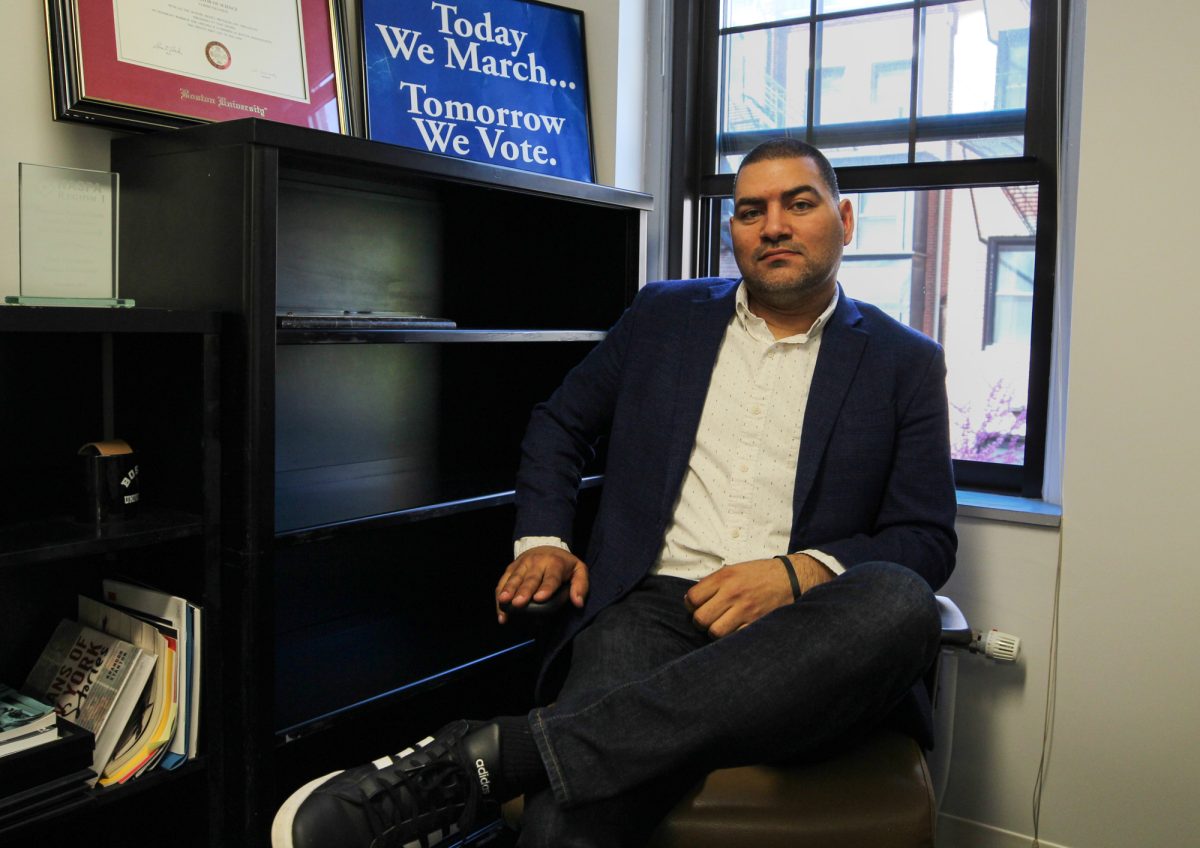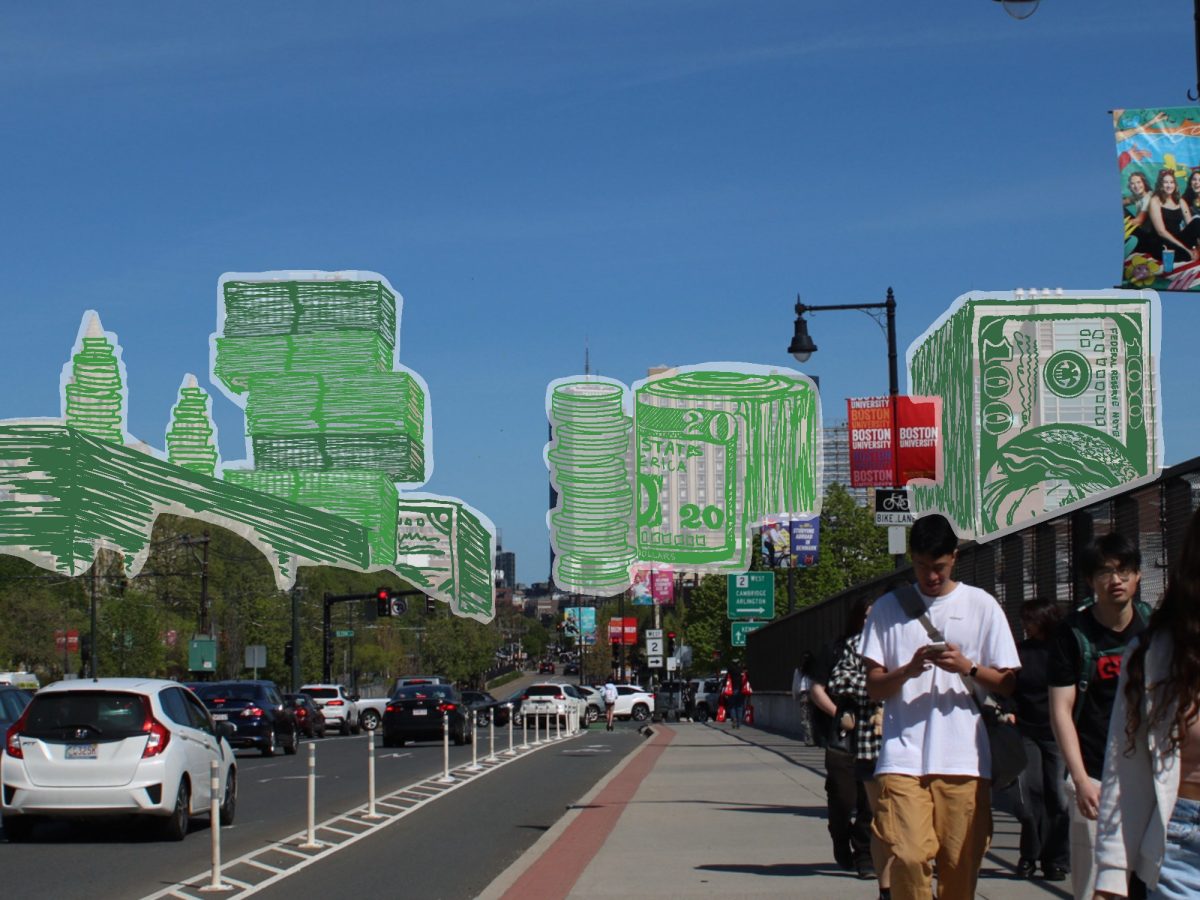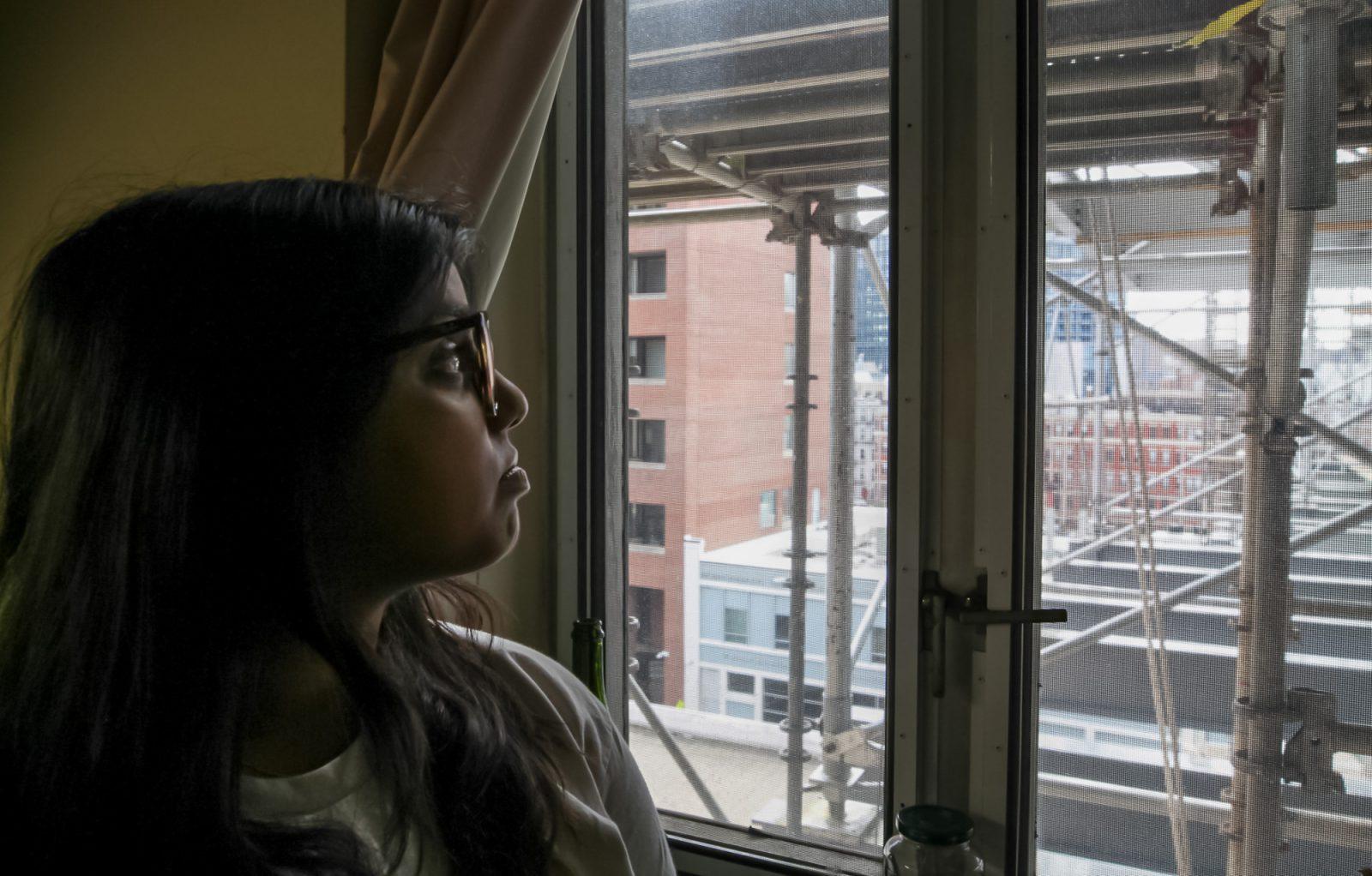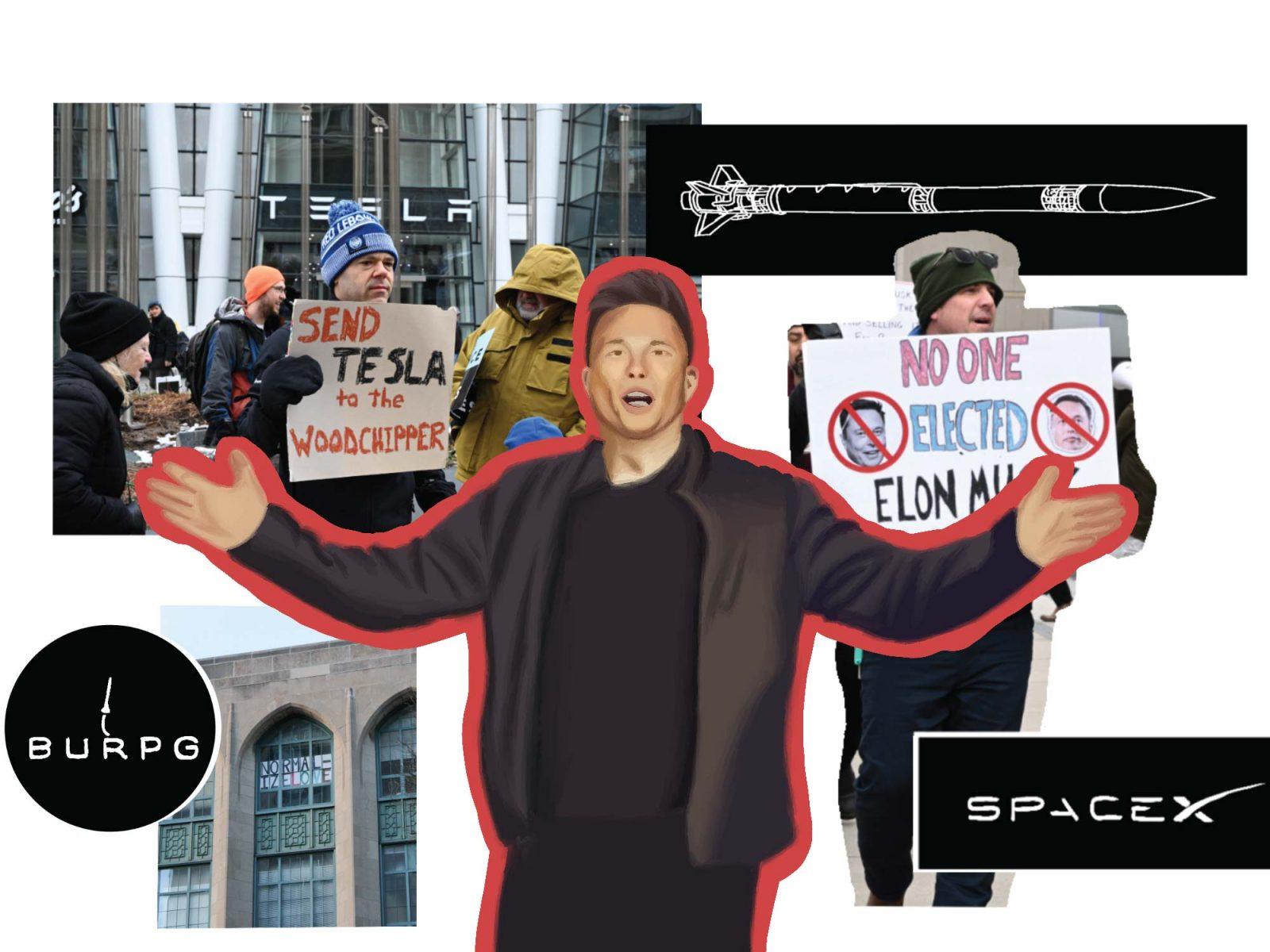Growing up in Singapore, Tom Pinchuk eagerly pored over any comic book he could get his hands on. He didn’t mind that the words were indistinguishable or the characters foreign — he couldn’t read yet, anyway — he simply loved the vivid illustrations. For Pinchuk, the South Asian island functioned as an international comic book outpost, home to a cosmopolitan array of graphic novels that provided a daily fix of British, French, Japanese and Chinese comics.
Though the artwork still appealed to him, the ability to read offered Pinchuk, a College of Communication senior majoring in film, a newfound appreciation for comics and soon he began to write his own adventures. But before he could fulfill his dream of publication he needed to improve his storylines.
“[My early comics] were awful,” he said. “They’re really painful to read now . . . I was writing some early, derivative stuff. It’s kind of embarrassing to go over now.”
Those early missteps paved the way for future success, however. In the past year, Pinchuk has had his series Ruin published by Alterna Comics and another, Hybrid Bastards, released through Archaia Studios.
TWISTED INSPIRATION
Much of Pinchuk’s humor rests in his willingness to smartly explore perverse subject matter, such as sexuality and death, without resorting to crude or offensive material.
In Ruin, a bored world ruler longs for a death match with an efficient killing machine — the book’s antihero, while Hybrid Bastards features a race of bizarre anthropomorphic appliances, violins and other devices that wreak havoc on Zeus’ condo. The strange species is conceived after Zeus’ wife punishes the philandering Greek god by compelling him to seek his earthly delights among inanimate objects.
The inspiration for Bastards lies in Classical myths, which present “ripe grounds for spoofing,” Pinchuk said.
“When I was in high school taking Latin class we got to read the uncensored version of the Greco-Roman myths, [which have] a lot of bizarre sexuality, like bestiality,” he said. “I remember one story where a woman has two different babies with two different fathers.”
He said he had read a more benign version of the myth of the Minotaur, which vaguely explained that the half-man, half-bull creature was “born of a family secret.” The original version, in which Midas offended the Gods who then placed a curse on his daughter to make her fall in love with the castle bull, proved more provocative, piquing his interest and helping spawn some ideas, he said.
Pinchuk said he derives further inspiration from quiet, introspective thinking or analysis of contemporary social issues.
“[I discover ideas while] walking in the woods alone, pondering [and] daydreaming,” he said. “It’s also good to be pondering any ideas from the real world, real issues and real fields instead of other stories.”
COLLABORATING TO COMIC COMPLETION
Penning narratives is just one phase of comic book making. To arrive at a final product and avoid past disappointments, Pinchuk requires the help of artists Mike Gallagher and Kate Glasheen to bring imagery to his ideas.
“I had a book picked up when I was freshman and I was set to be published,” he said.”But we went all the way through, got 60 percent done and then the artist lost interest. I was left with this project we were doing for two years and I couldn’t do anything with it.”
While the Internet has played a key role in finding reliable, talented artists, Pinchuk said one partner could be found in old family photo albums.
A few years ago, Pinchuk’s mother told him his godfather’s daughter, Kate Glasheen, was also a big comic book fan. After the two exchanged emails casually discussing common interests and comic favorites, they began to trade ideas and then planned to collaborate.
Glasheen, a 2004 graduate of Brooklyn’s Pratt University, said she was eager to work with Pinchuk after realizing he “wasn’t a flake.”
“After talking to him for a while [I realized] he had all the qualities lacking in a lot of other projects,” she said. “He held up his part of the deal.
“He told me he had had similar problems and I could tell working with Tom that he would be really responsible,” she continued. “In addition to drawing the comic, it wouldn’t be another job to get the writer to do the comic . . . if he said he was going to do it, it was going to happen.”
Pinchuk said he plays an active role designing each panel, often sketching his complicated ideas and sending them to the artists.
“I’ll come in with an idea and they’ll come in with a different take,” he said. “Usually we come to some agreement in the end. Sometimes you get nitpicky about finer strokes of the comic and fret over it but then the comic will come out months later and you’ll forget about it. That’s the exciting part of collaborations.”
Despite any minor squabbles, Glasheen said the two have an easygoing working relationship she hopes to continue.
“Tom is Wonder Boy,” she said. “He can multitask. While he was writing the book he handled all the business aspect and made sure all the deadlines were cleared. He has such an organized mind that he can write these awesome stories while handling the business end.”
THE ULTIMATE REWARD
In addition to maintaining a high grade point average, finding friends and resisting the notorious freshman 15, Pinchuk arrived at school with the ambitious goal of achieving publication by graduation.
After combining a brief synopsis with six pages of fully produced artwork, Pinchuk hit the convention circuit, pitching his idea for Hybrid Bastards and distributing his paperwork to various company heads at Wizard World Chicago, one of the nation’s biggest comic conventions. Eventually Archaia Studios showed interest in the story and agreed to publish it.
Finding a patron for Ruin was easier. Pinchuk knew Peter Simetti, his acquaintance and colleague on another project, was starting his own comic book company, Alterna Comics, and sent him materials he had compiled.
Simetti, Alterna’s president and publisher, said he was immediately impressed by Pinchuk’s talent and demeanor.
“I thought he was a pretty good writer, especially given his age,” Simetti said. “But on top of that, I just thought he conducted himself very professionally.”
If his writing ability continues to improve and he delves deeper into concepts, Simetti said he believes Pinchuk will have a bright future.
“Tom has some variety to his writing, a versatility that will help him as he continues his writing work,” he said. “I think he’s got a knack for scene description and dialog.”
Pinchuk said he has received “pretty good profits” from Ruin, receiving his first check three months after the book’s publication. He earns 60 percent of his stories’ net profits, an amount he welcomes over the risk of self publication.
“I thought about self-printing,” he said. “But [then] you’d drop $2,000 on 1,000 copies and you don’t know if you’ll sell them all. [My goal] was not to be $2,000 in the red thinking about how to pick it up.”
KAPOW! BAM! SPLAT!
Debunking the Simpsons’ Comic Book Guy stereotype of graphic novel enthusiasts as unfit, inactive geeks, the brawny Pinchuk practices jujitsu and lifts weights daily.
Before he gets to work on his next comic book, he said he wants to pursue a goal that he has harbored as long as his love for comics.
“There has been an American Gladiator lurking inside me my whole life,” he said. “This is something I have to do.”
Though the film major plans to create a thorough Gladiators audition tape, he said he has no plans to adapt any of his comics to the silver screen.
“I really think because I’ve worked in other media, the story needs to take advantage of the medium,” he said. “These I specifically designed to take advantage of comic books’ strengths, things you could only do in comics.”
Still, there is always the possibility of a comic-inspired screenplay, he said.
“So many blockbuster movies are based on [comics] but when you say comics, [people] say, ‘Oh, they’re still out there?'”

